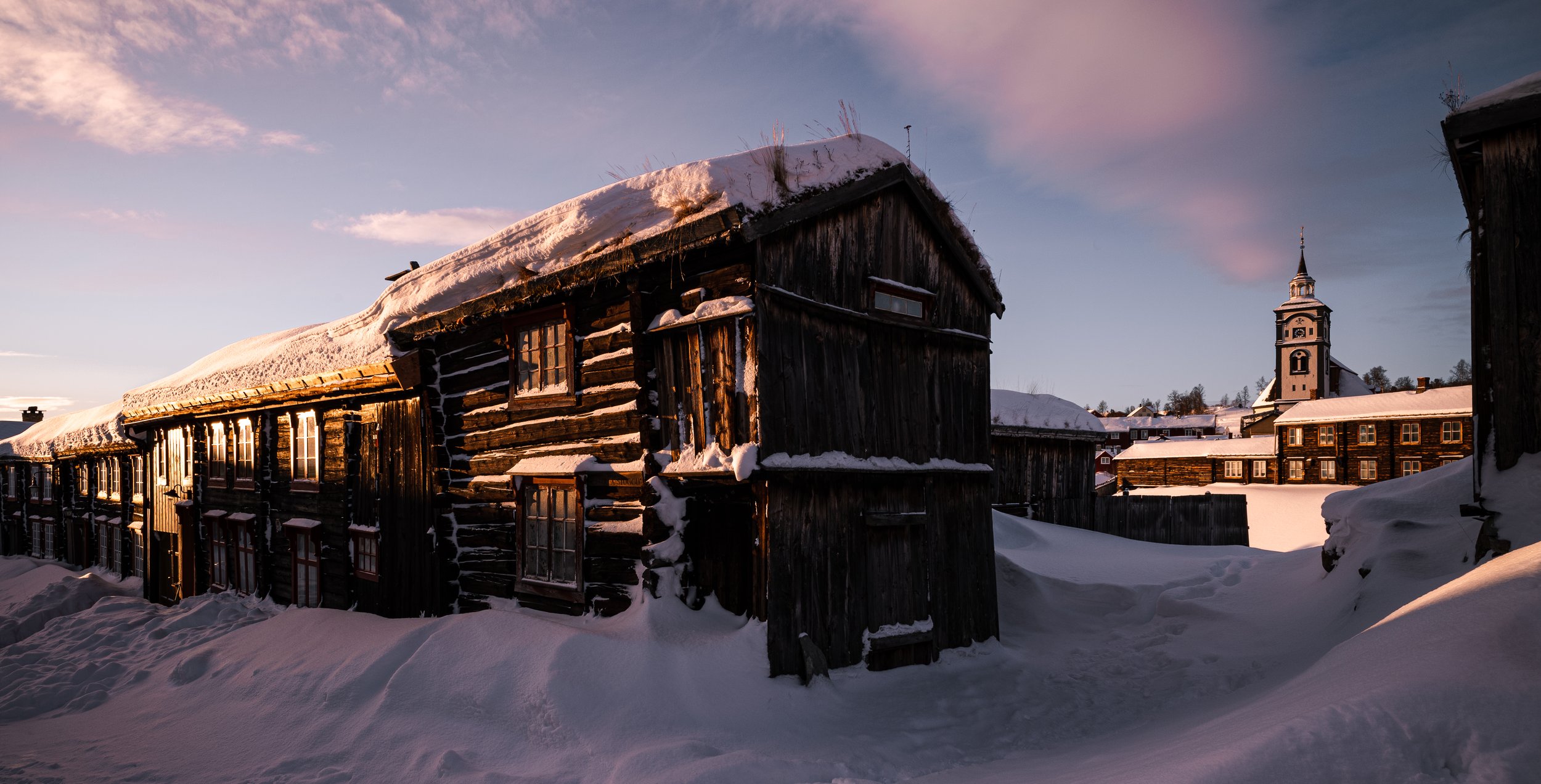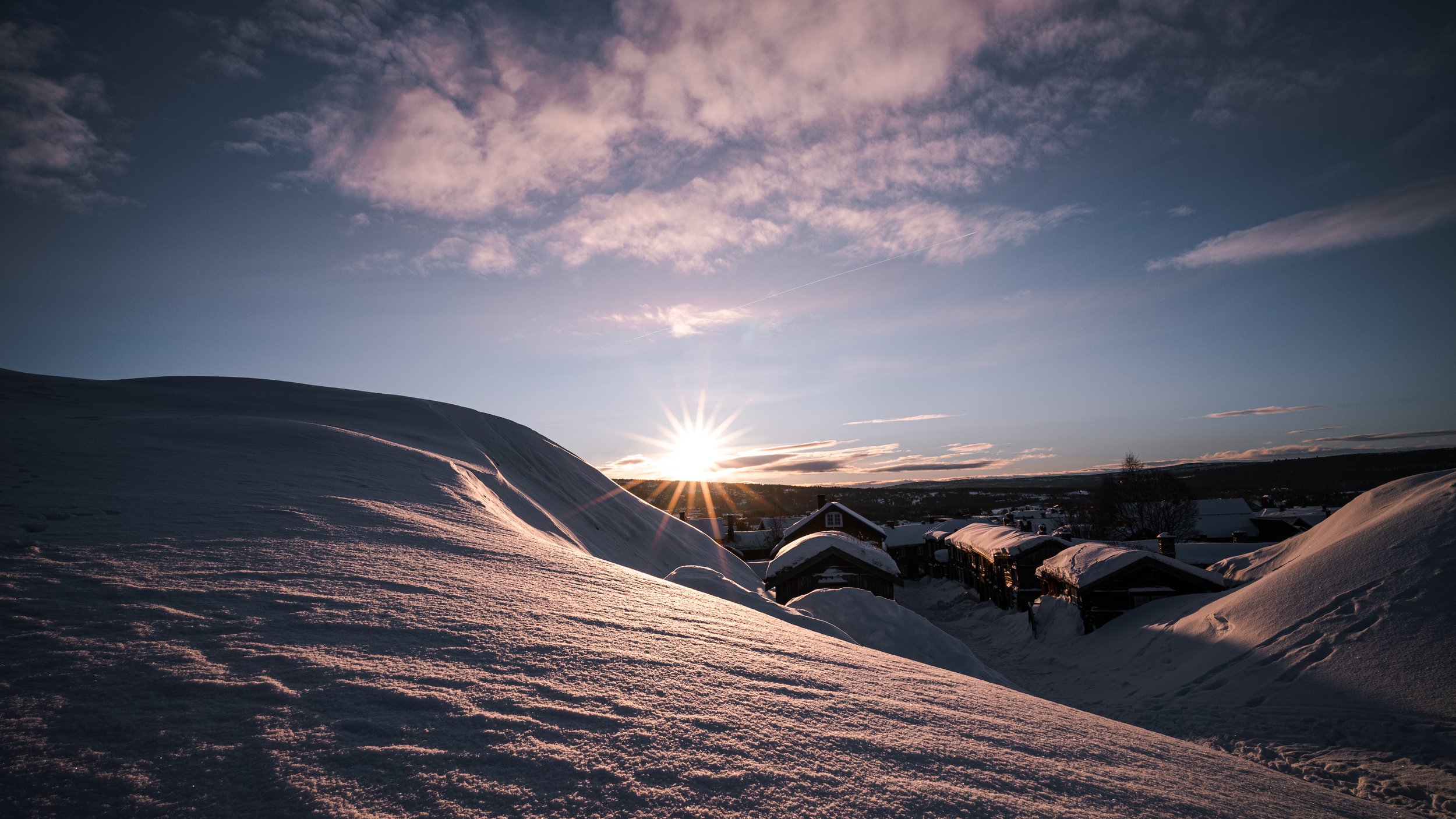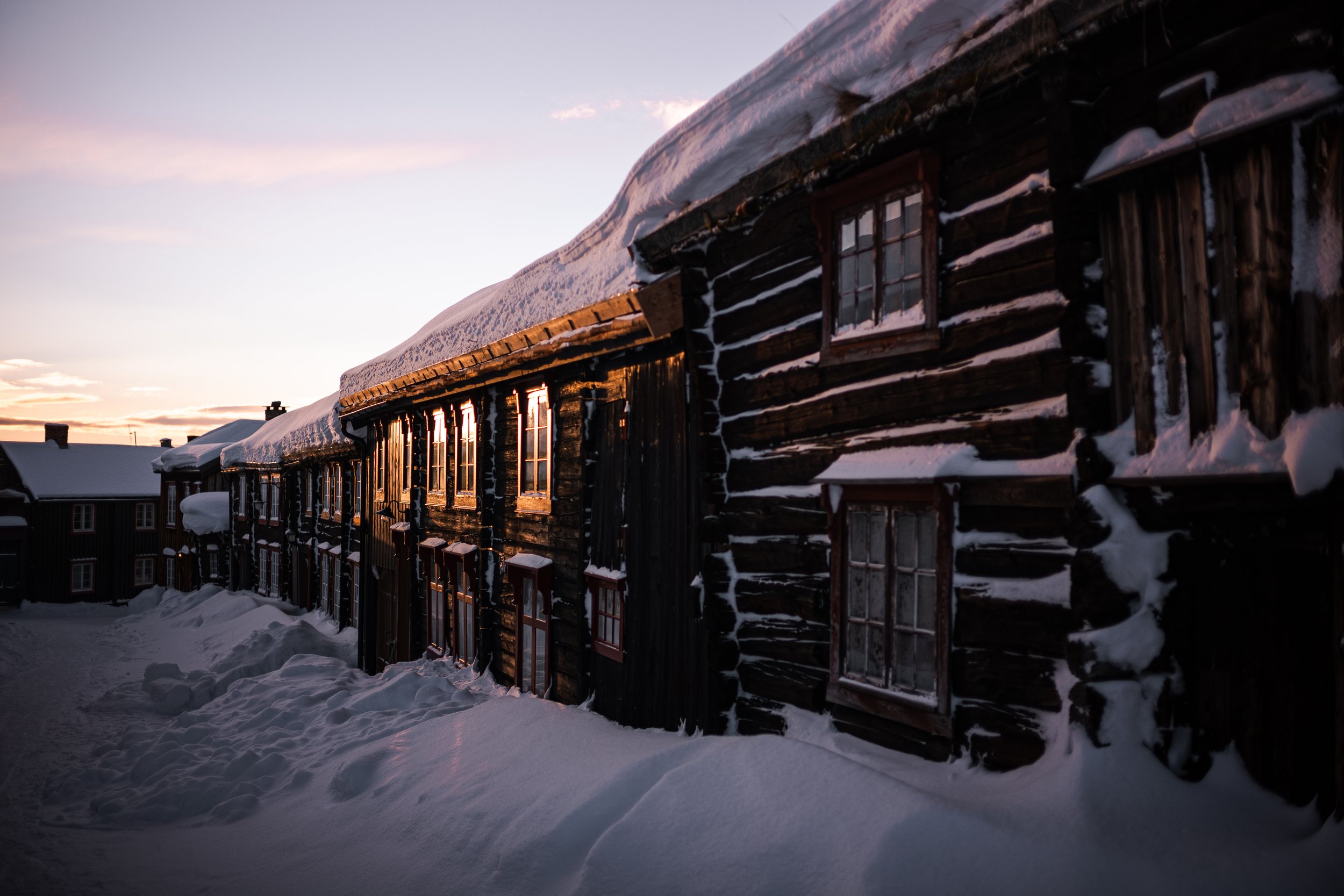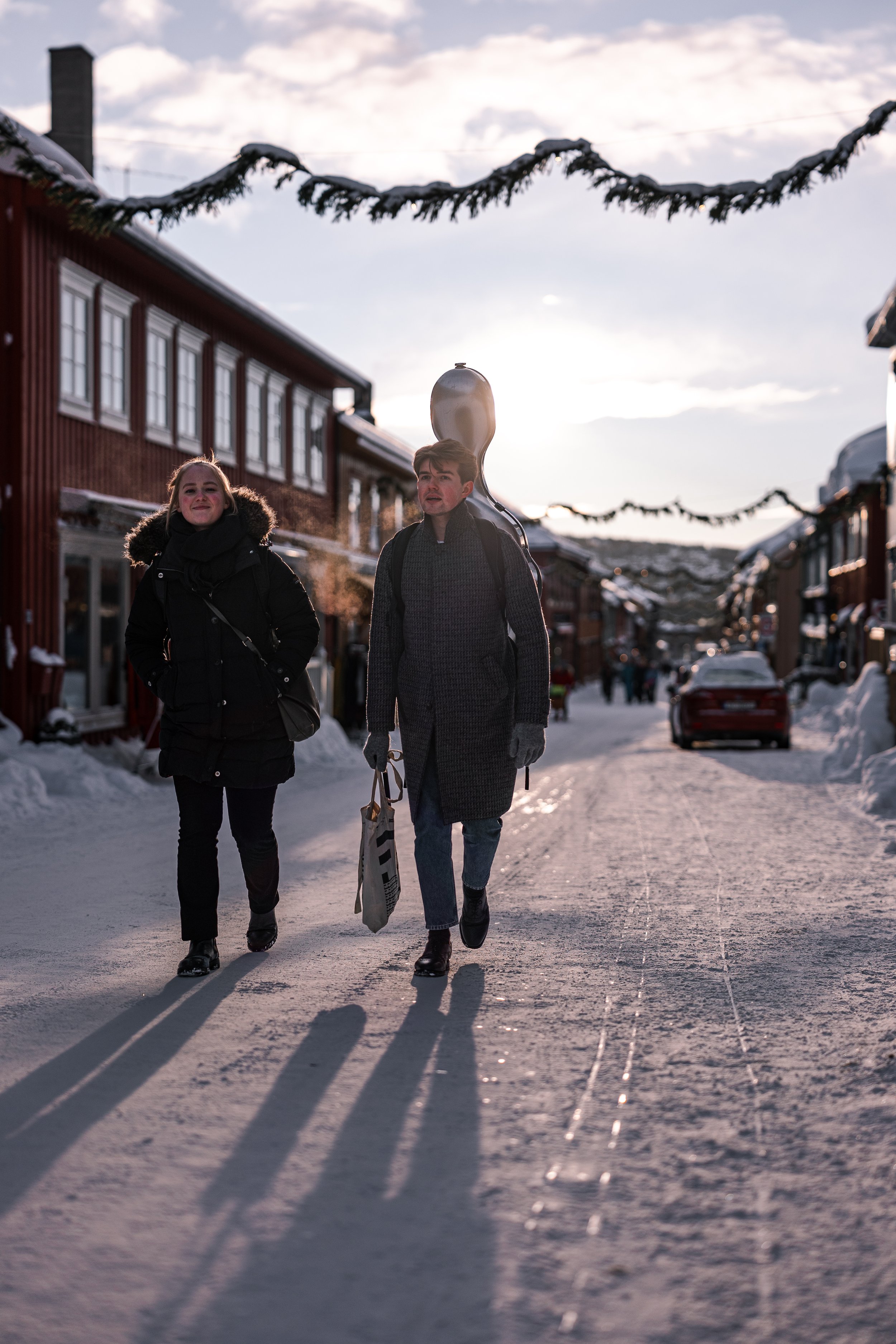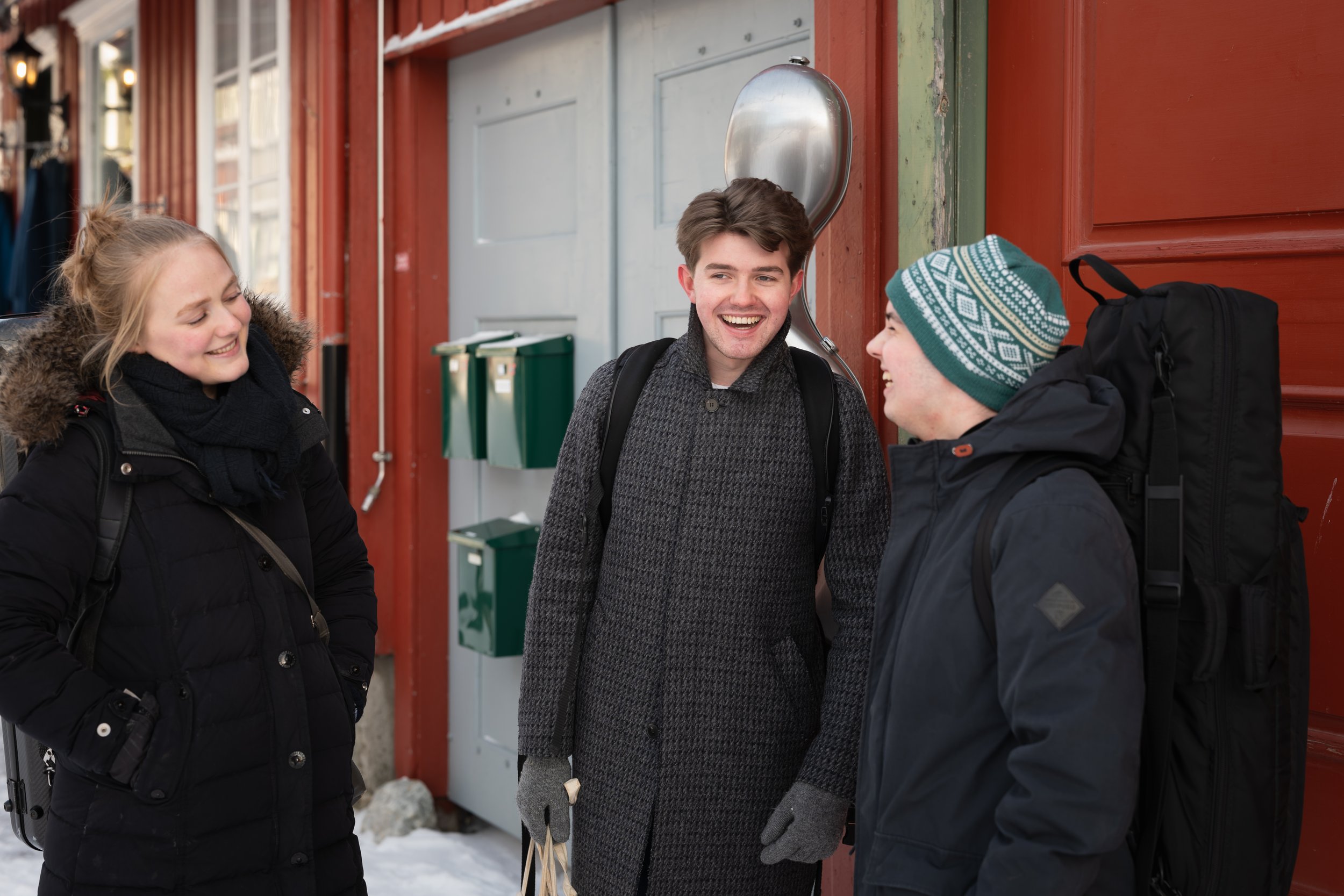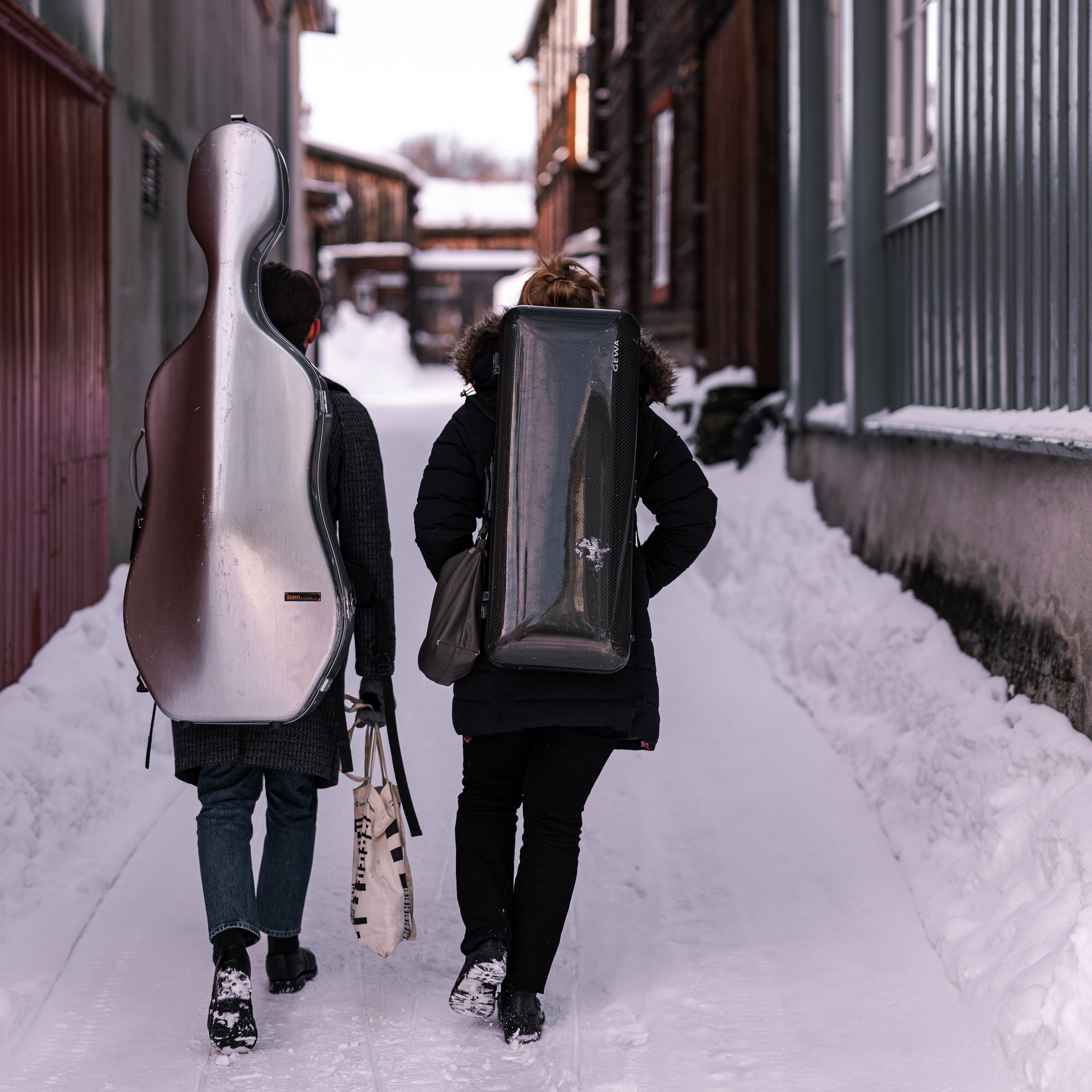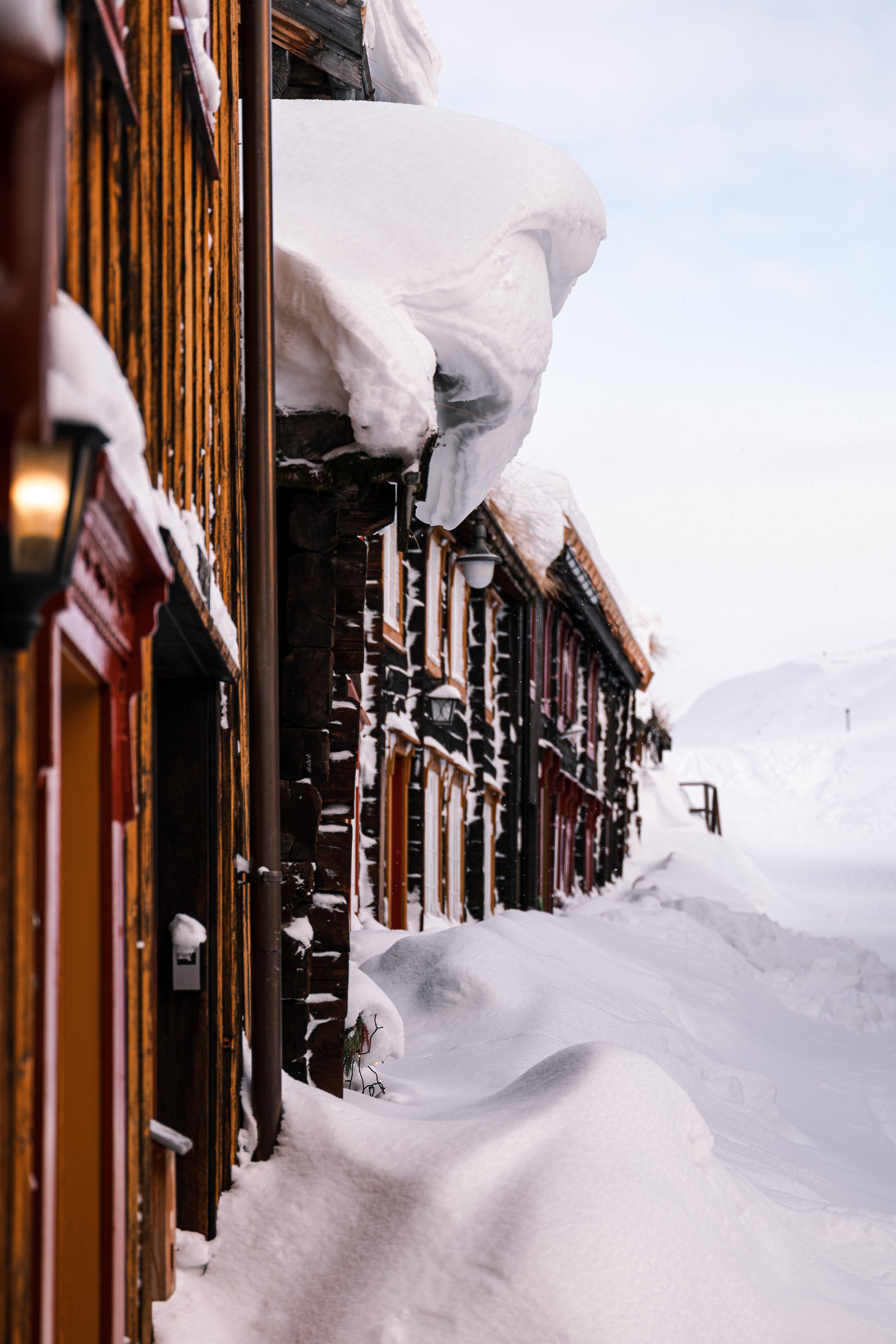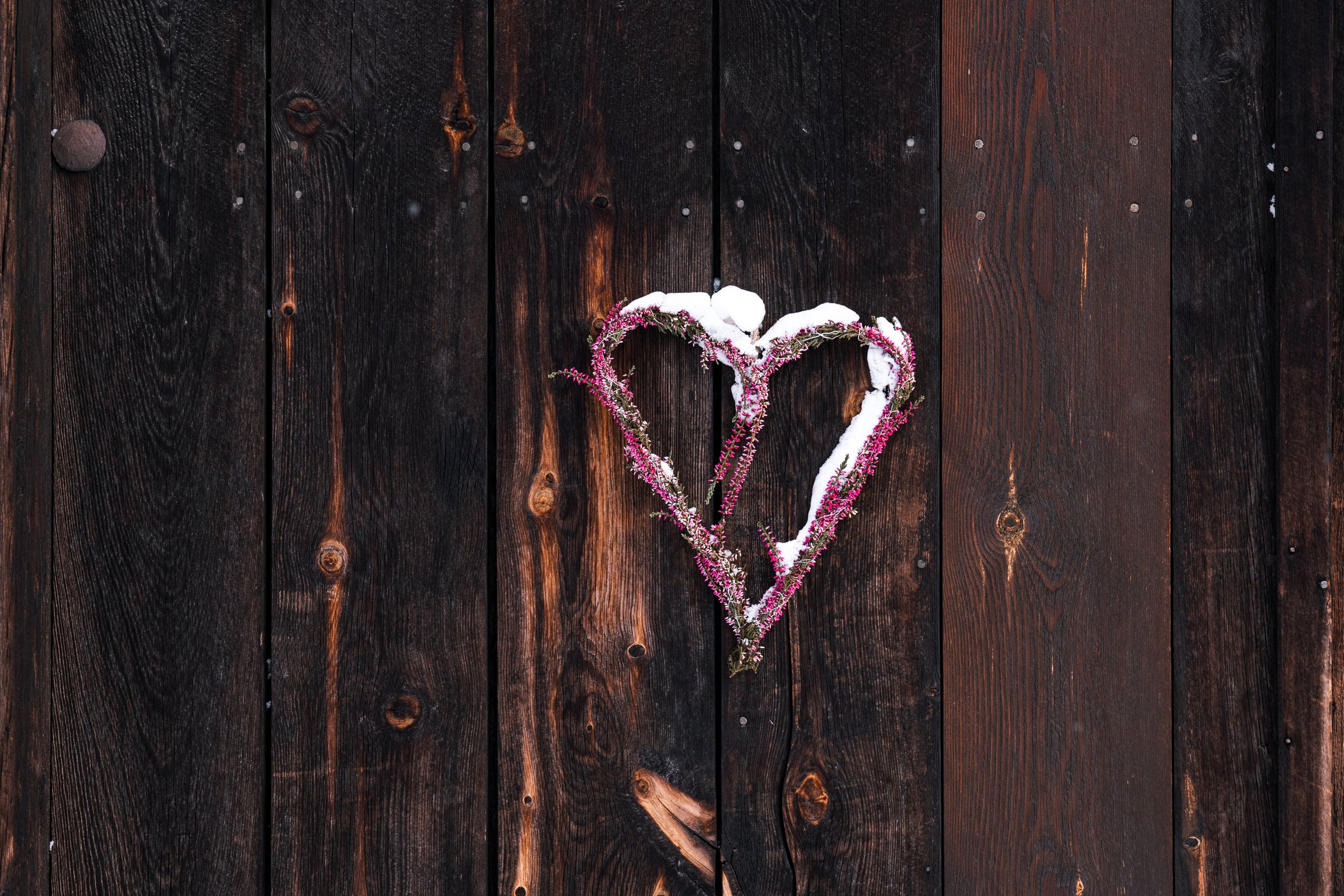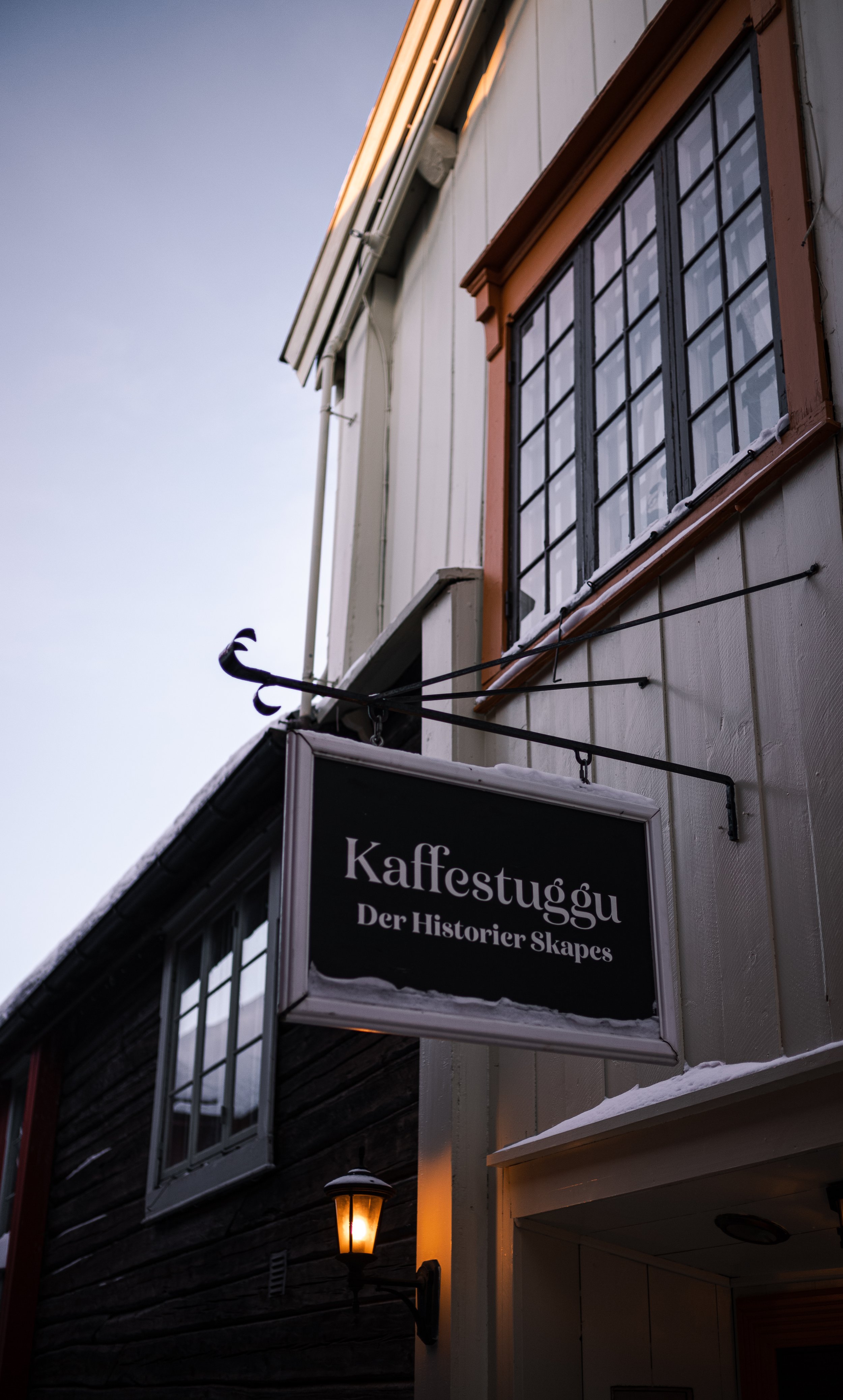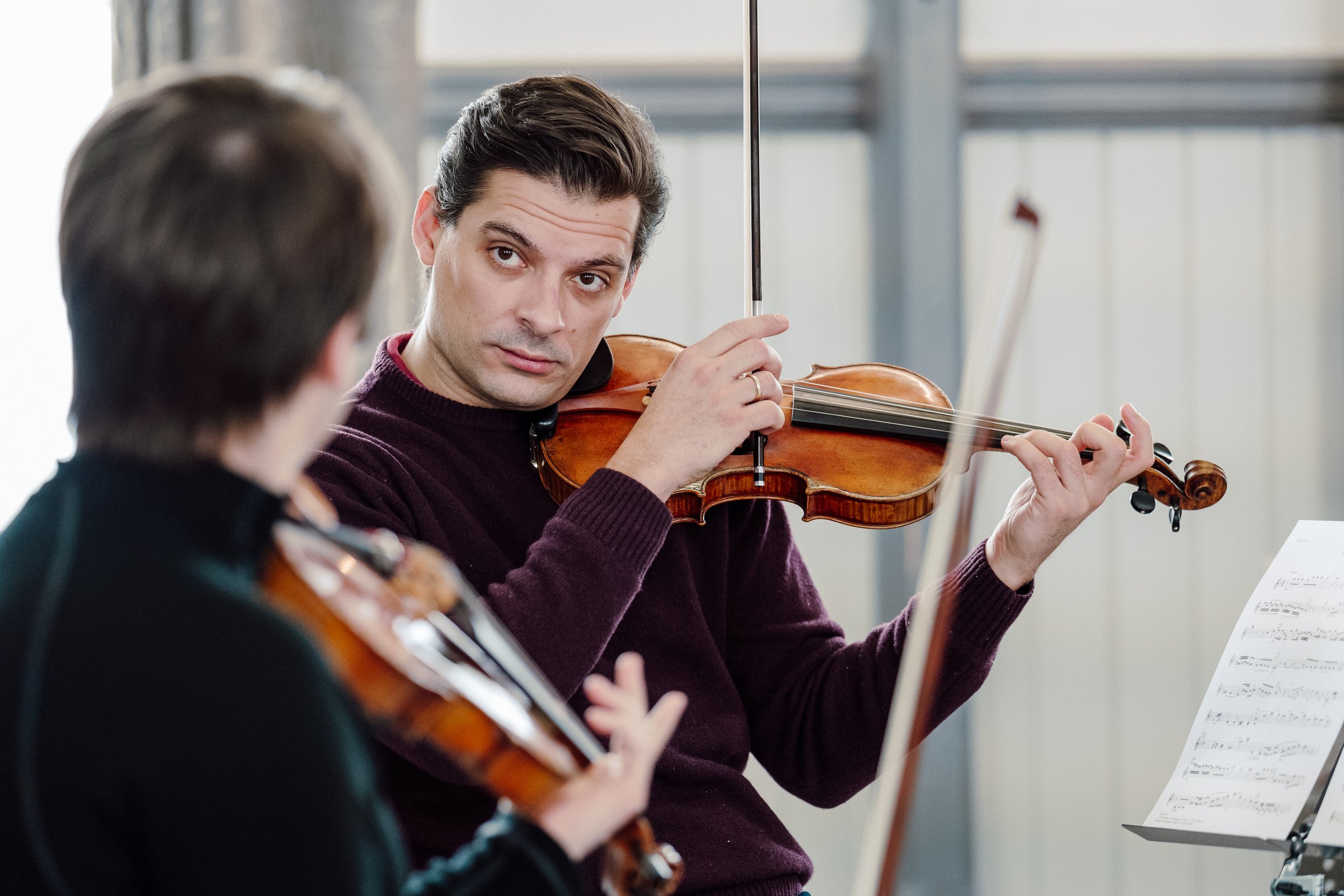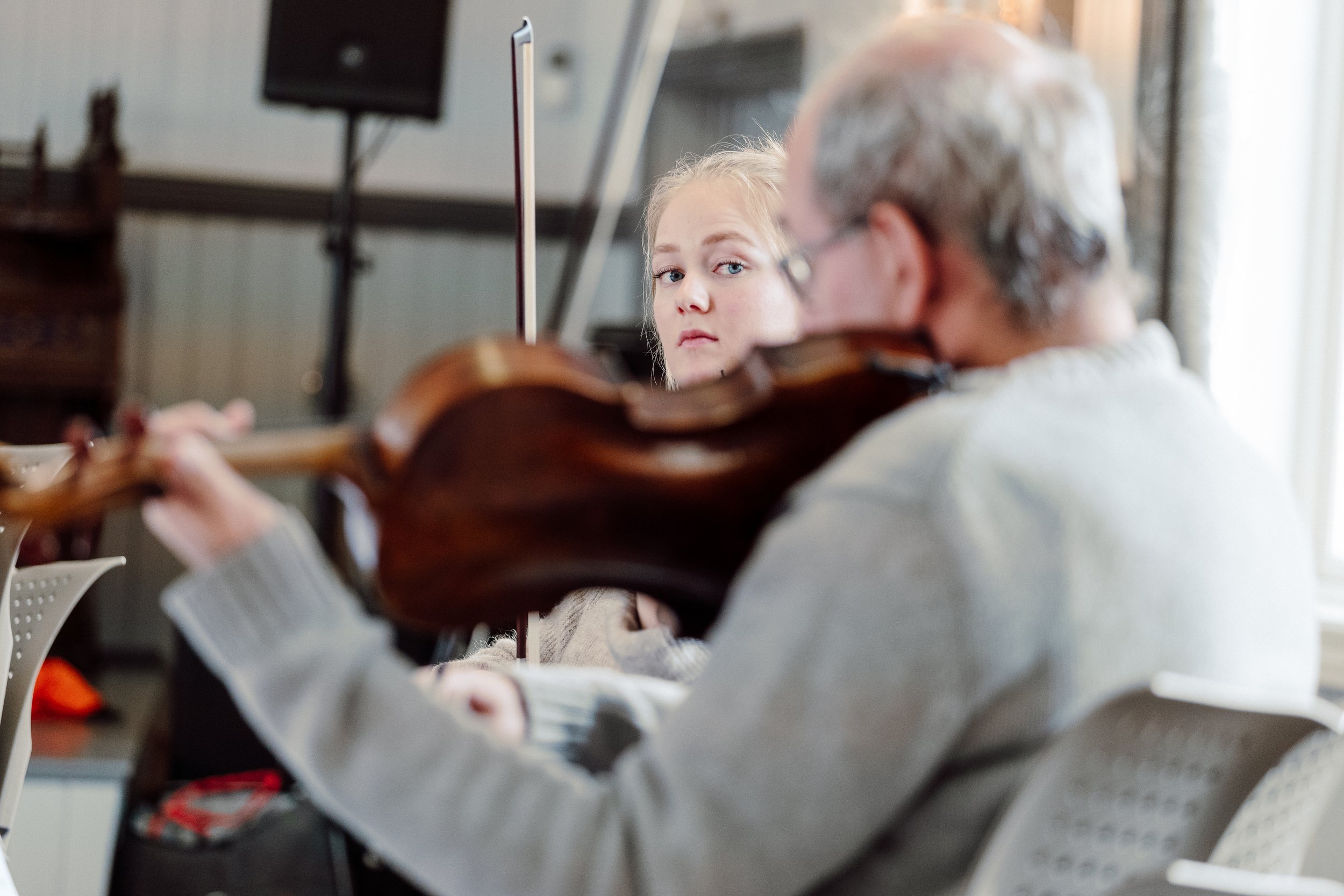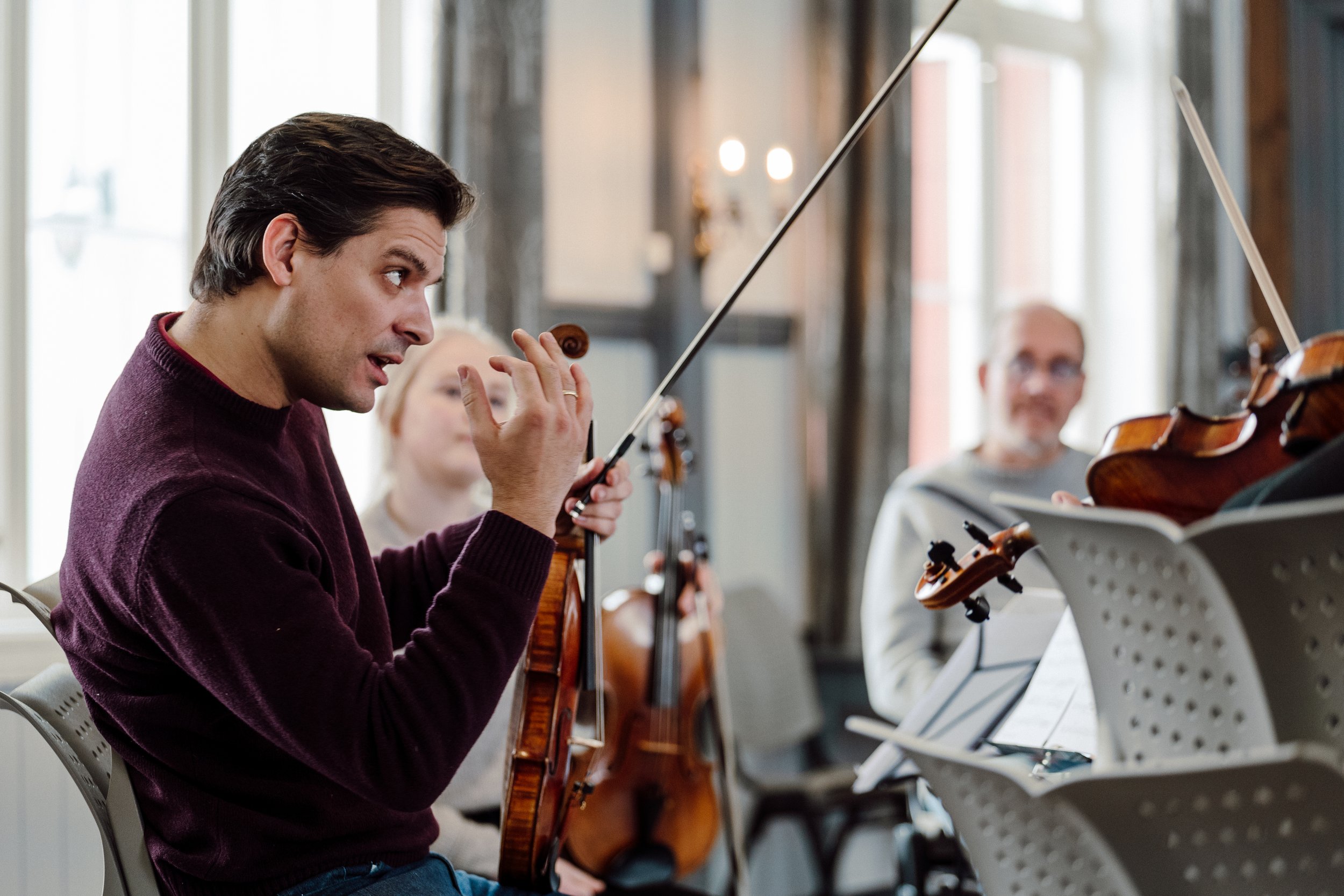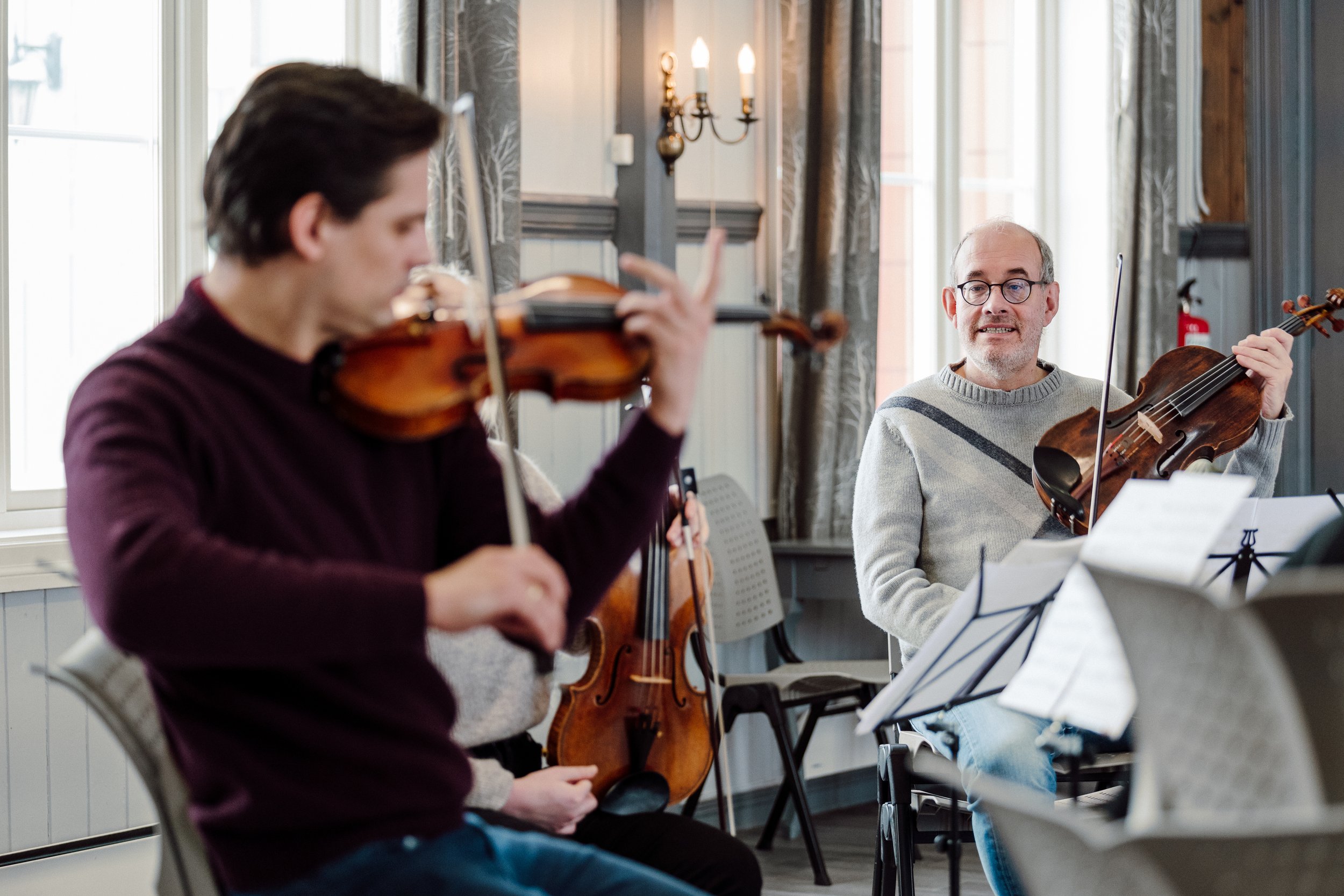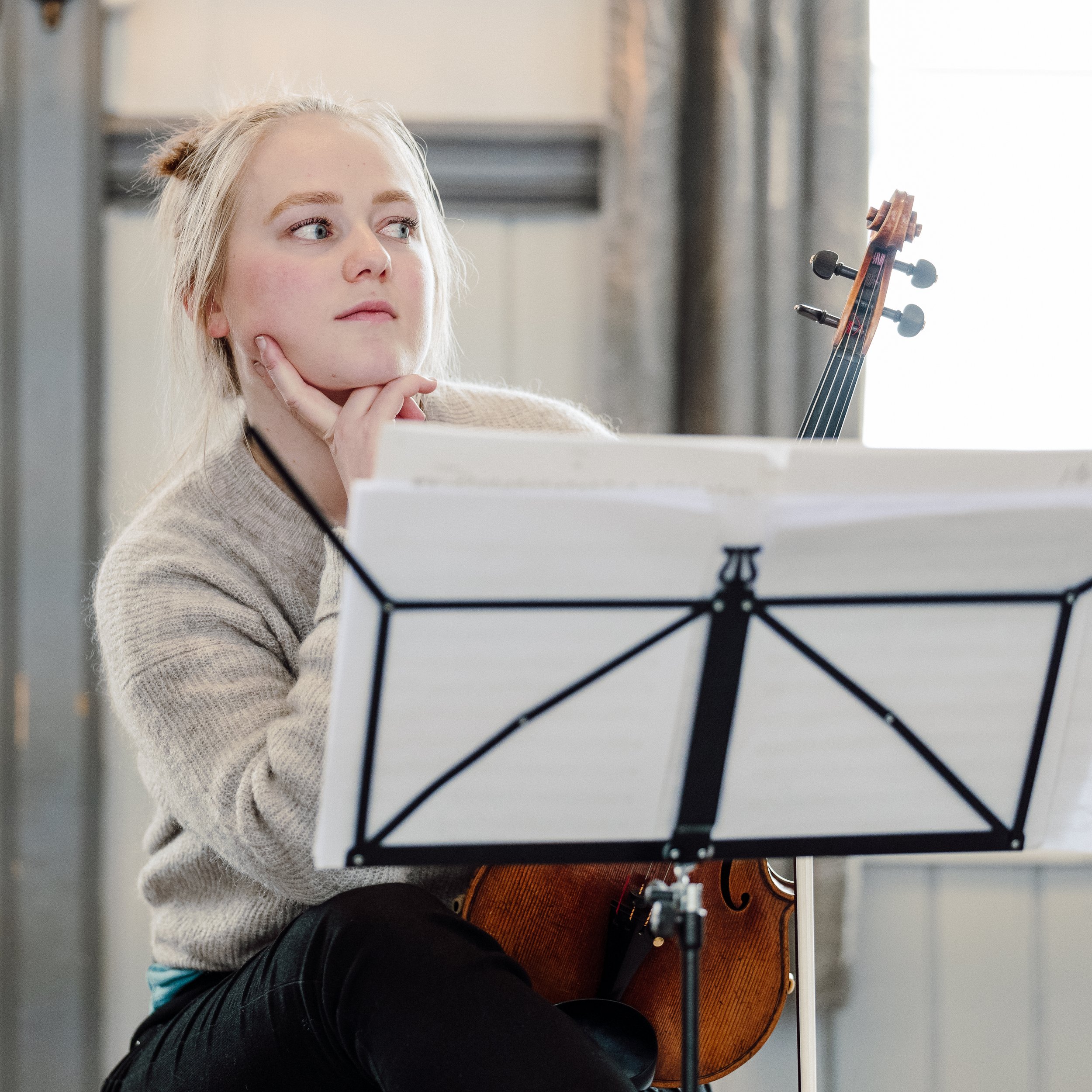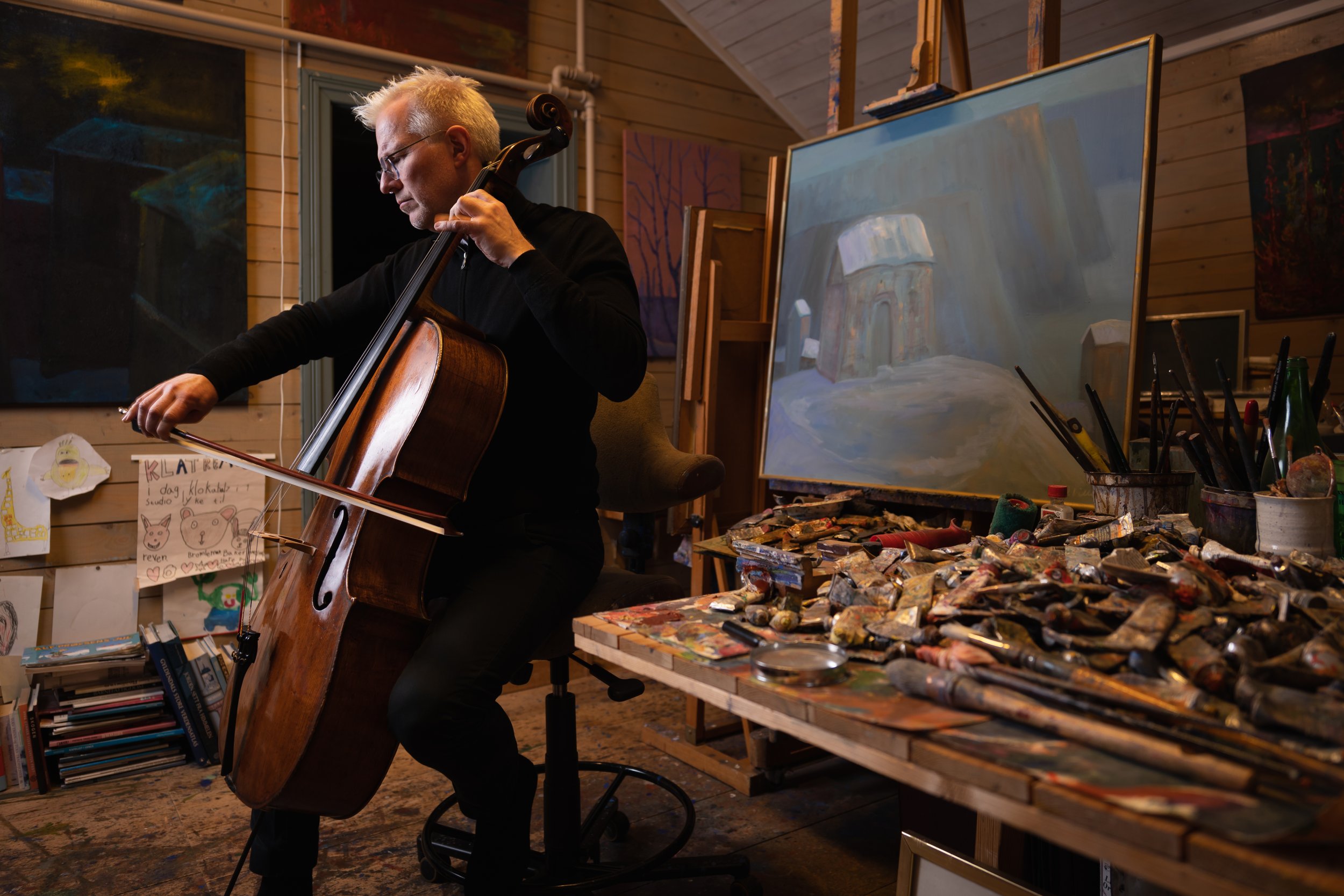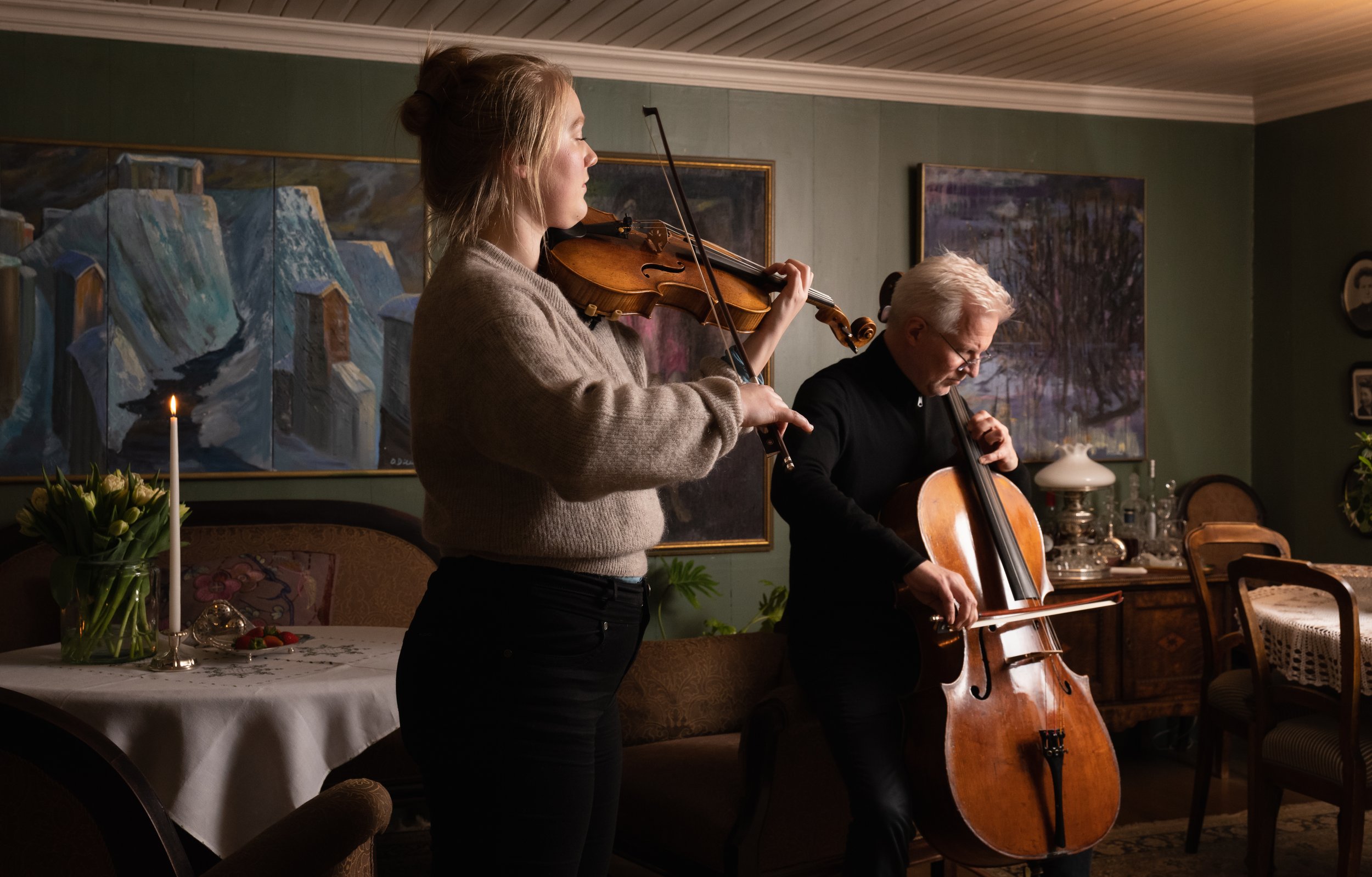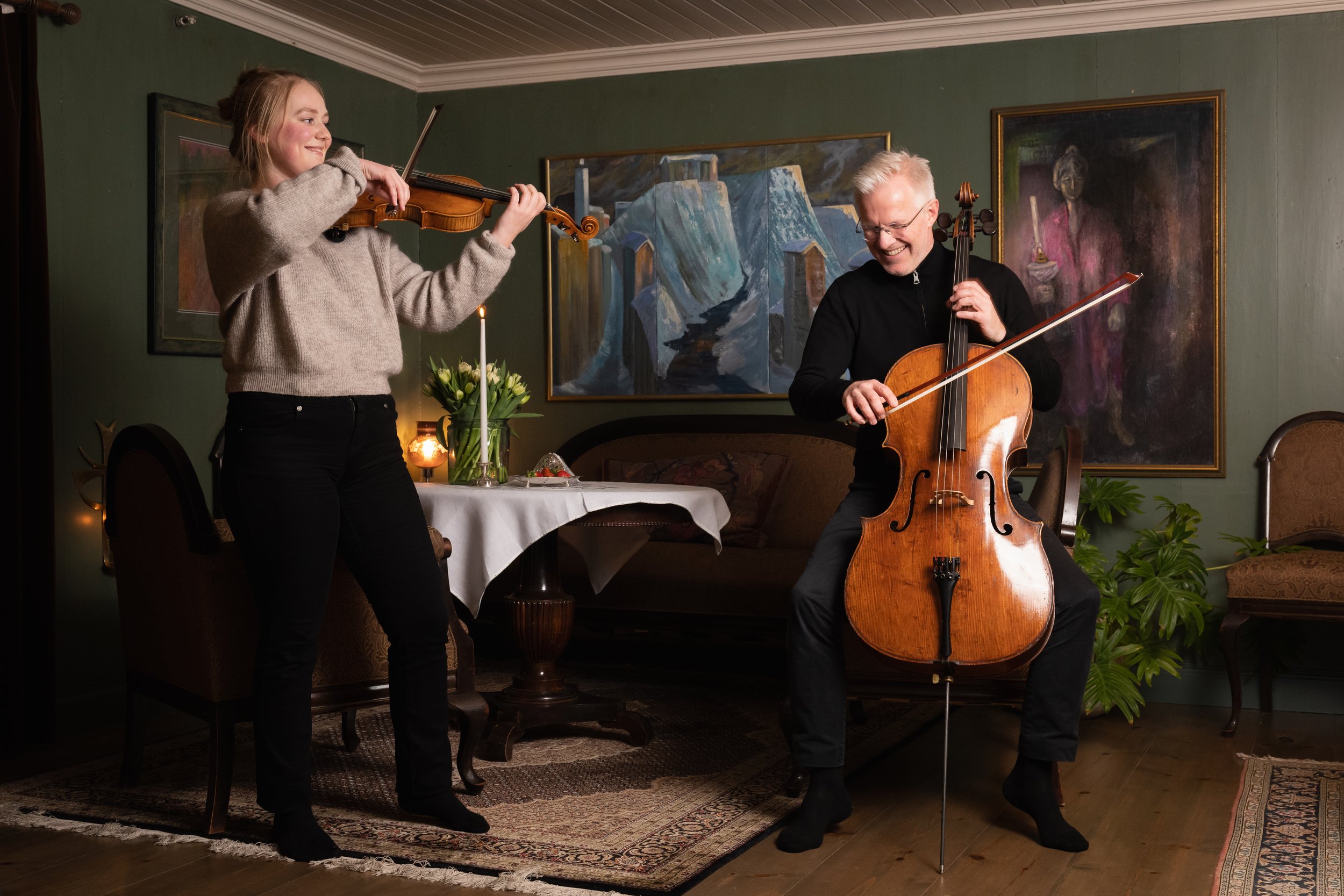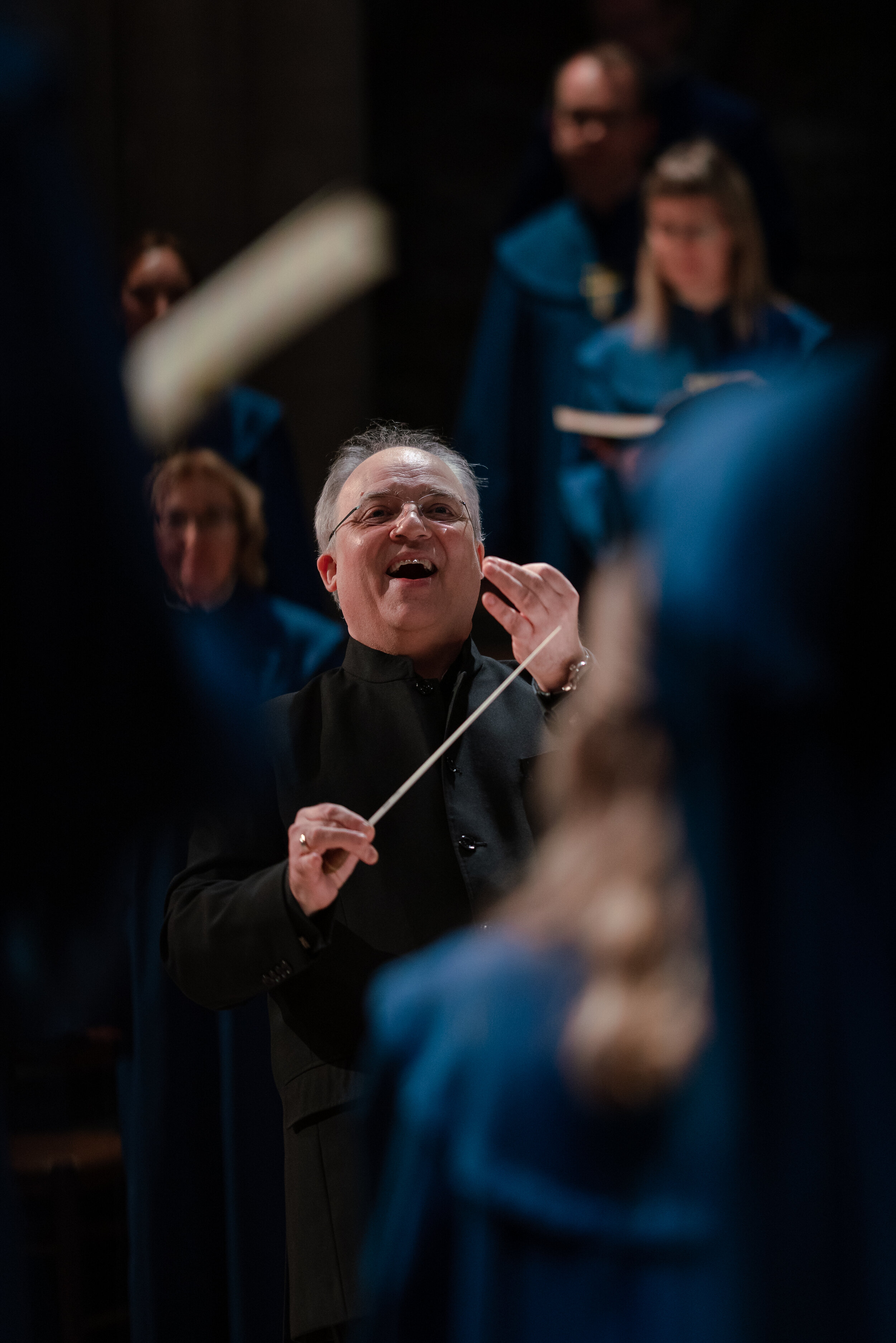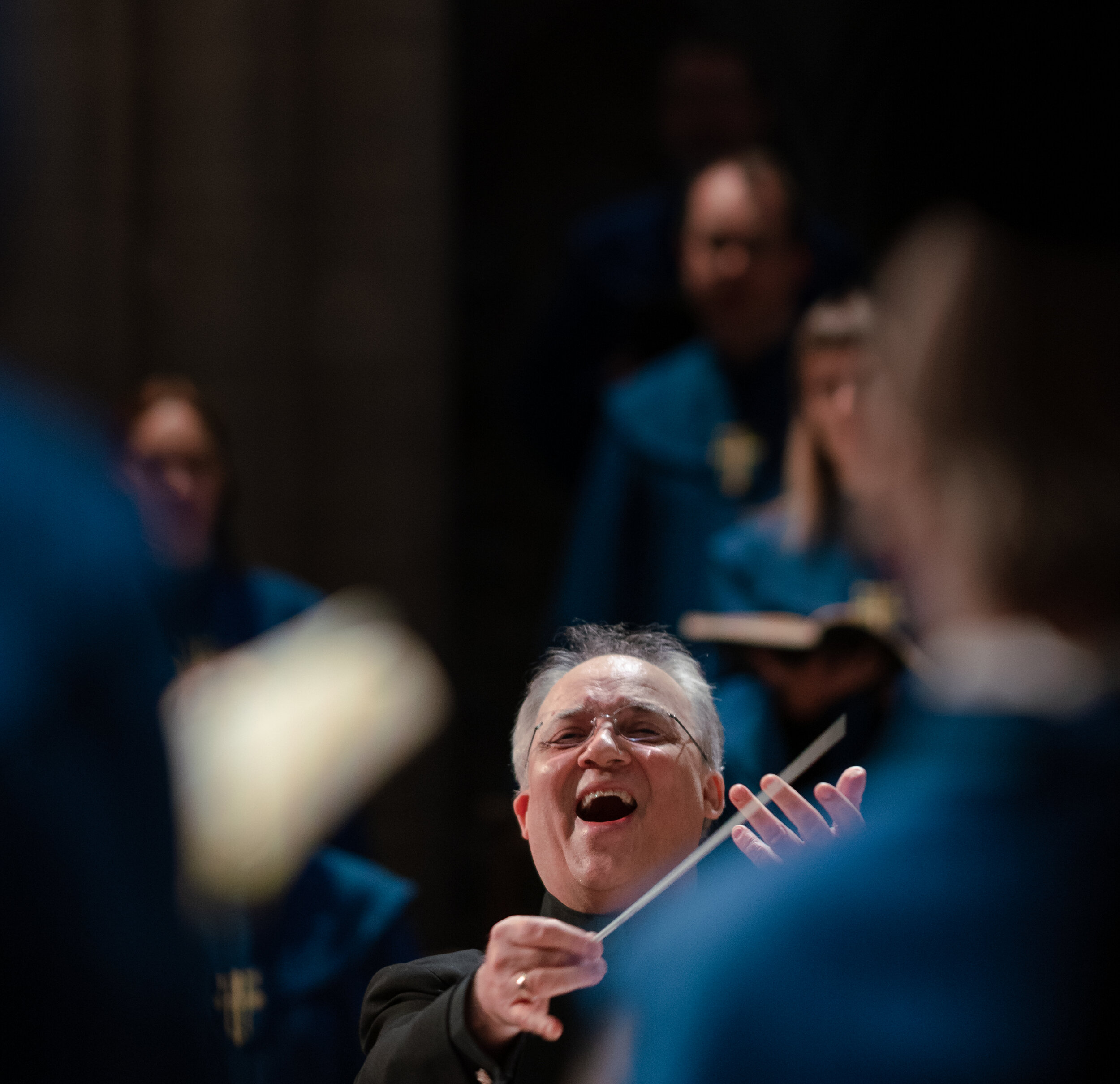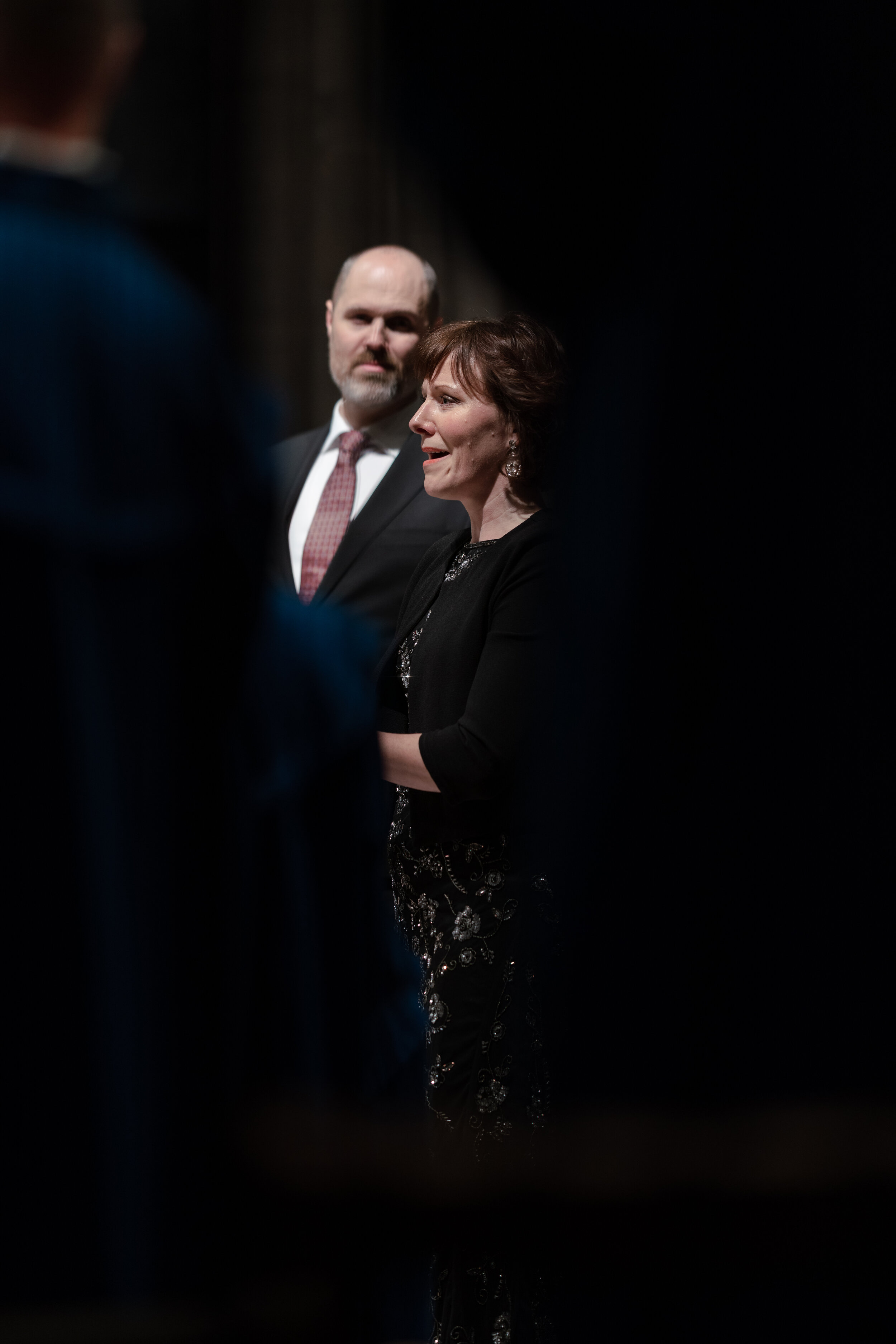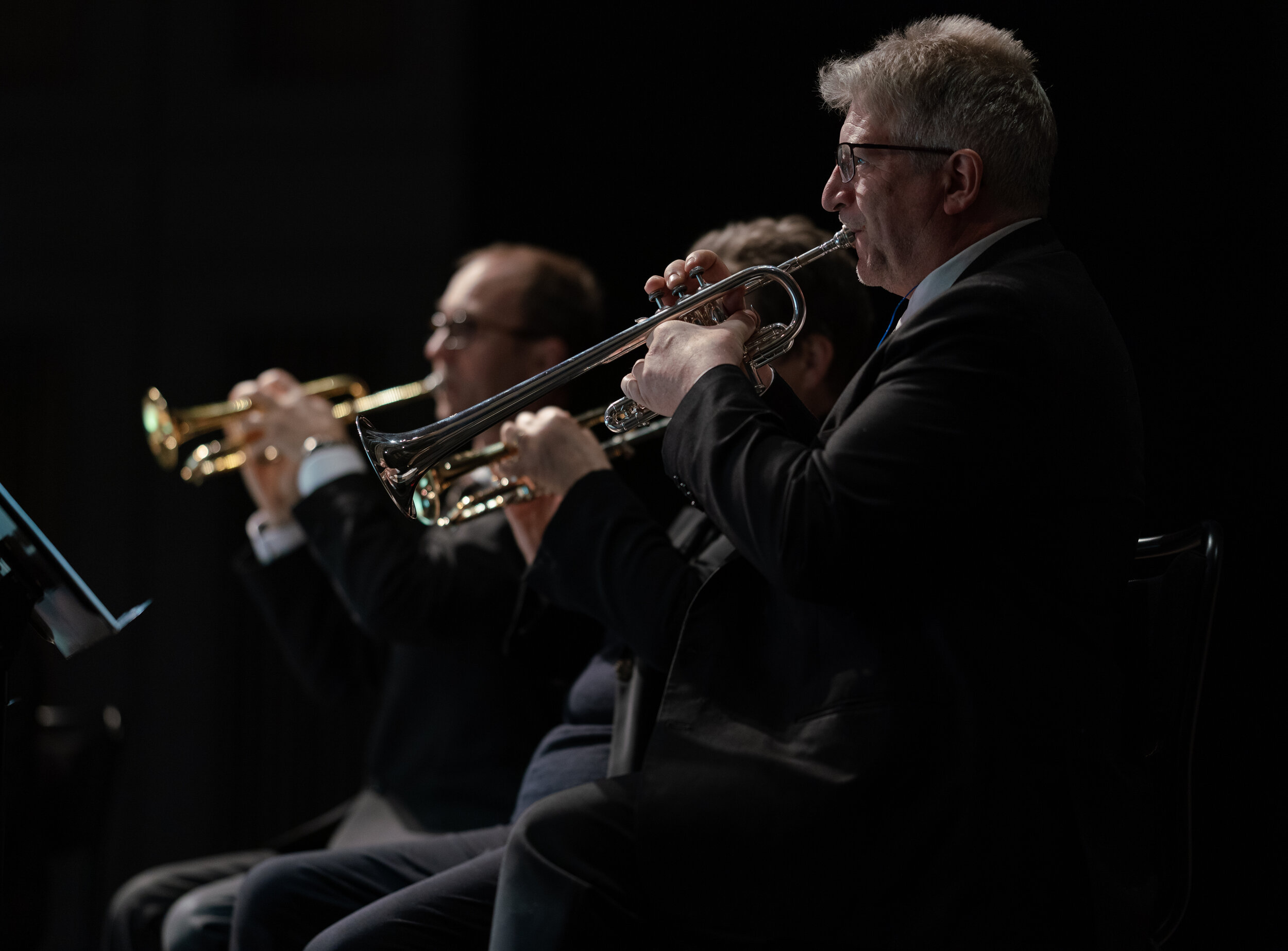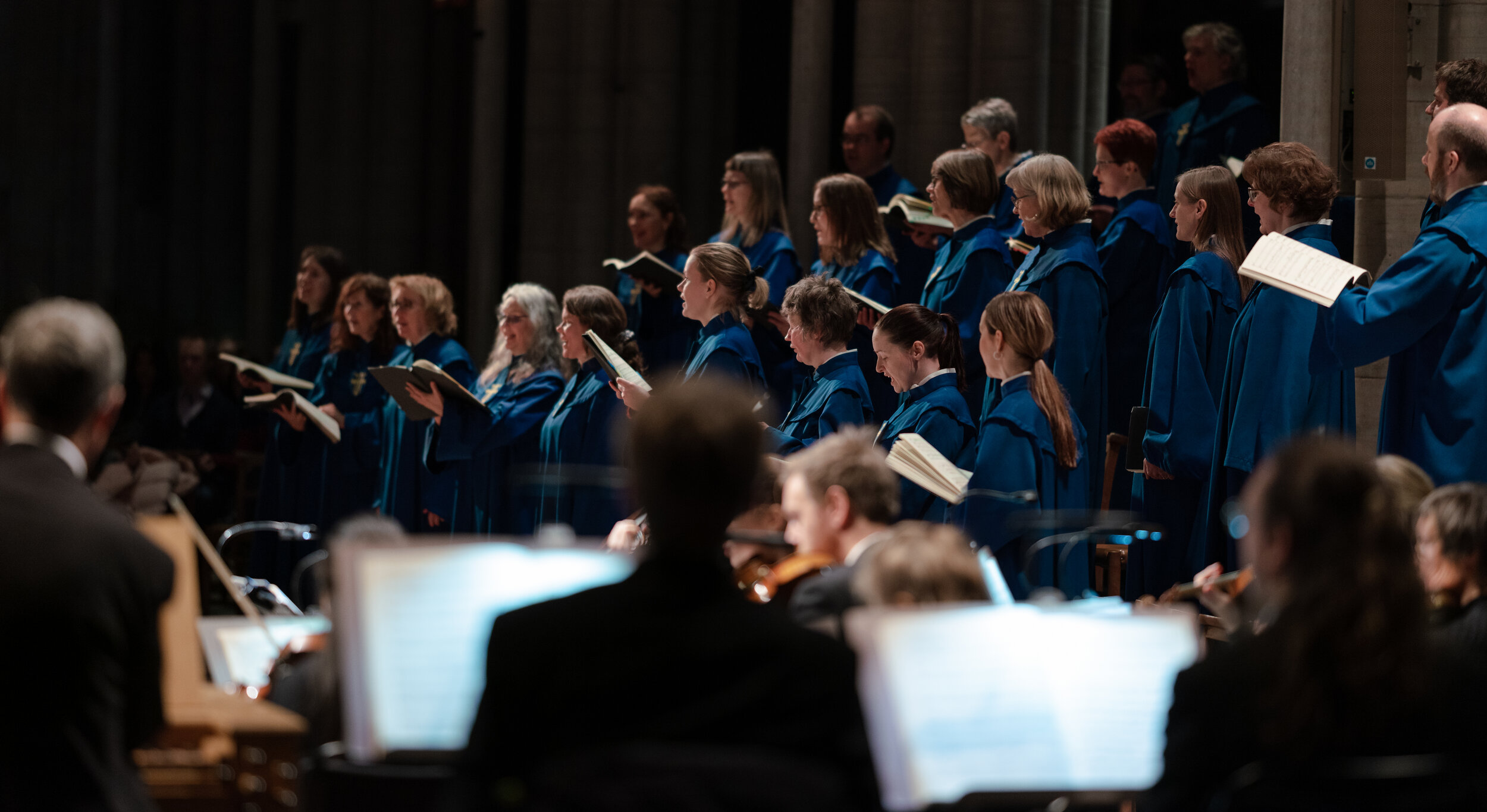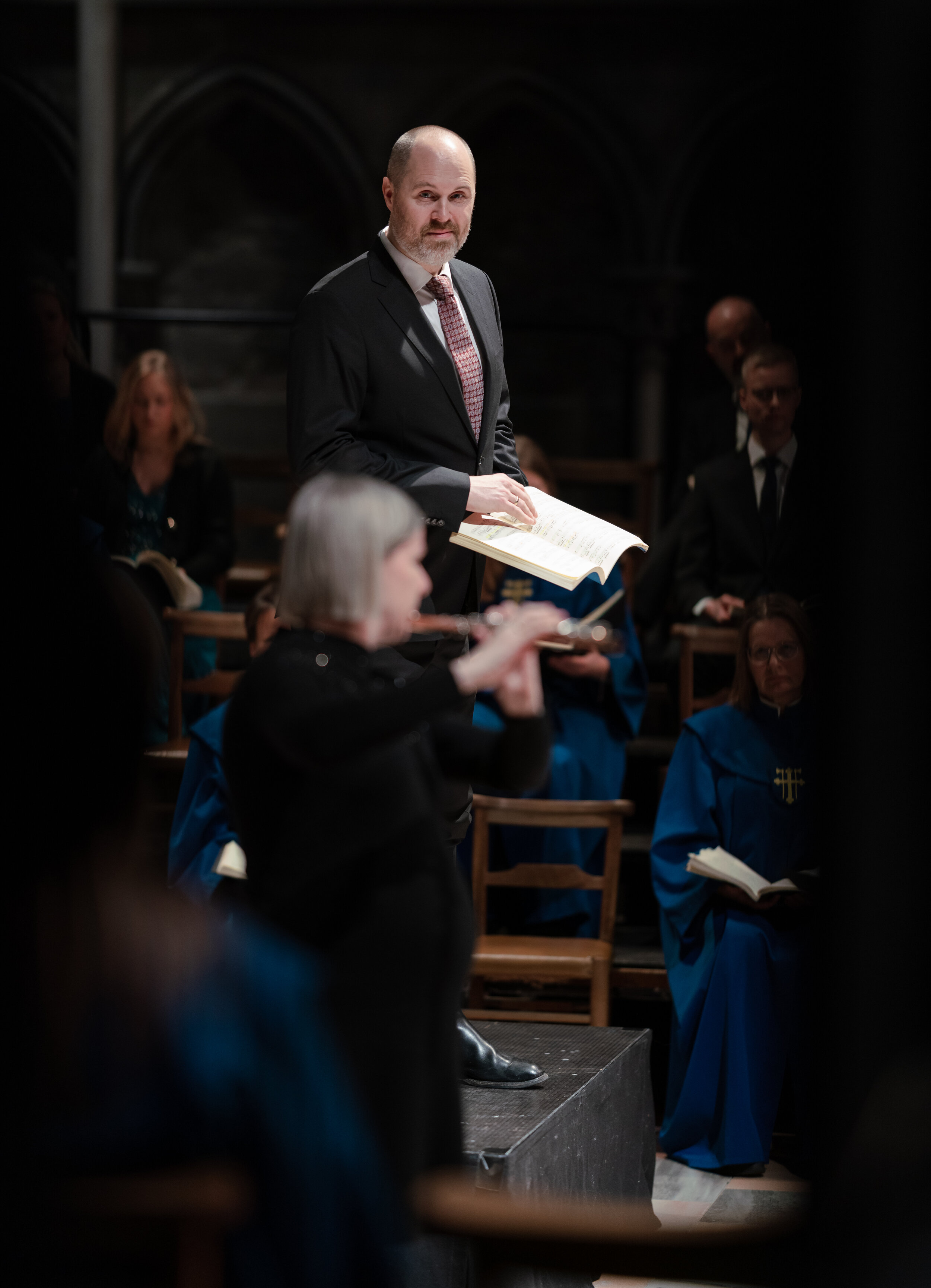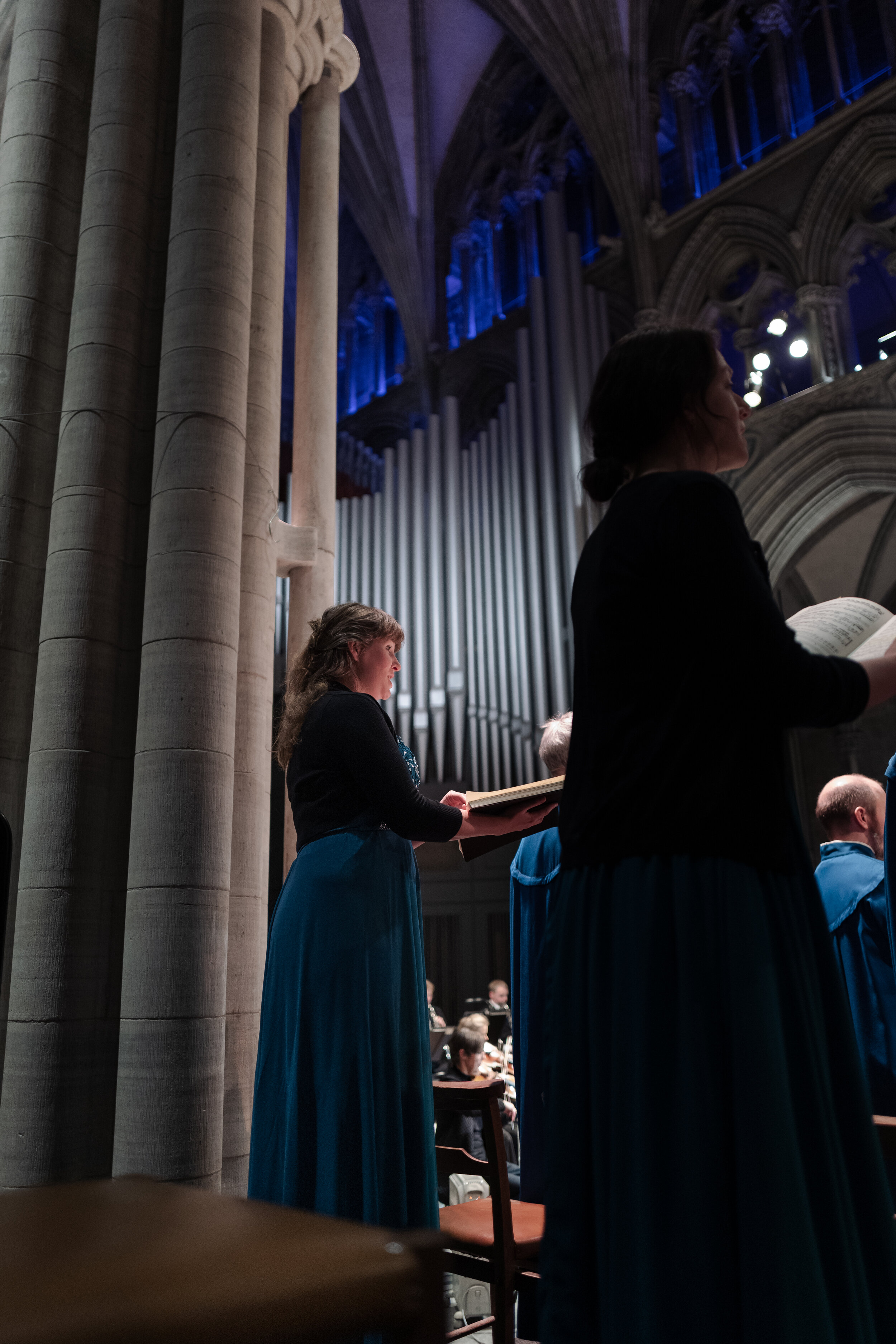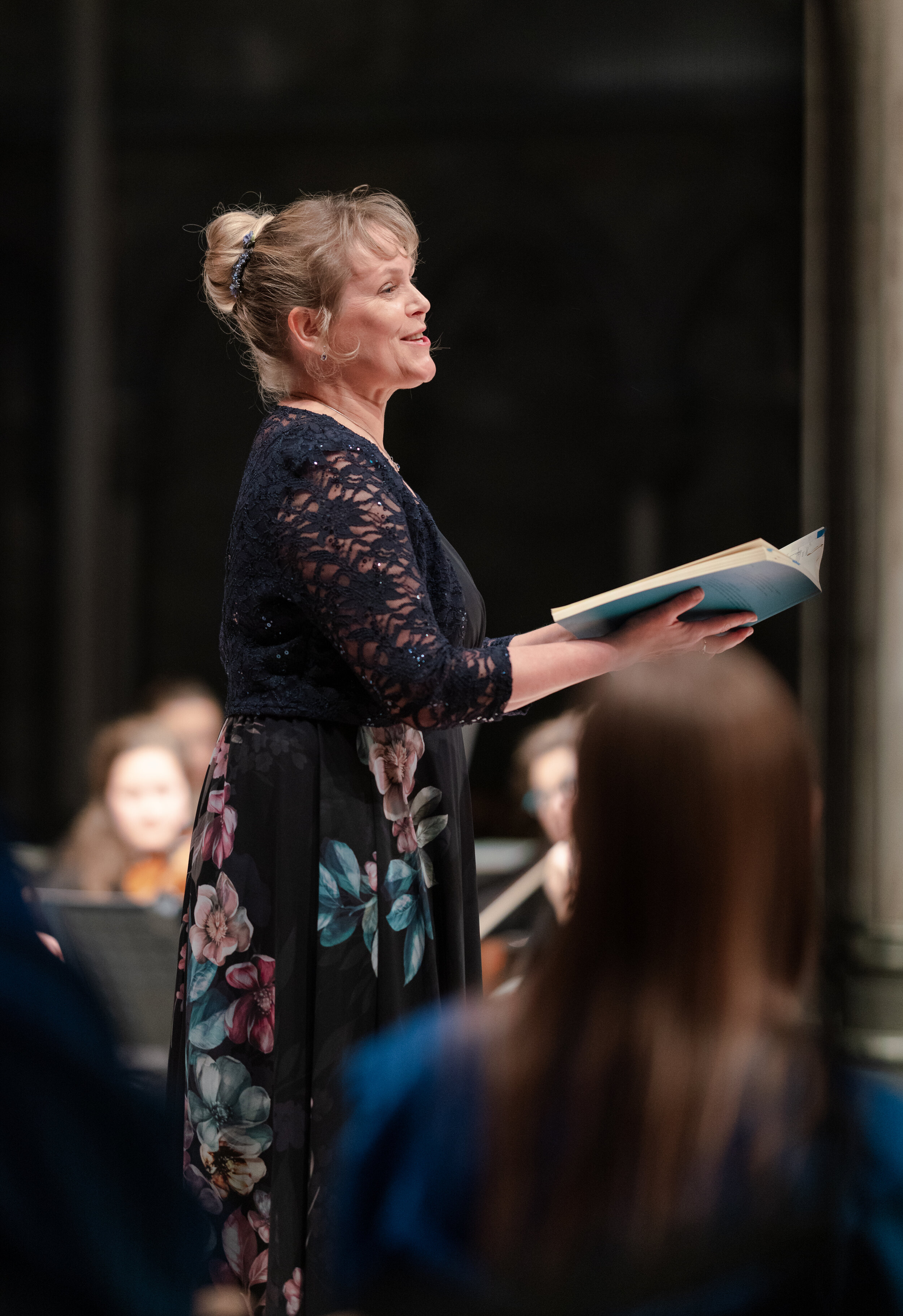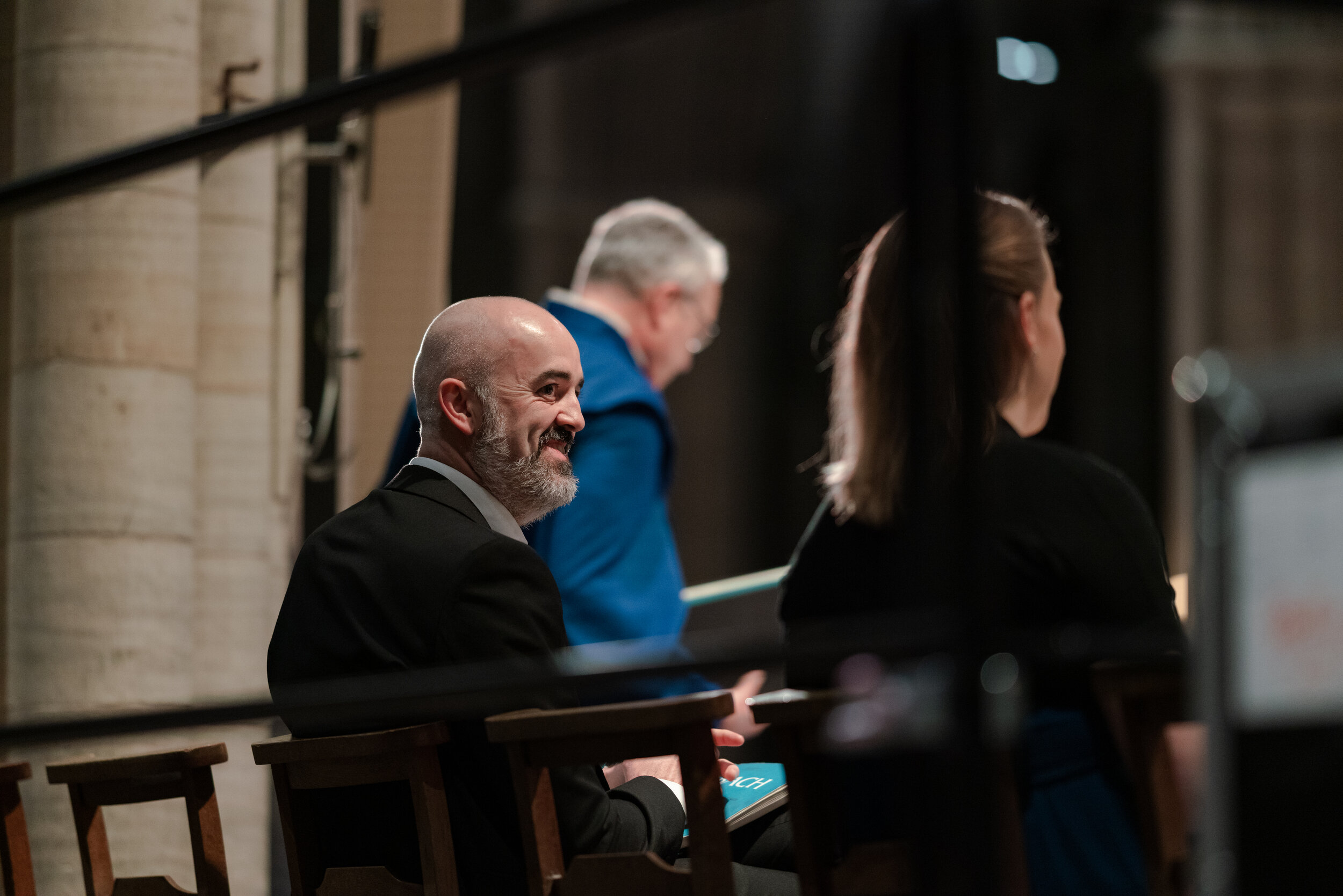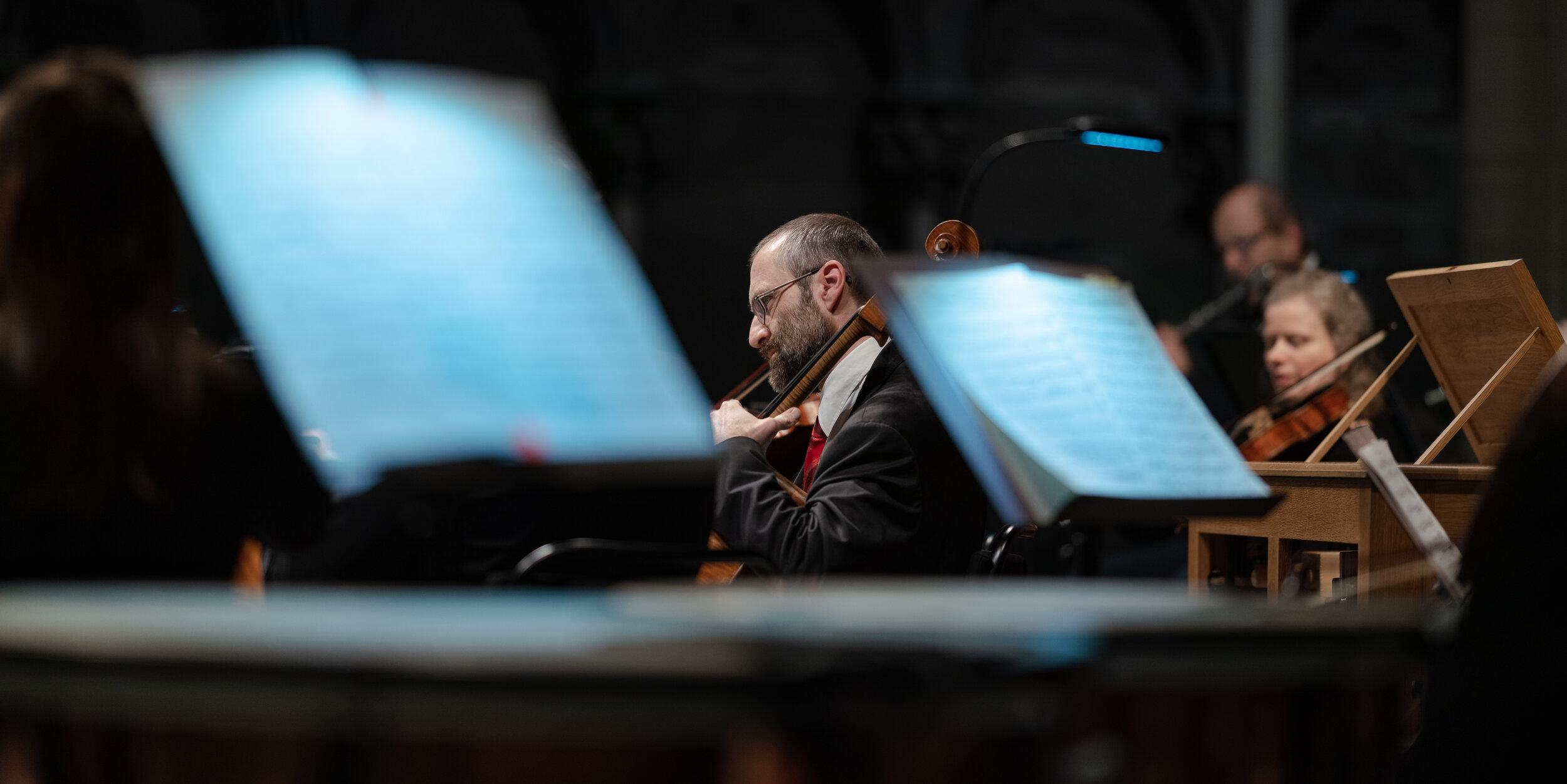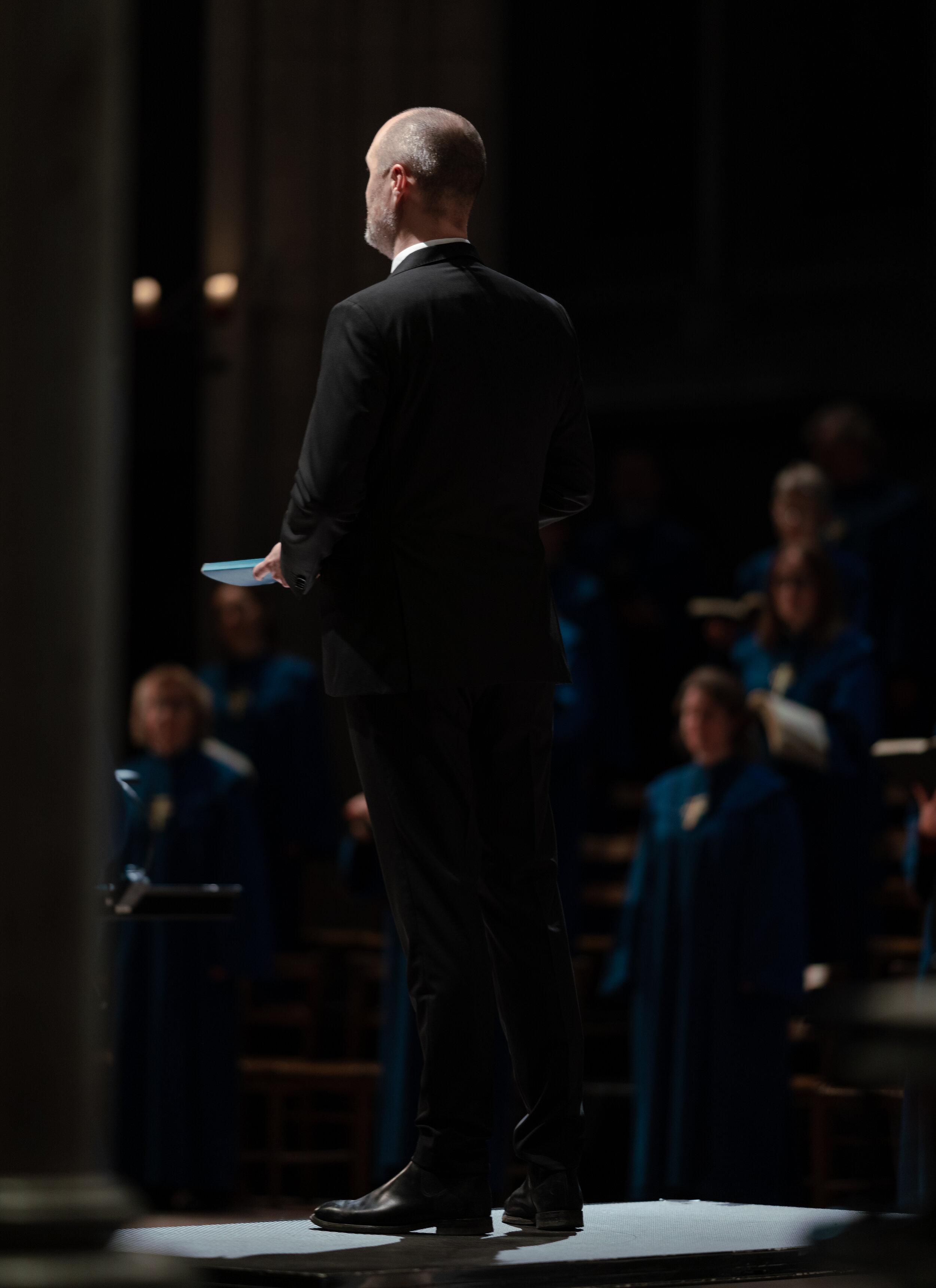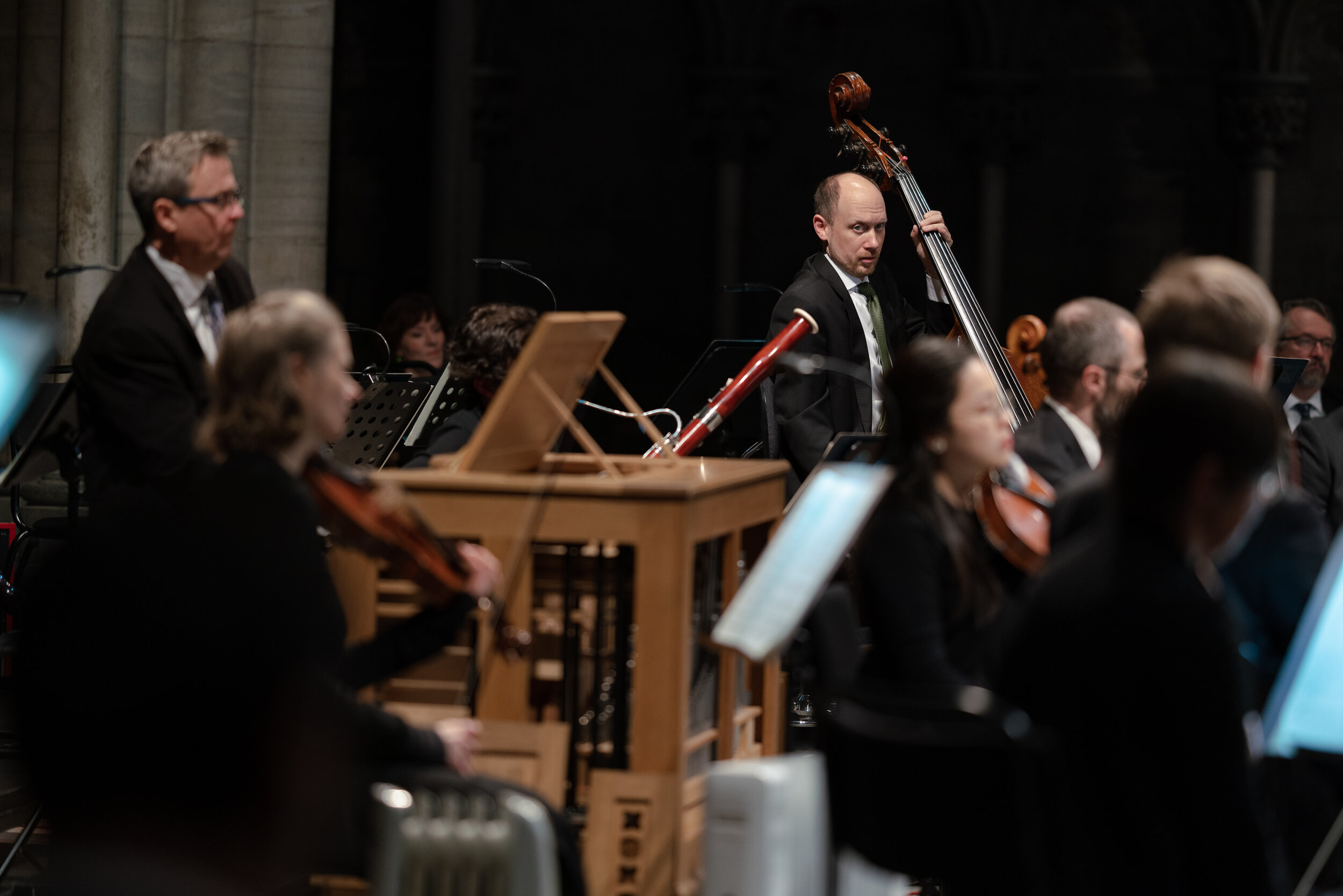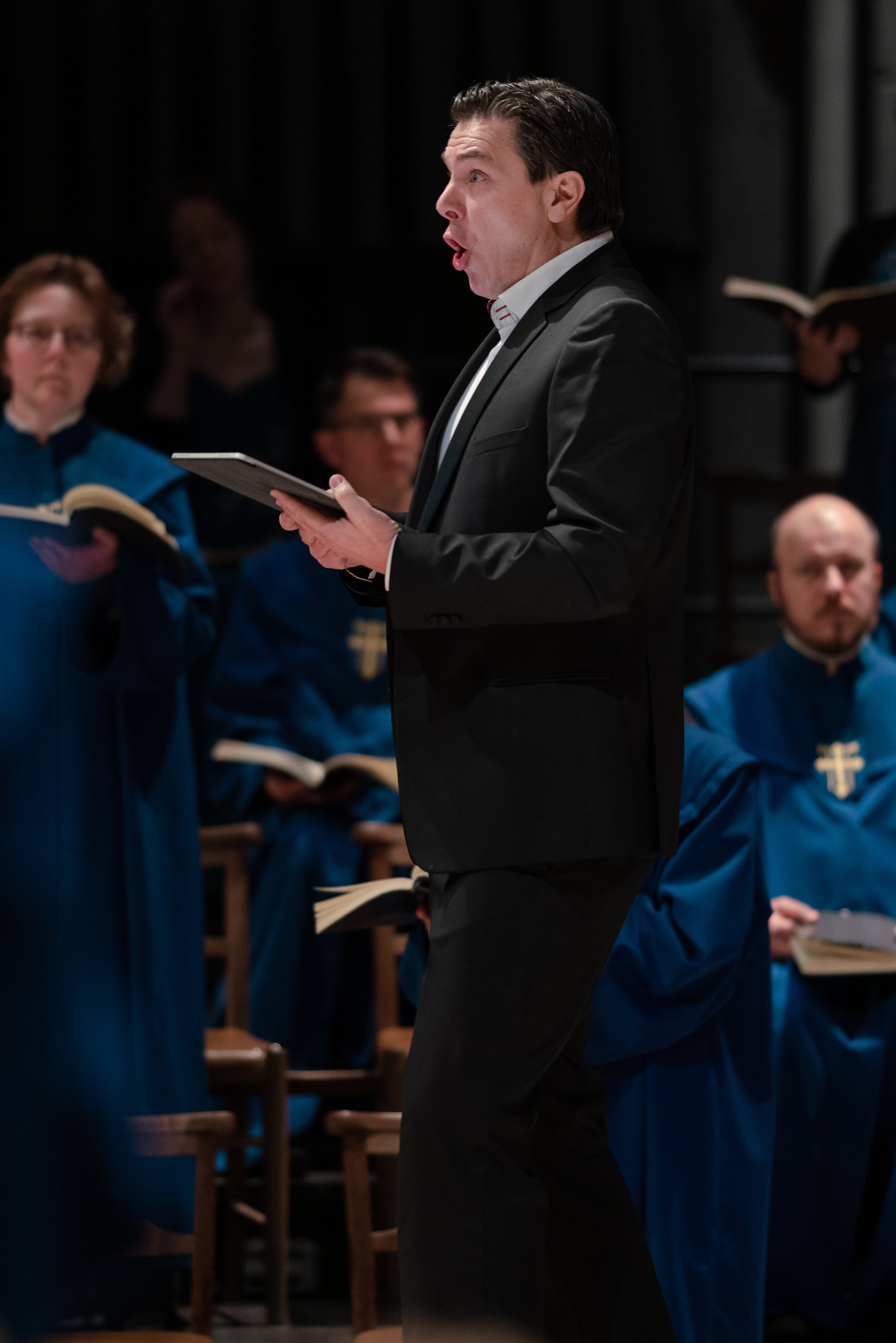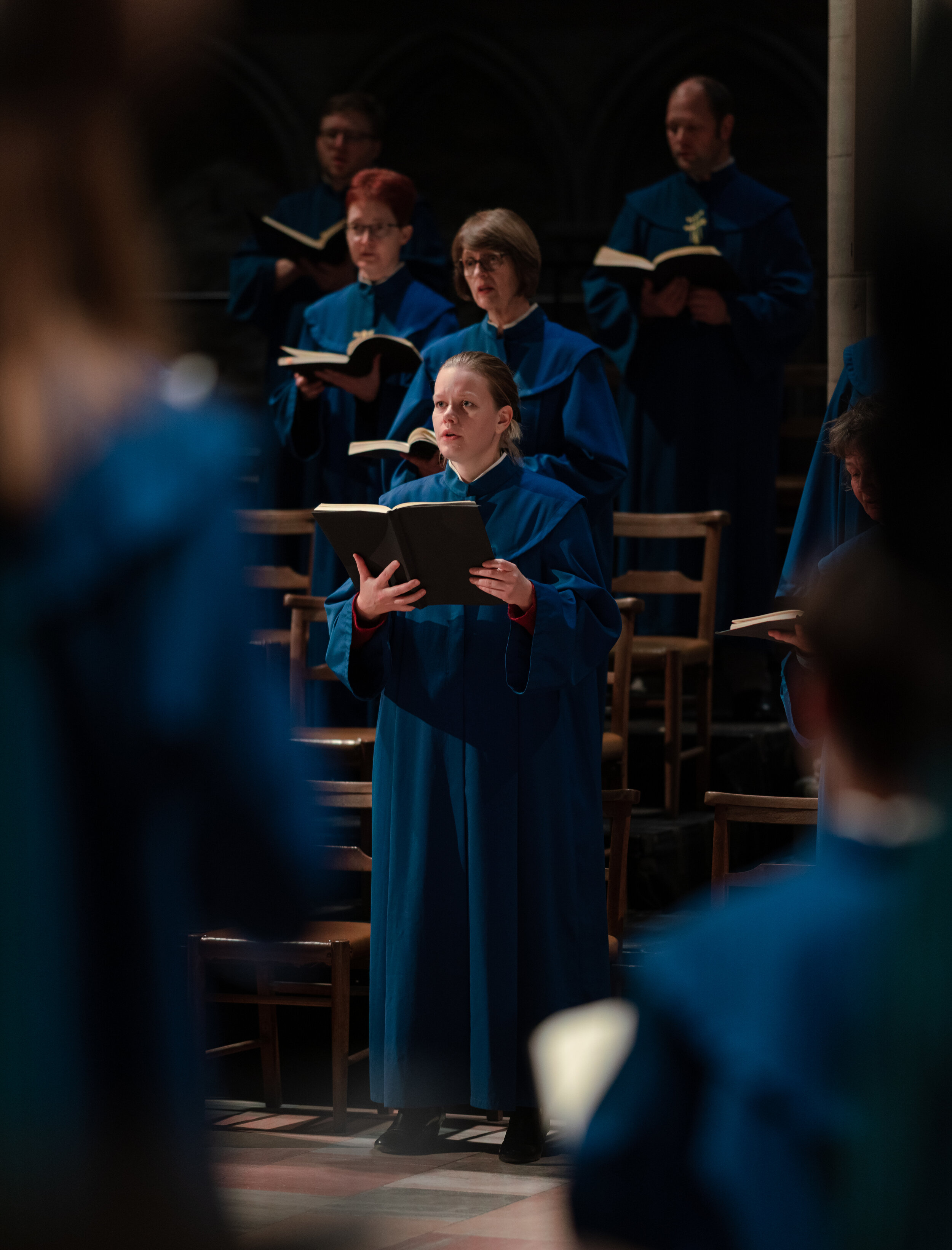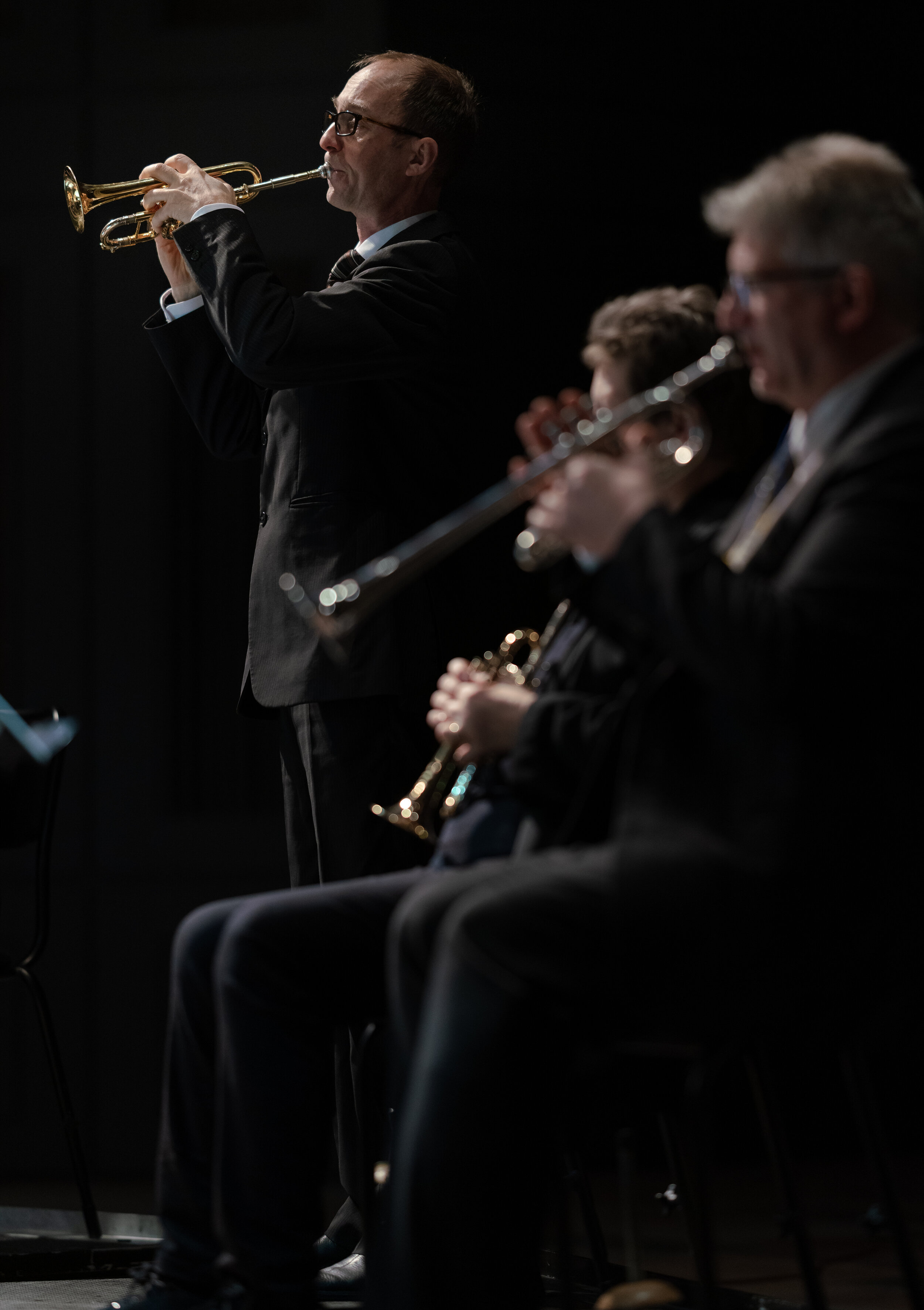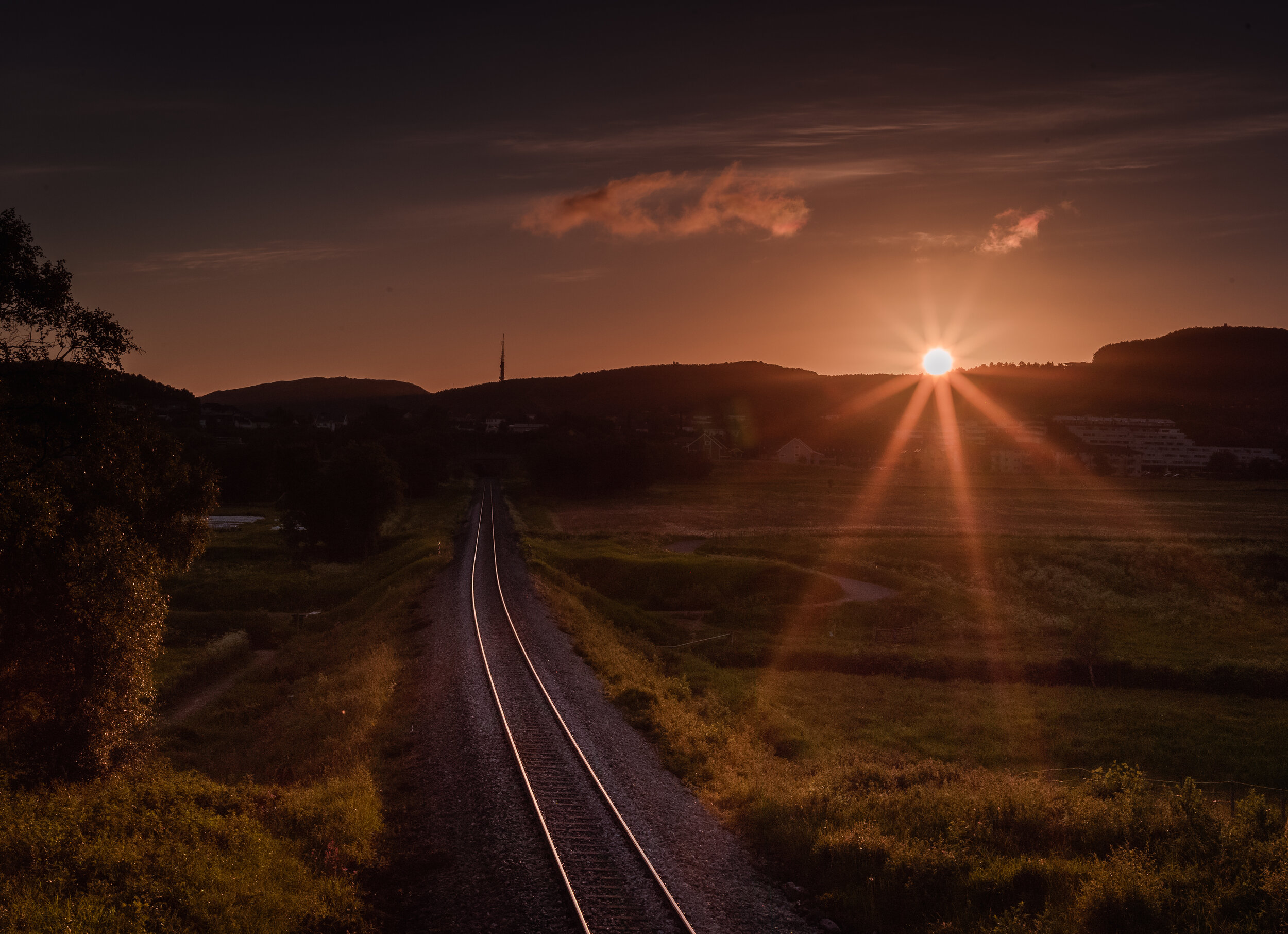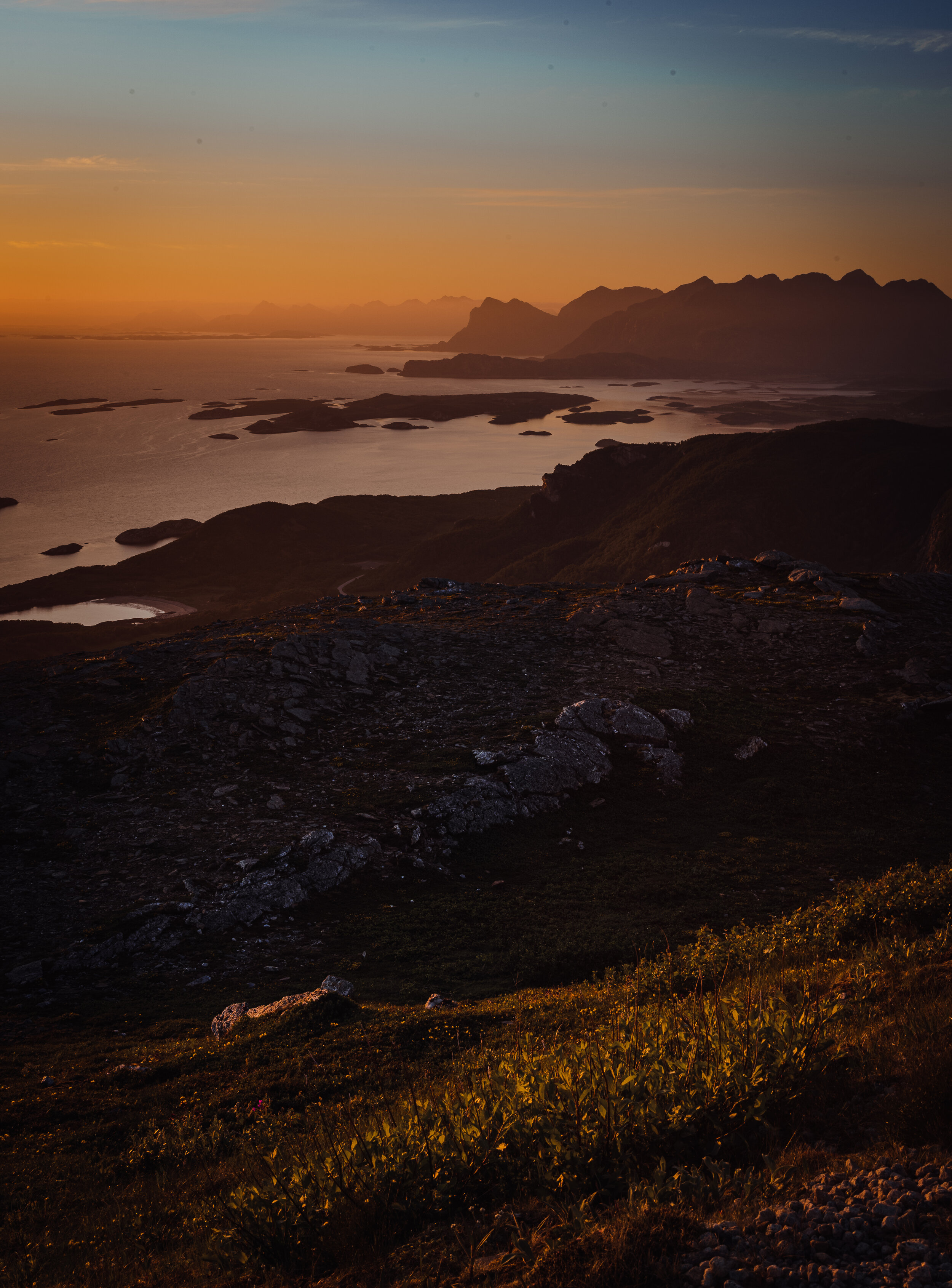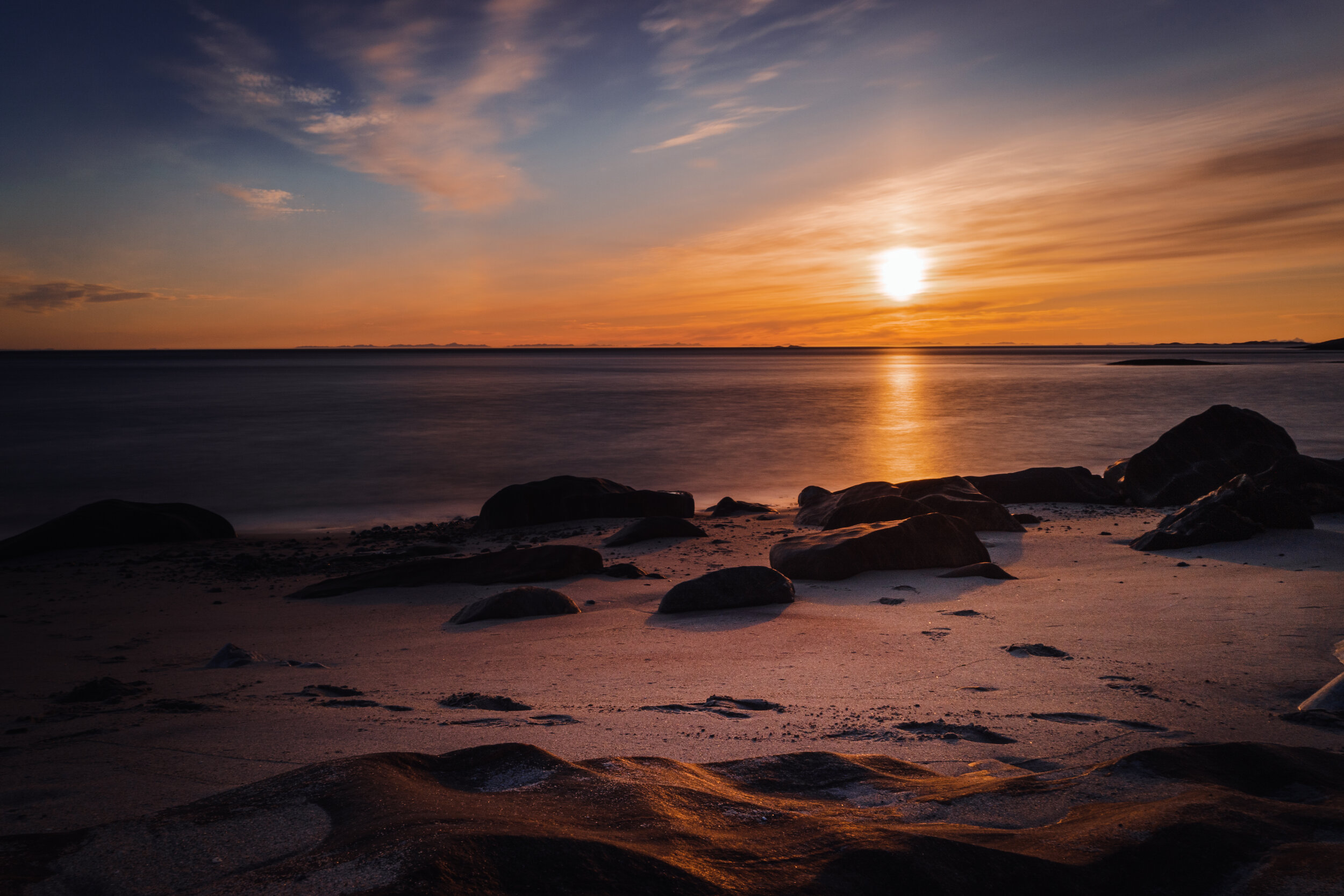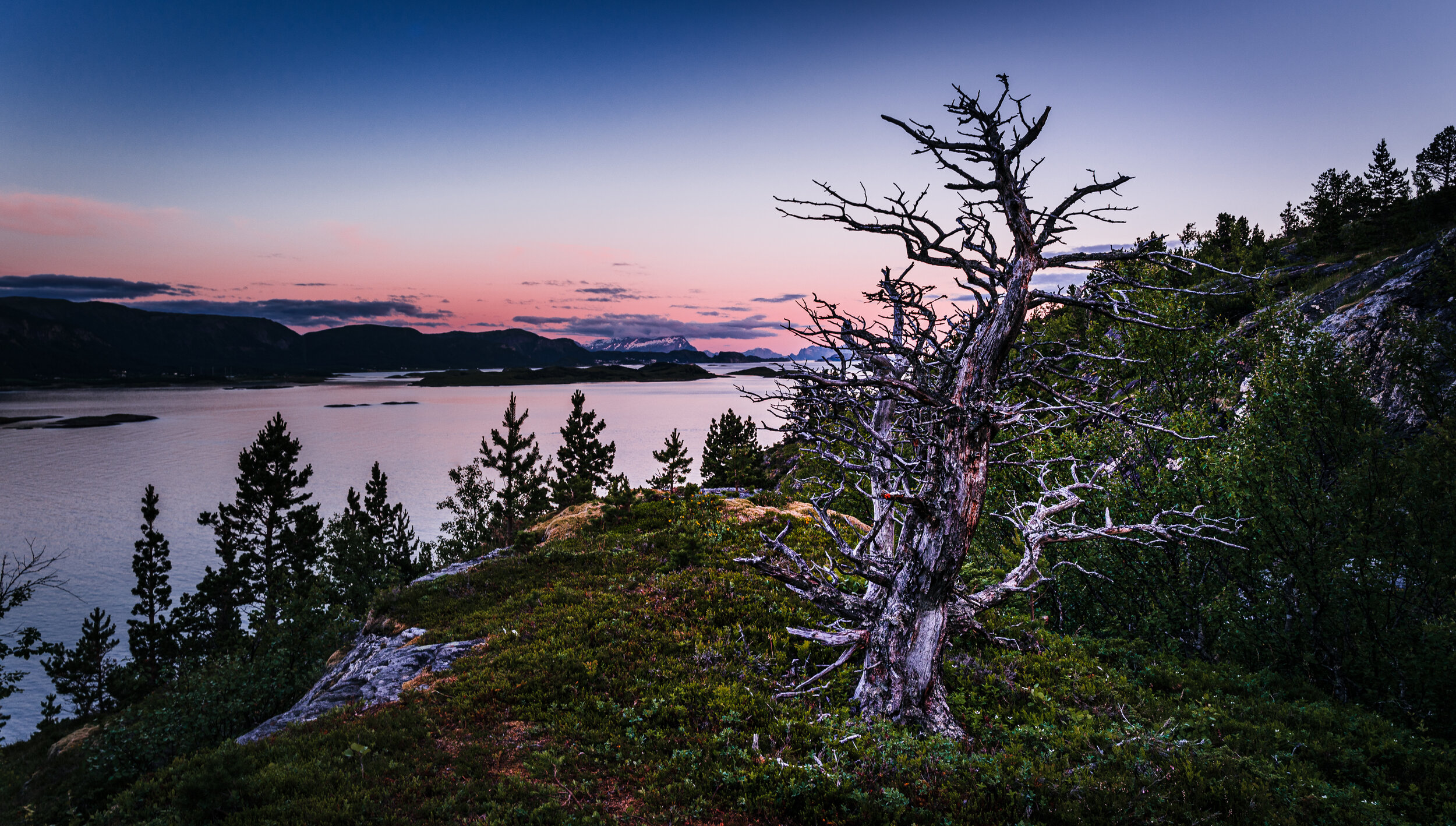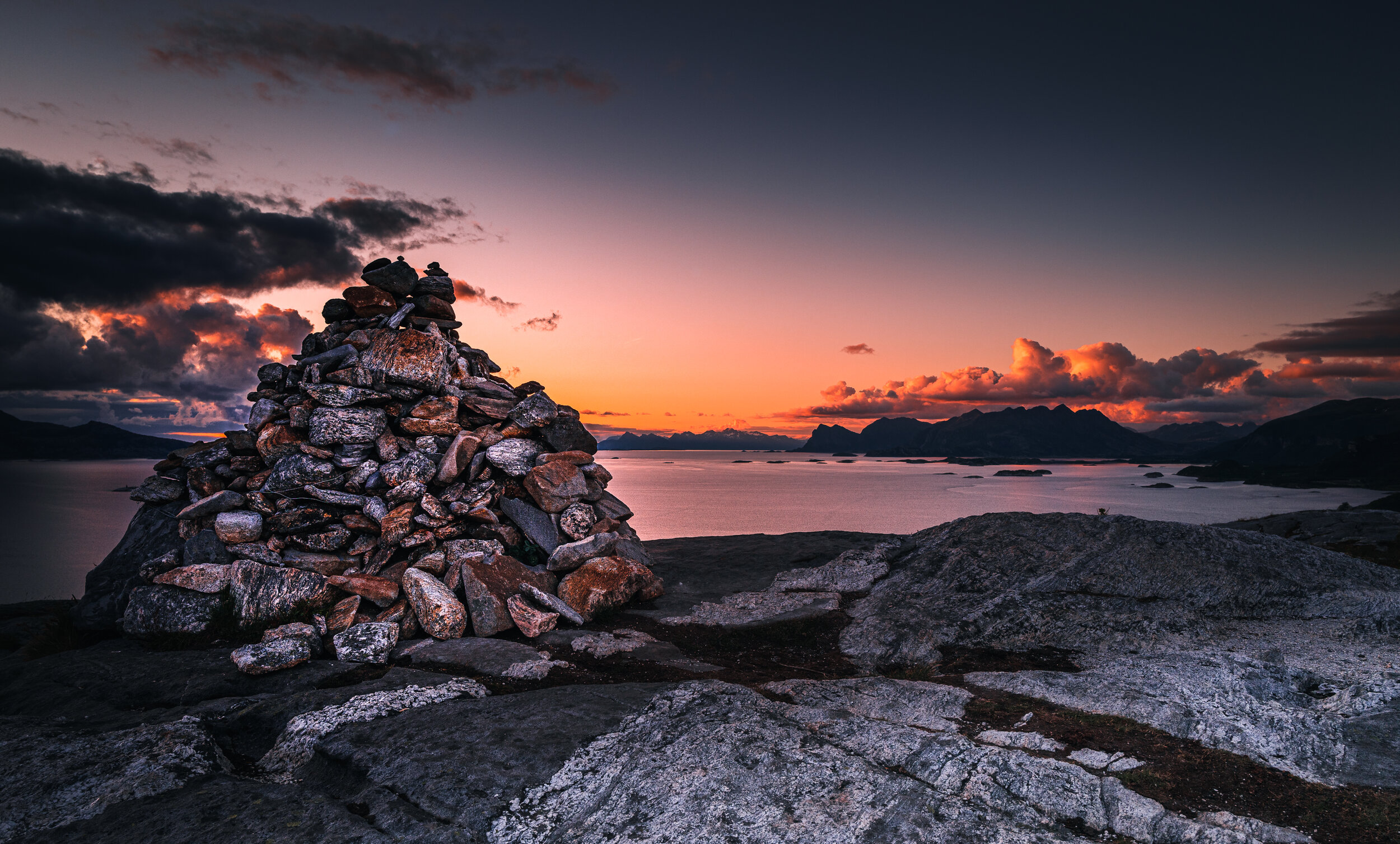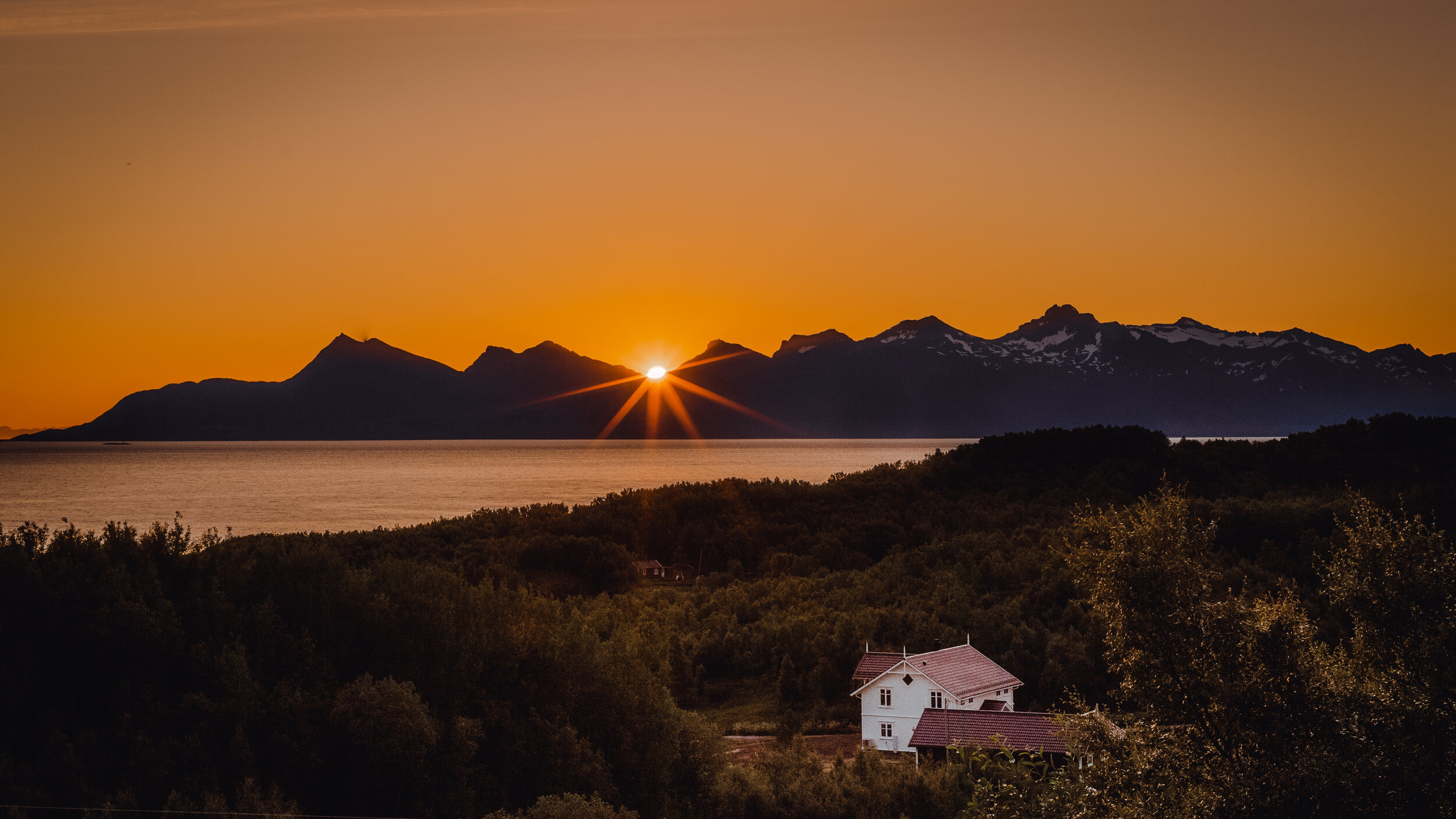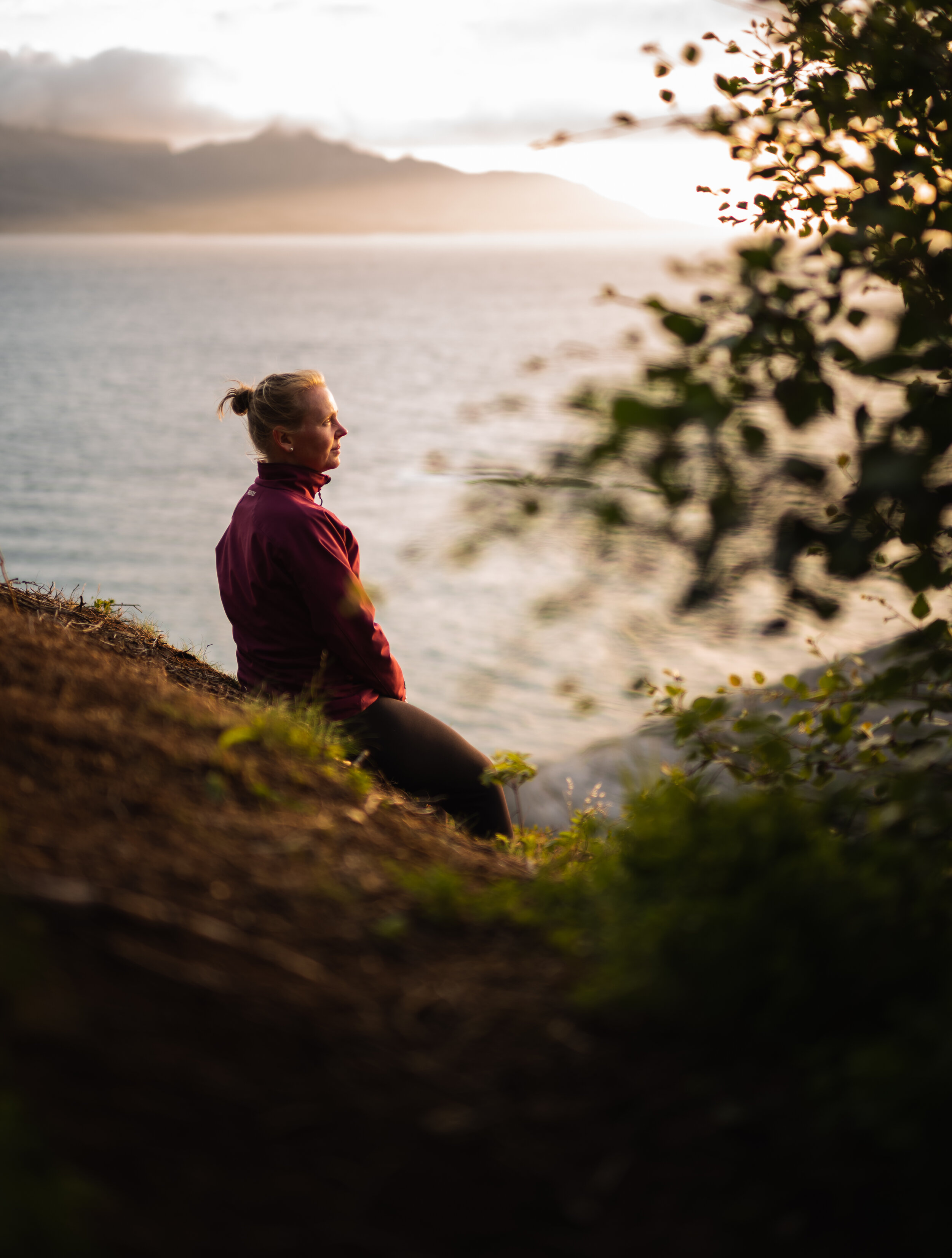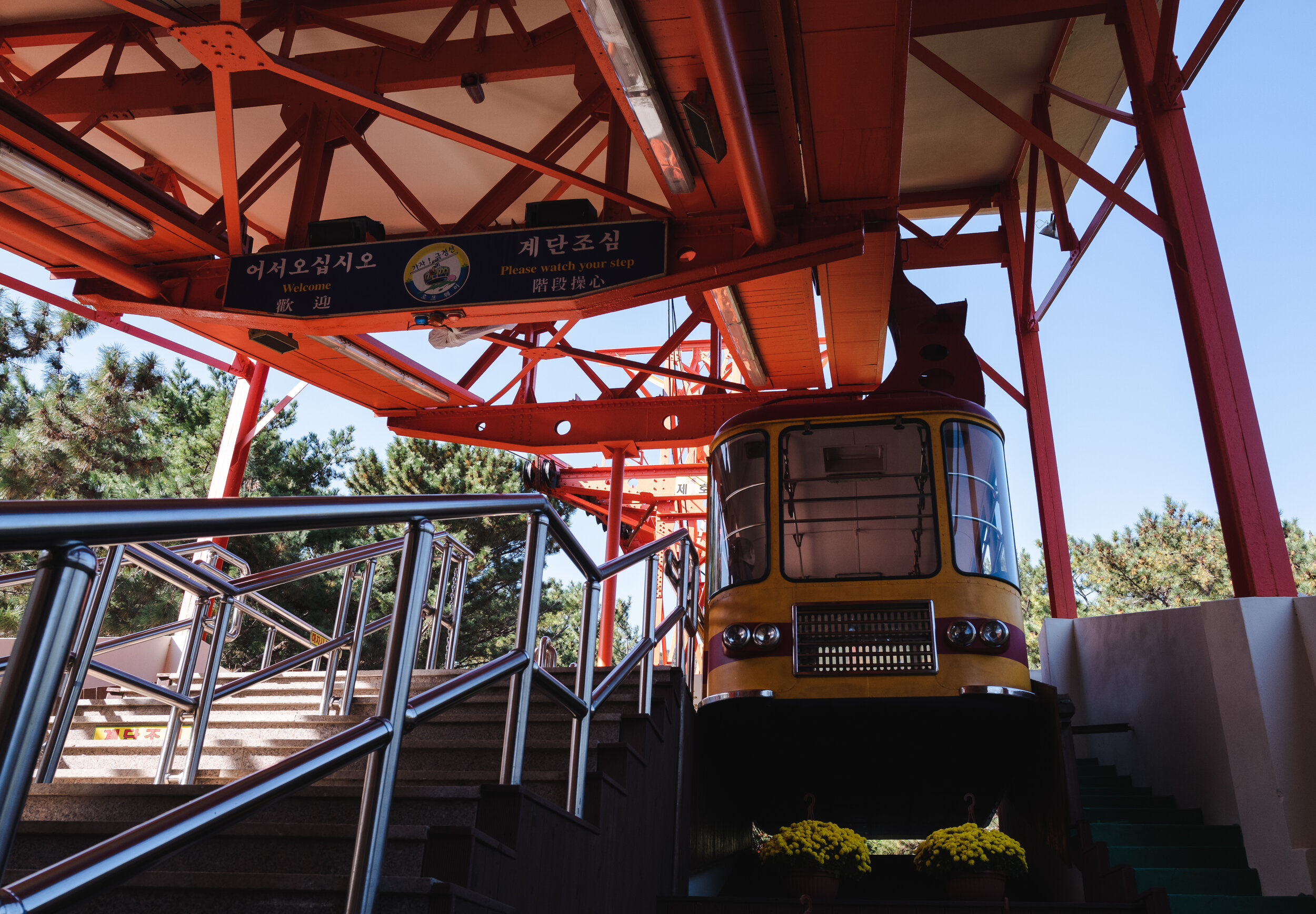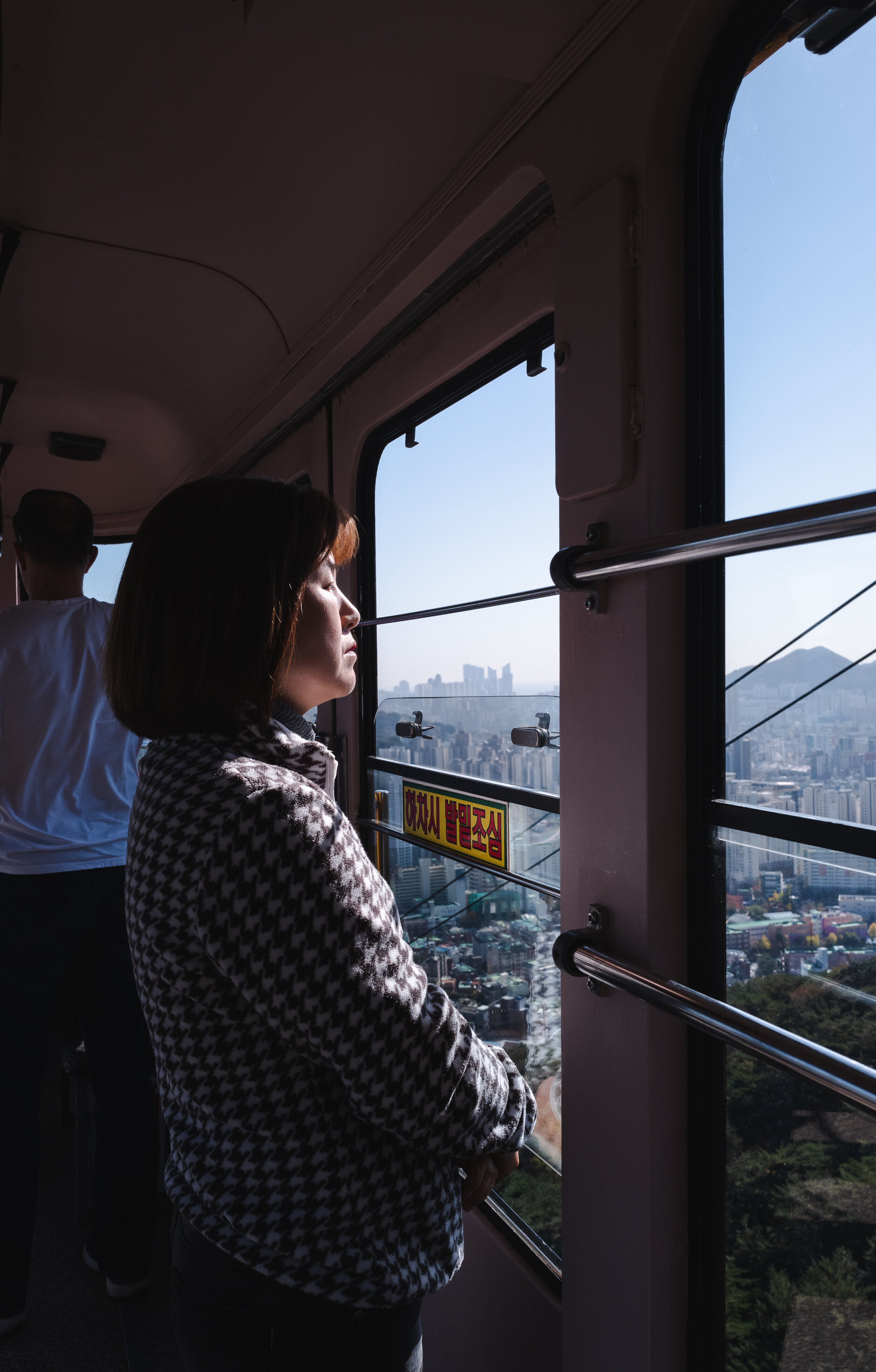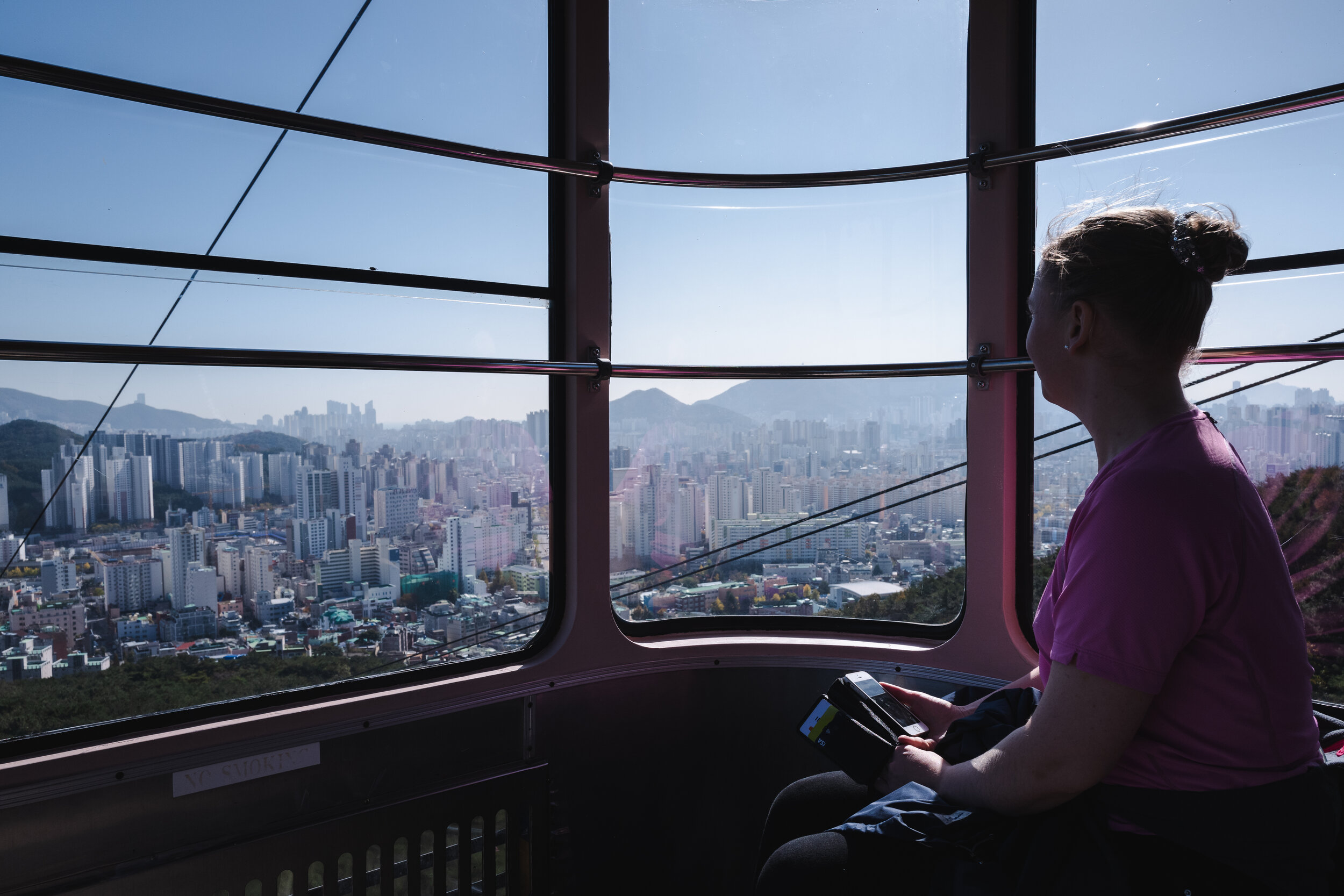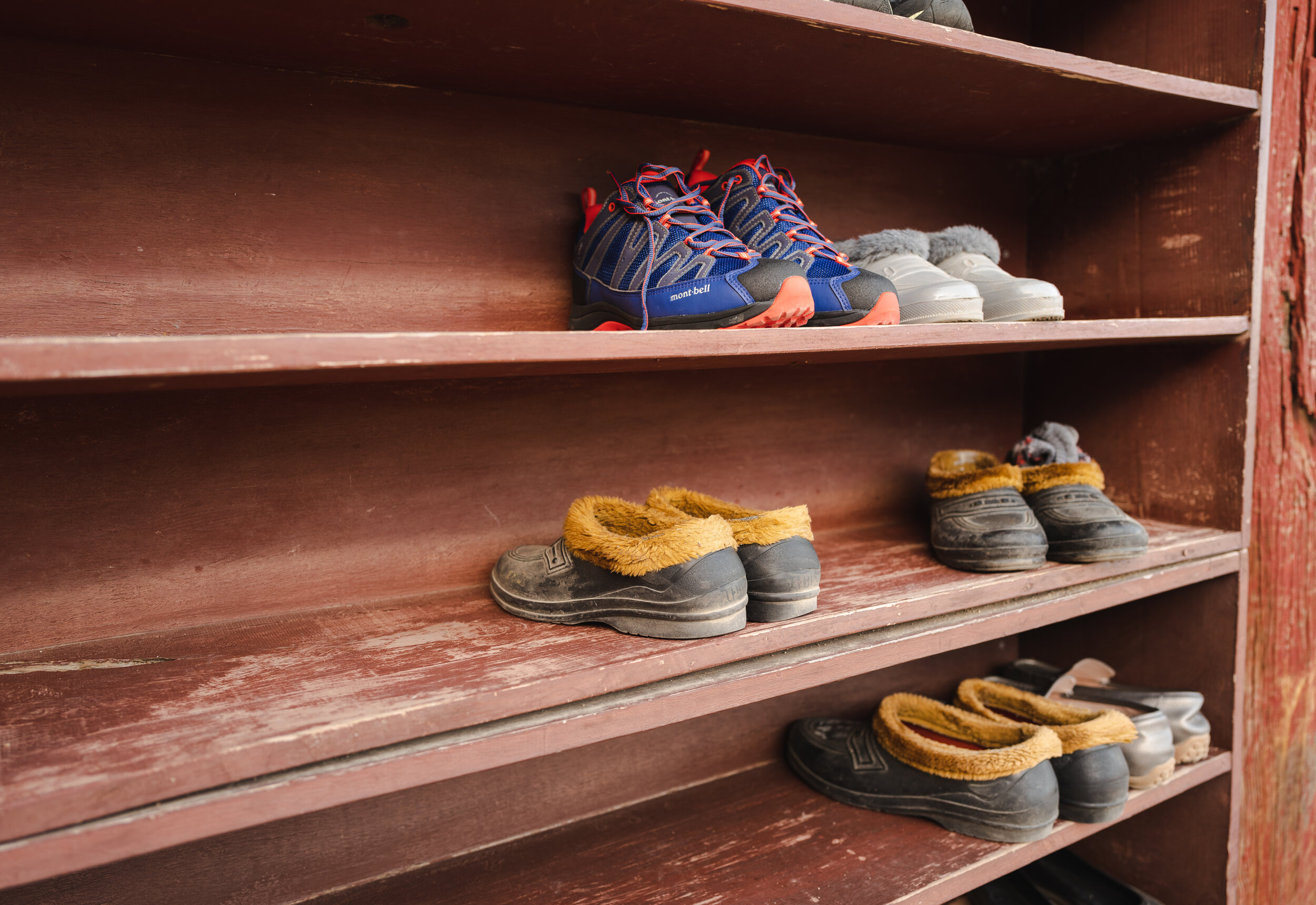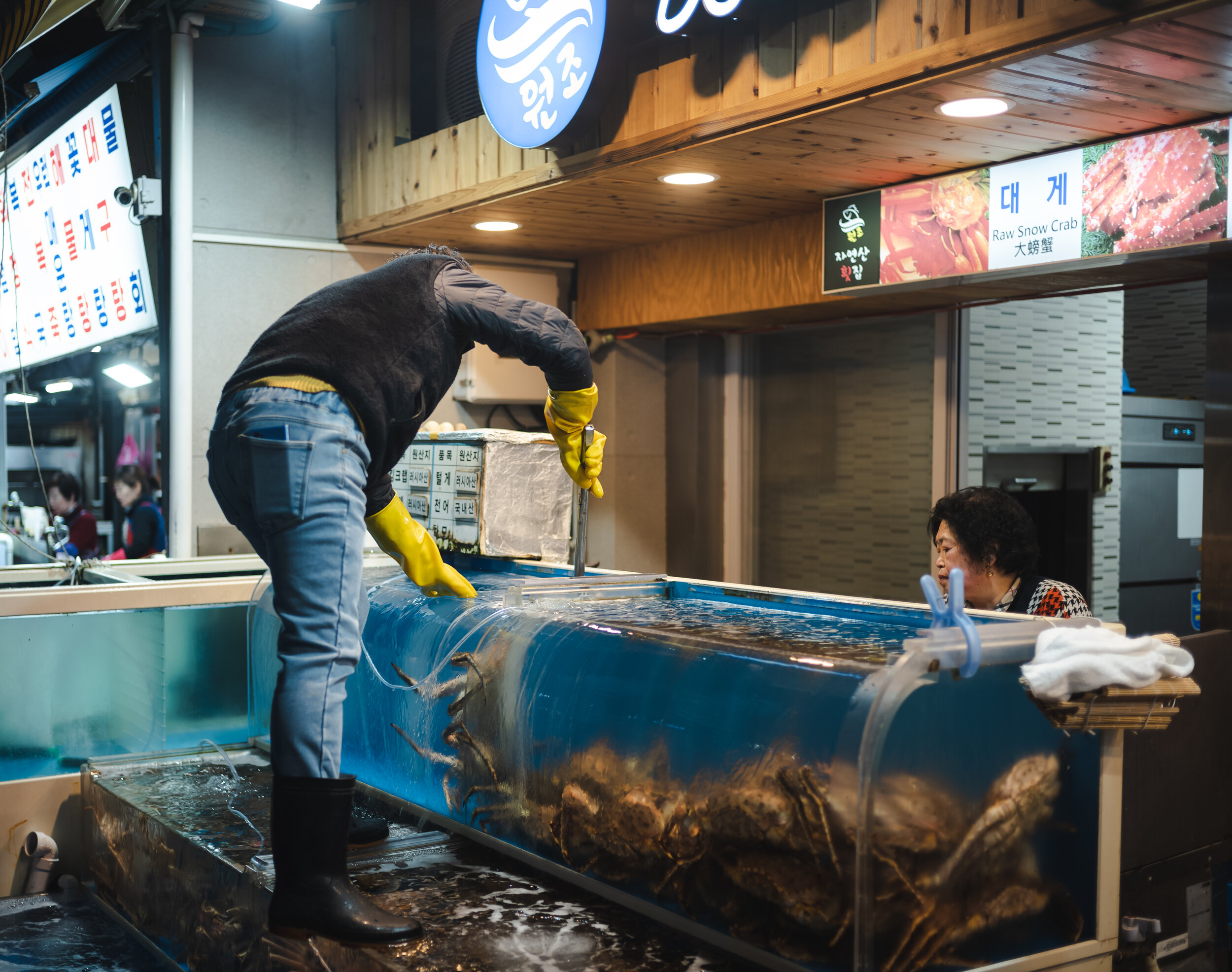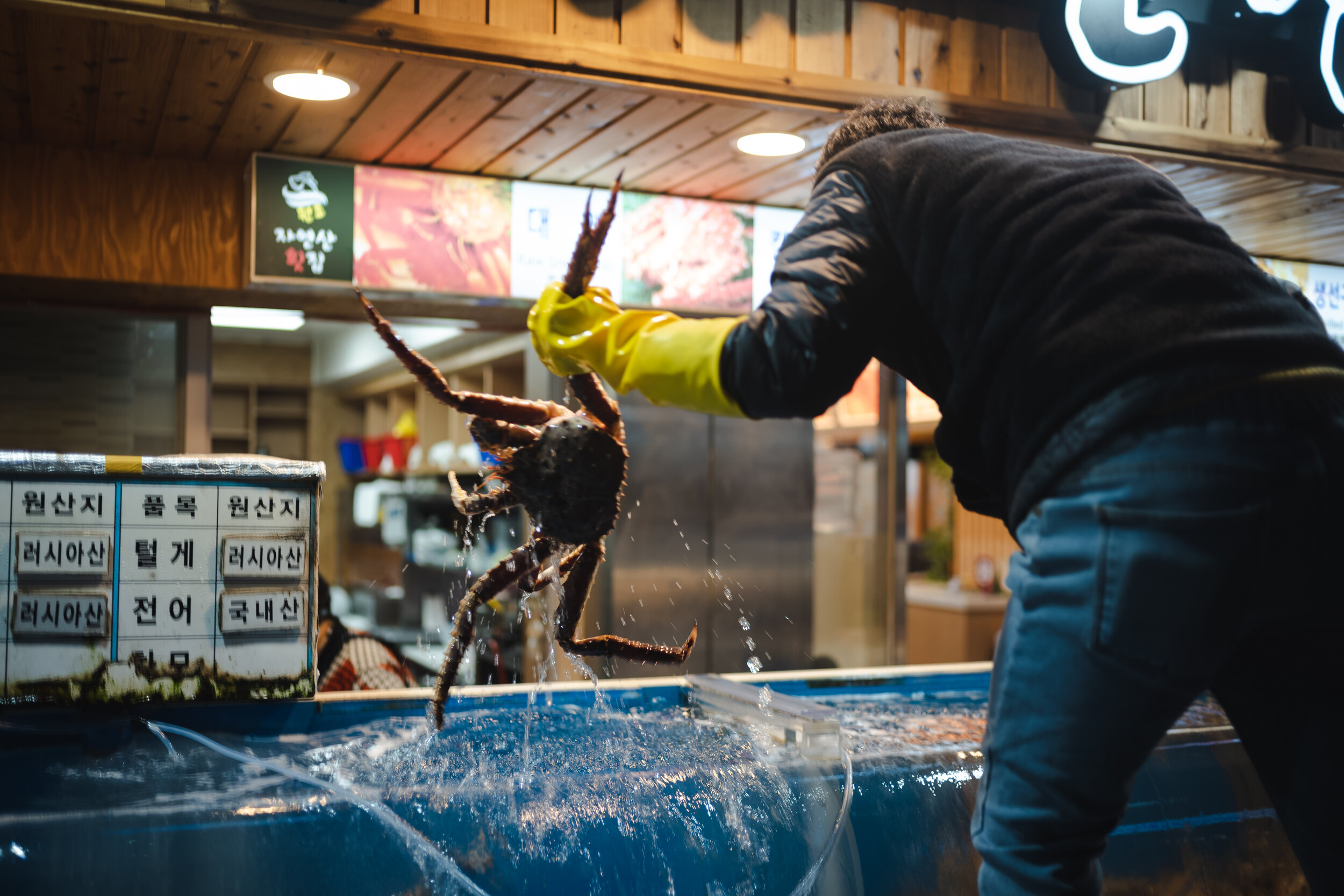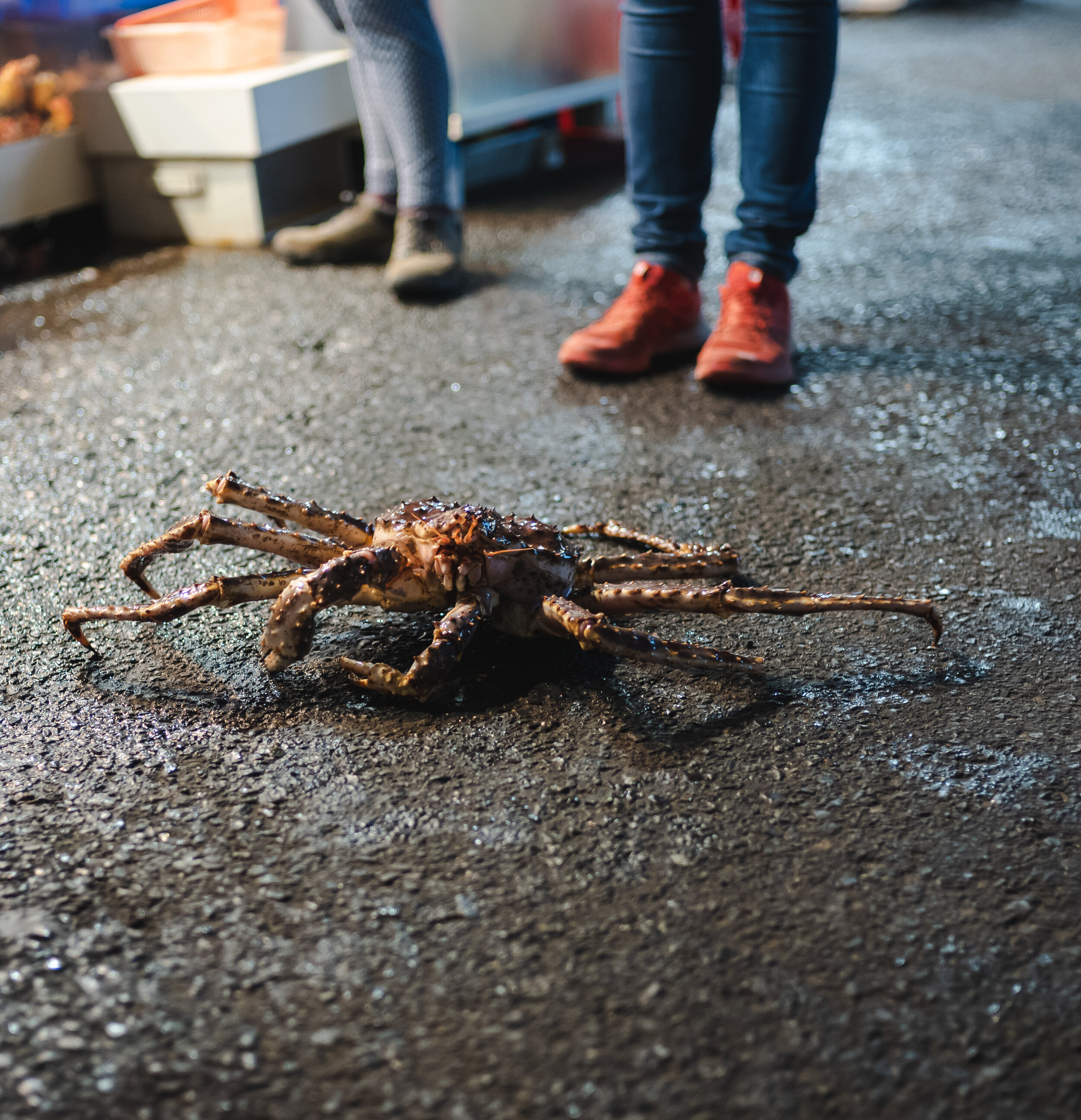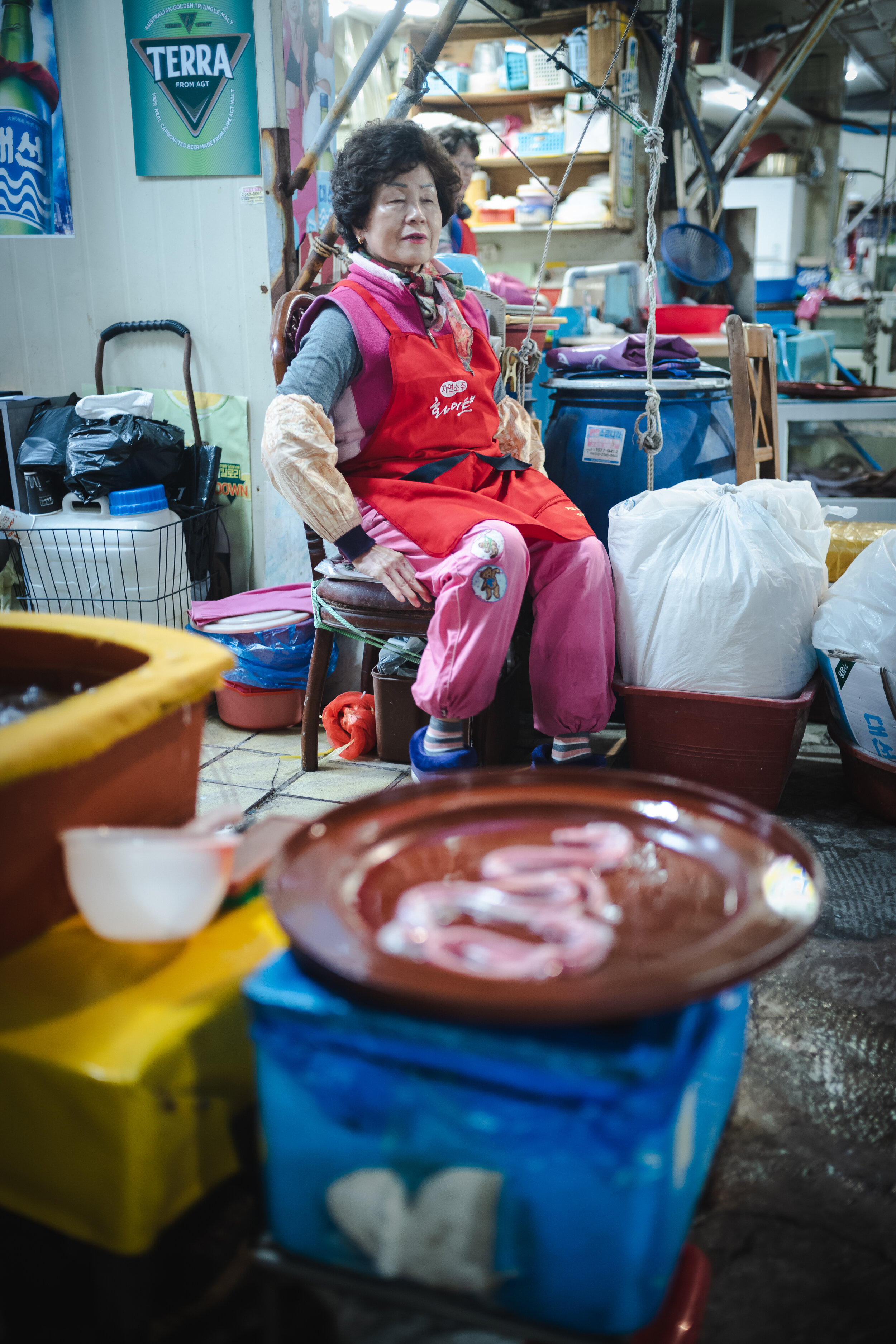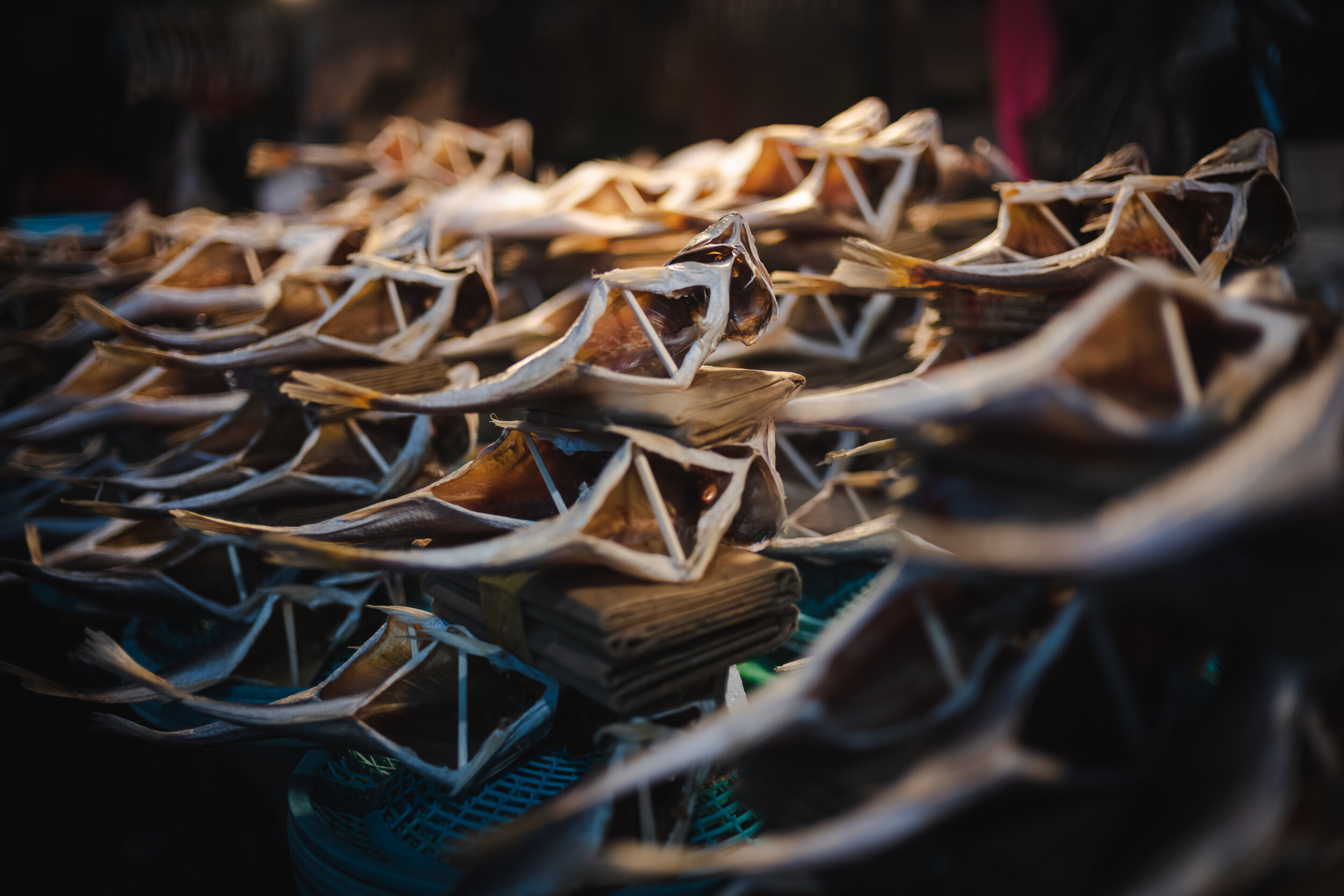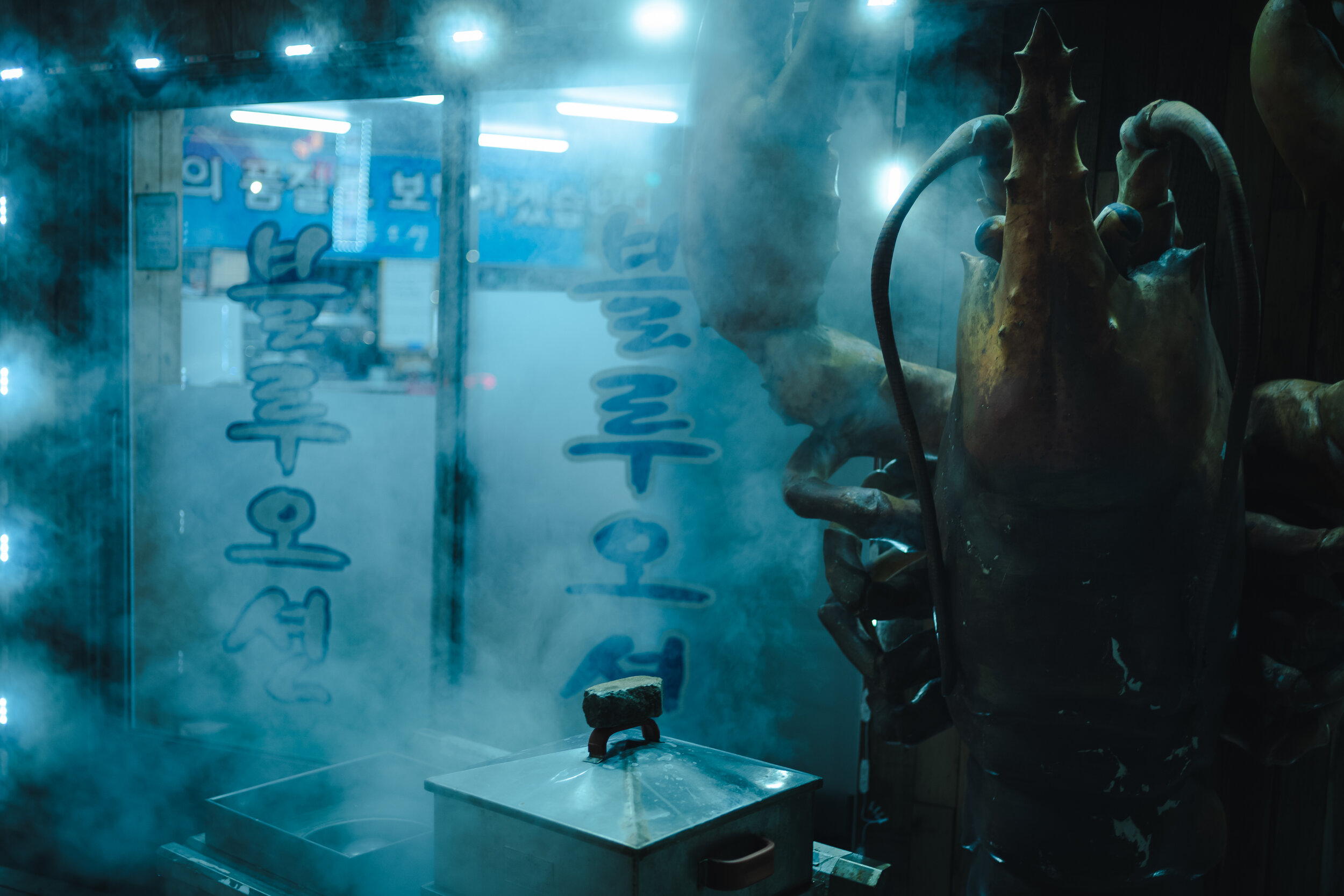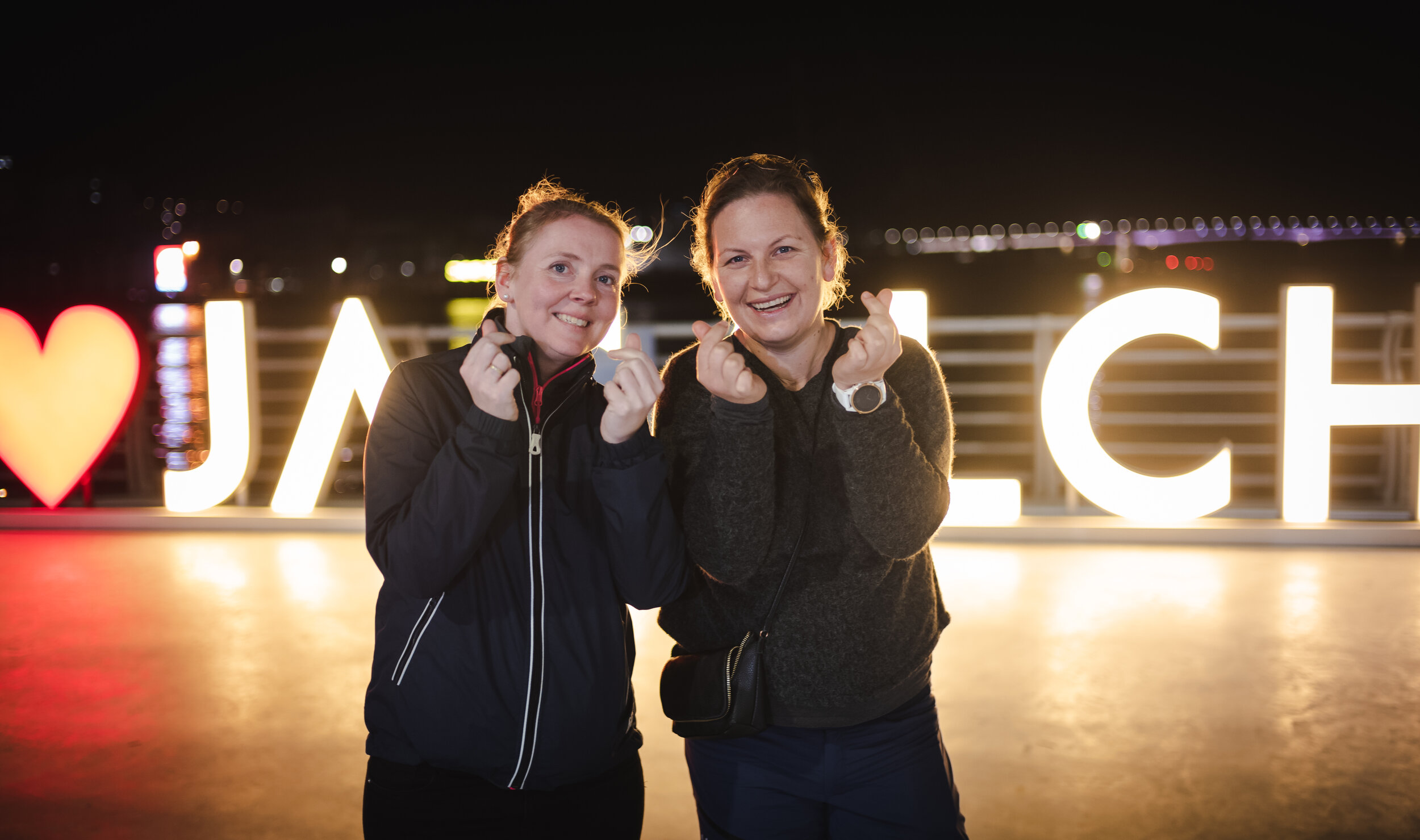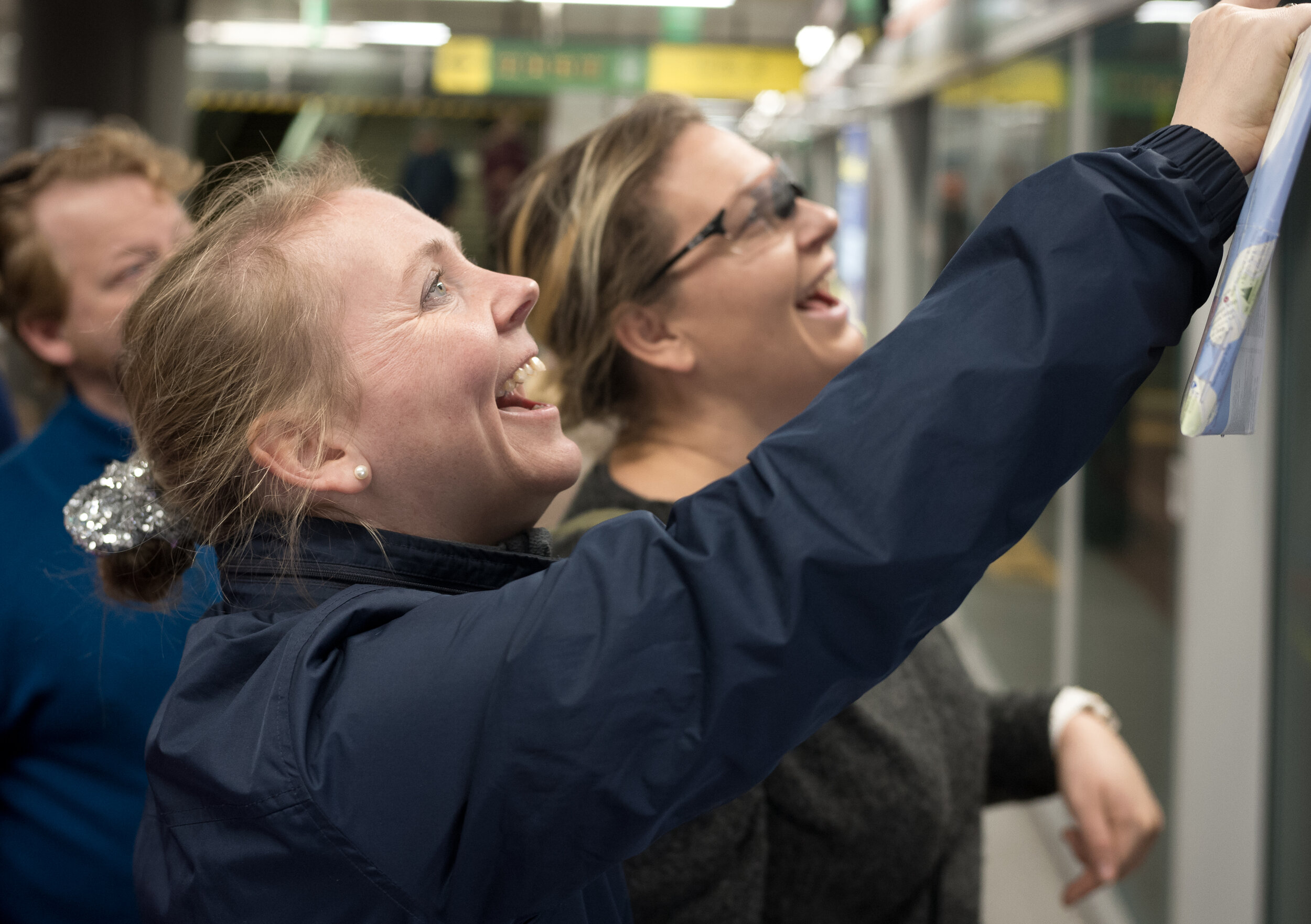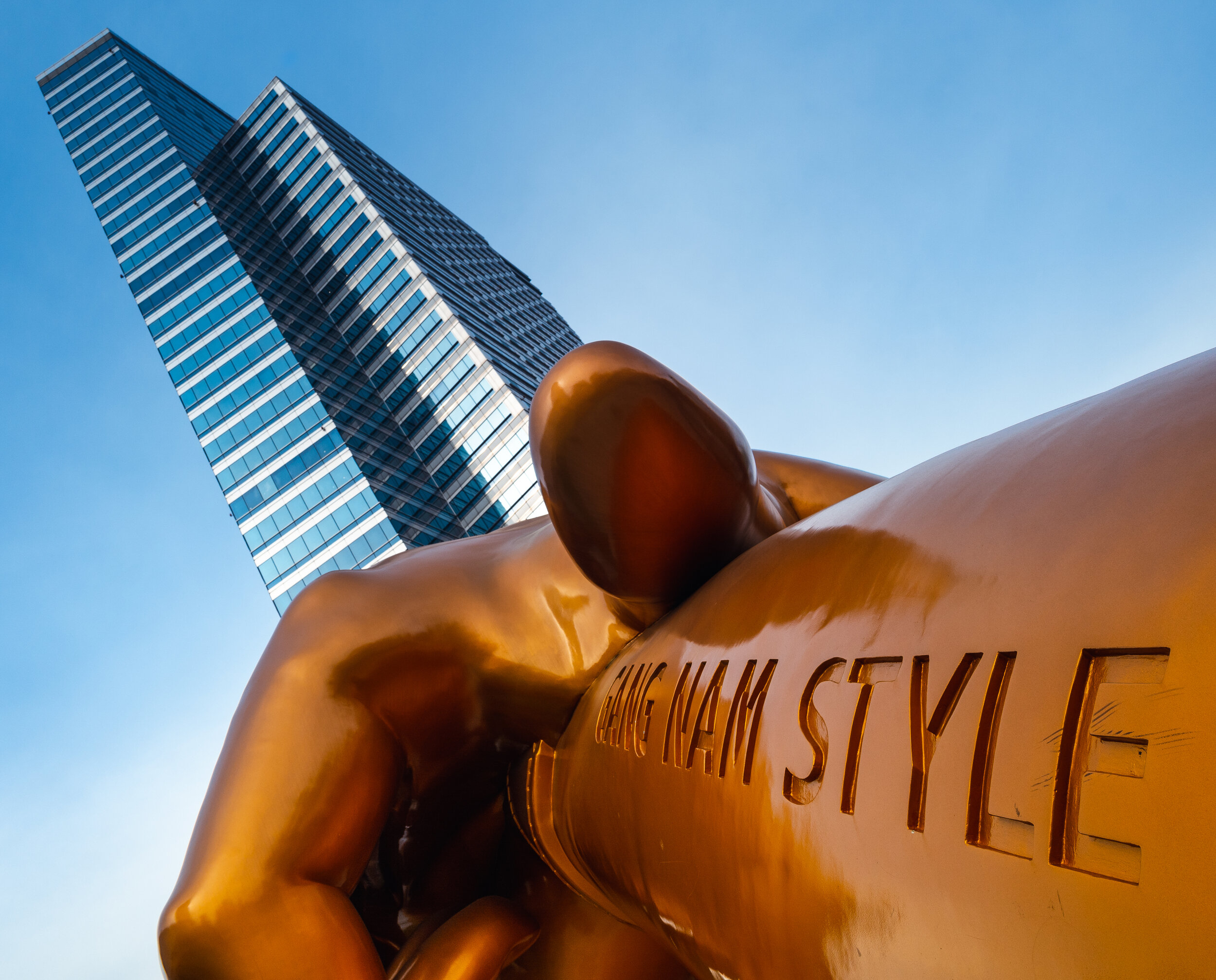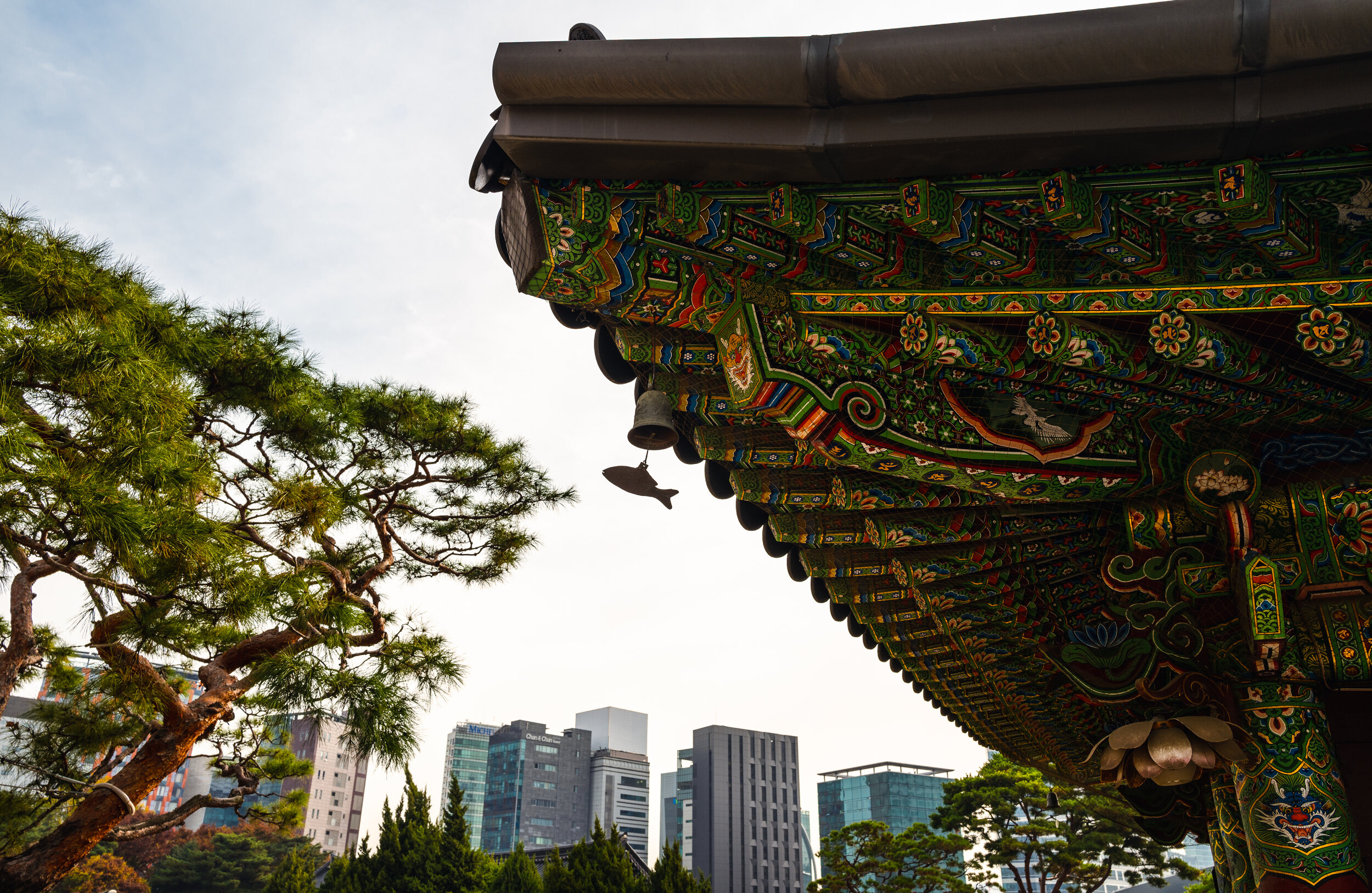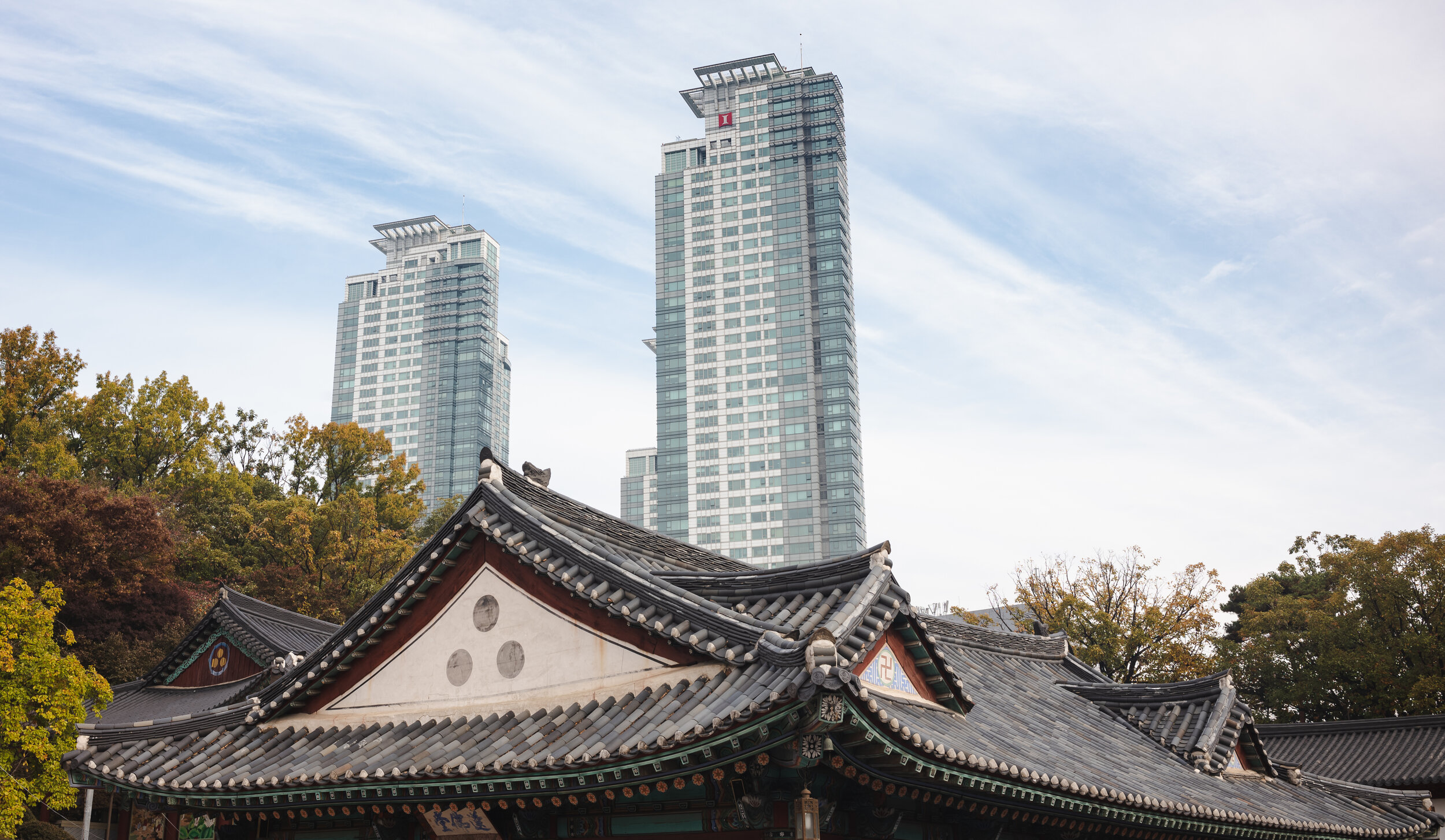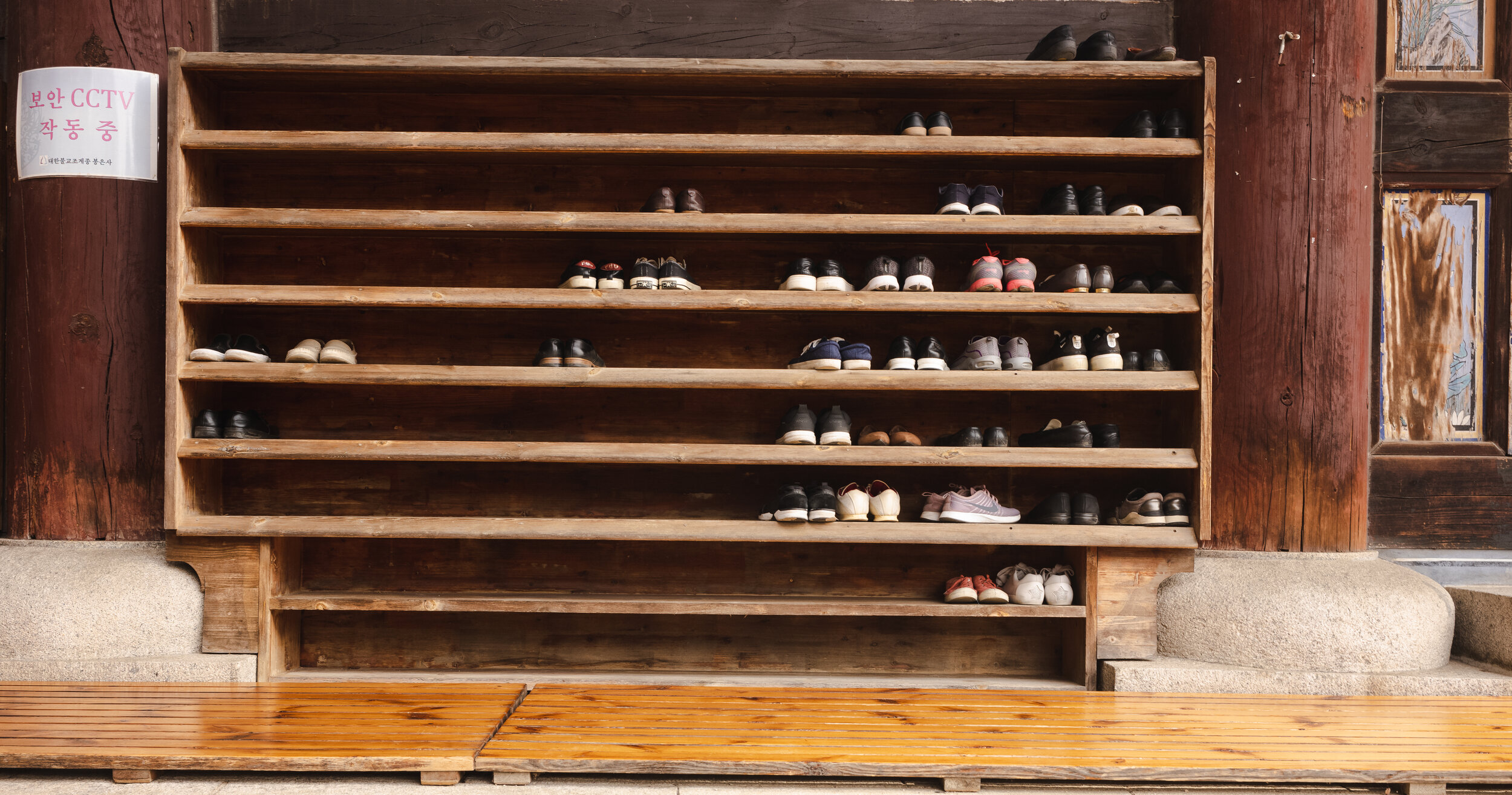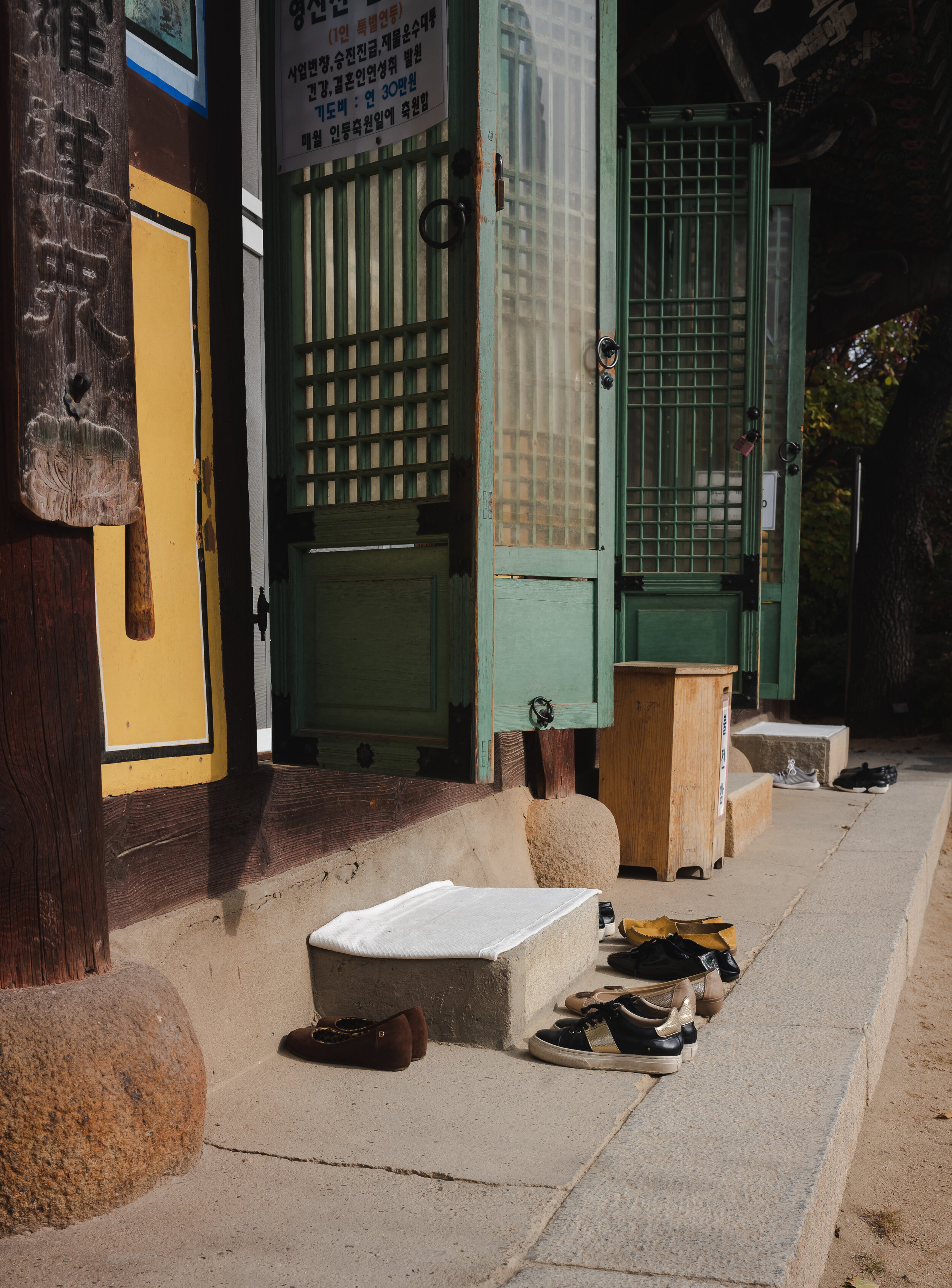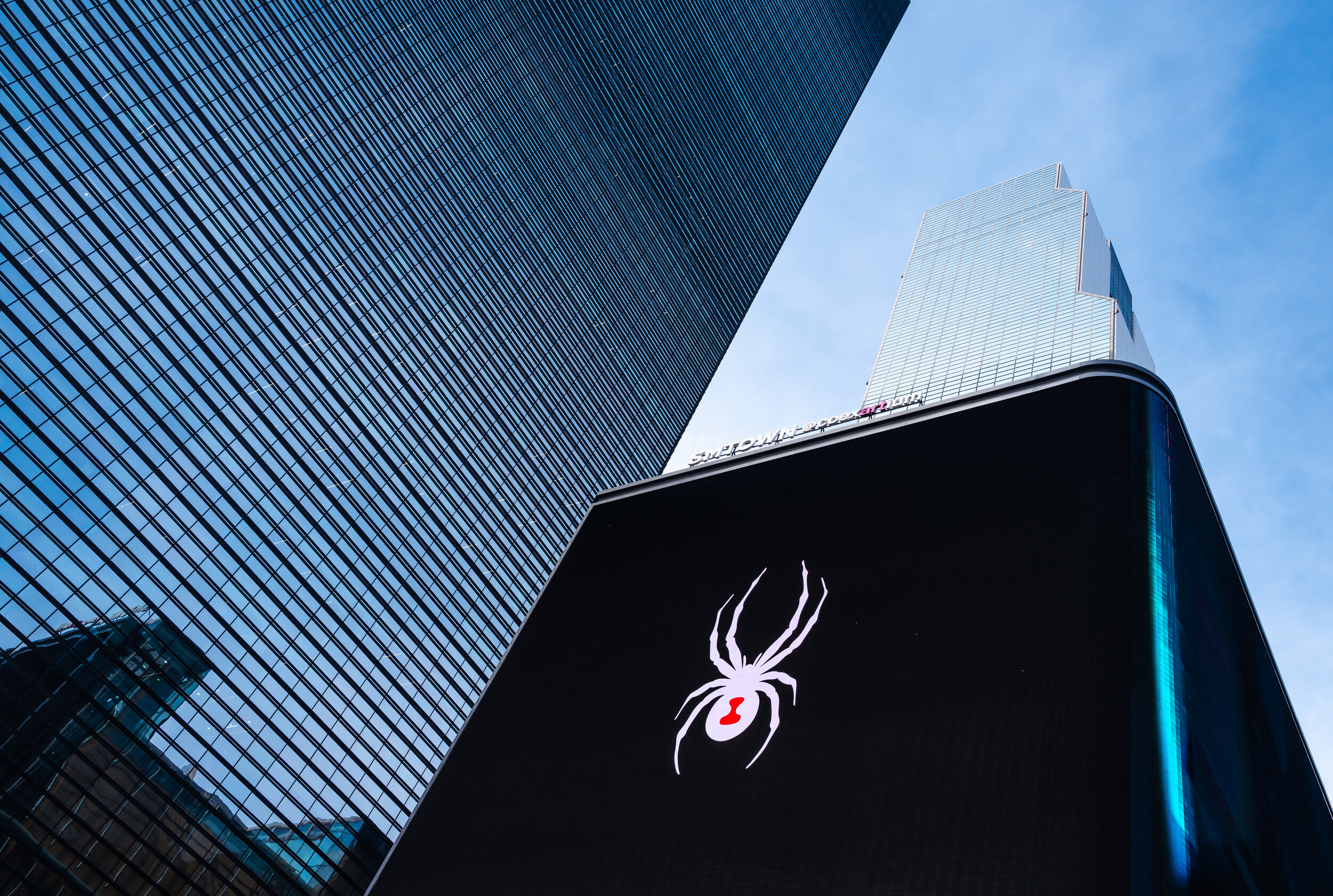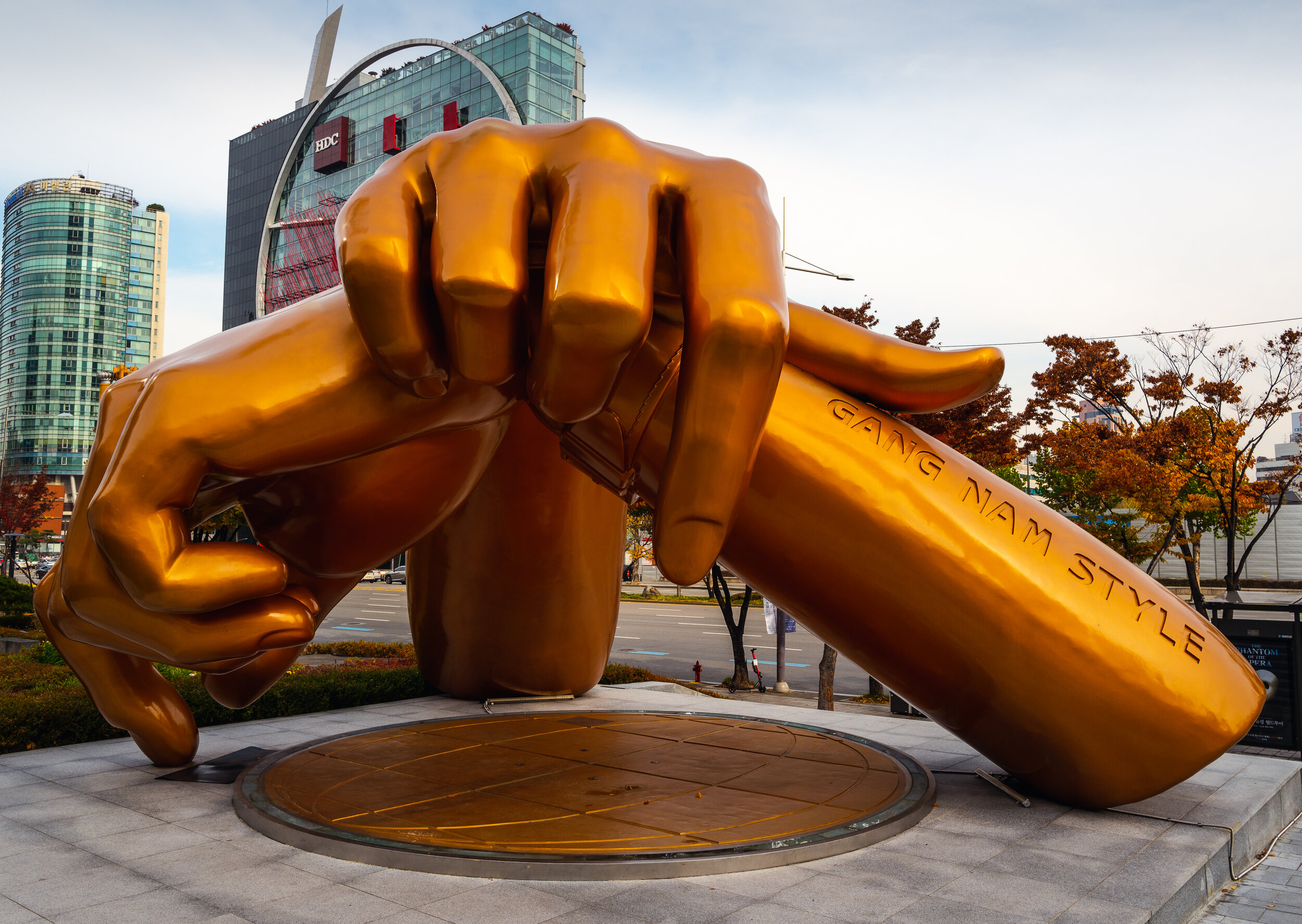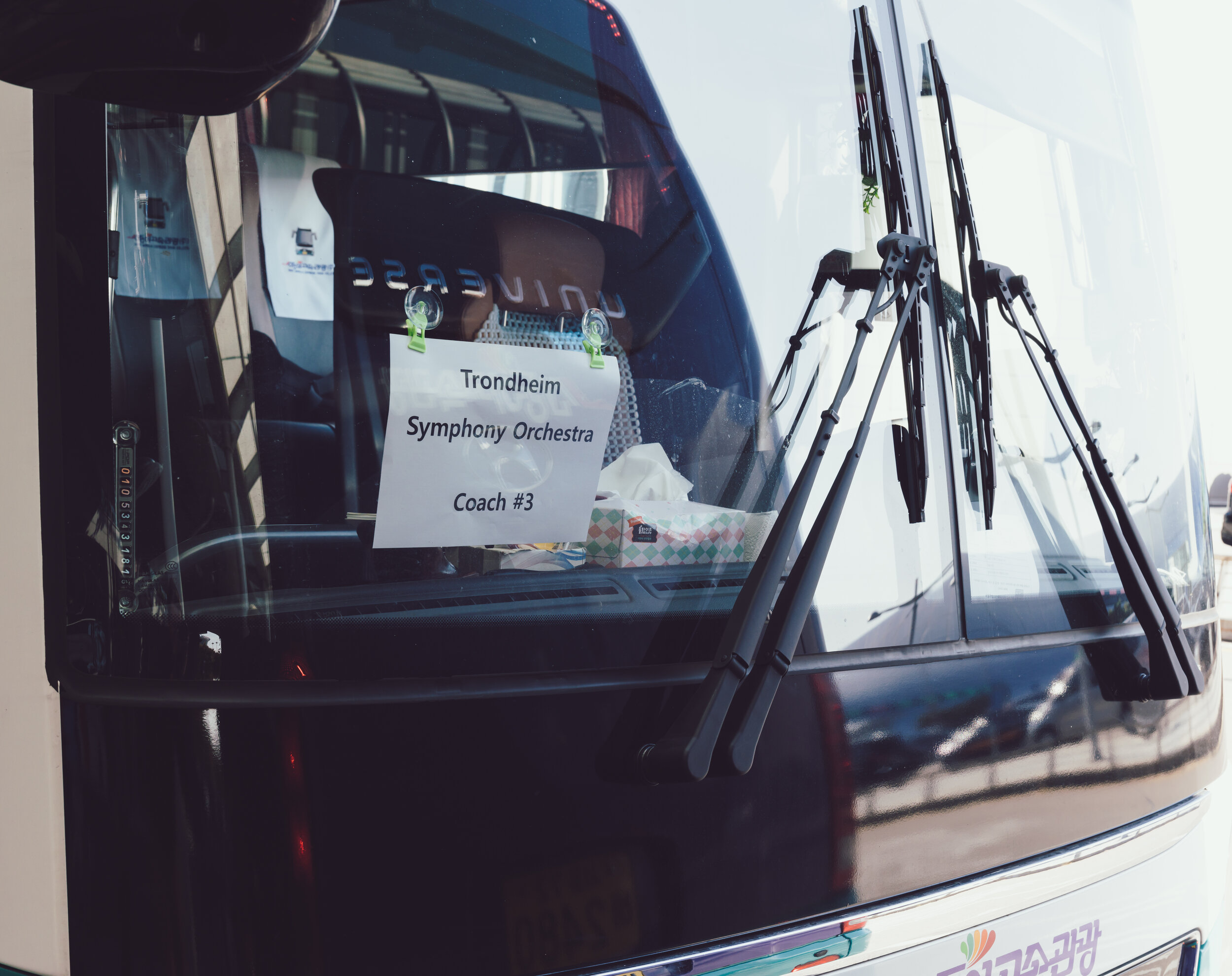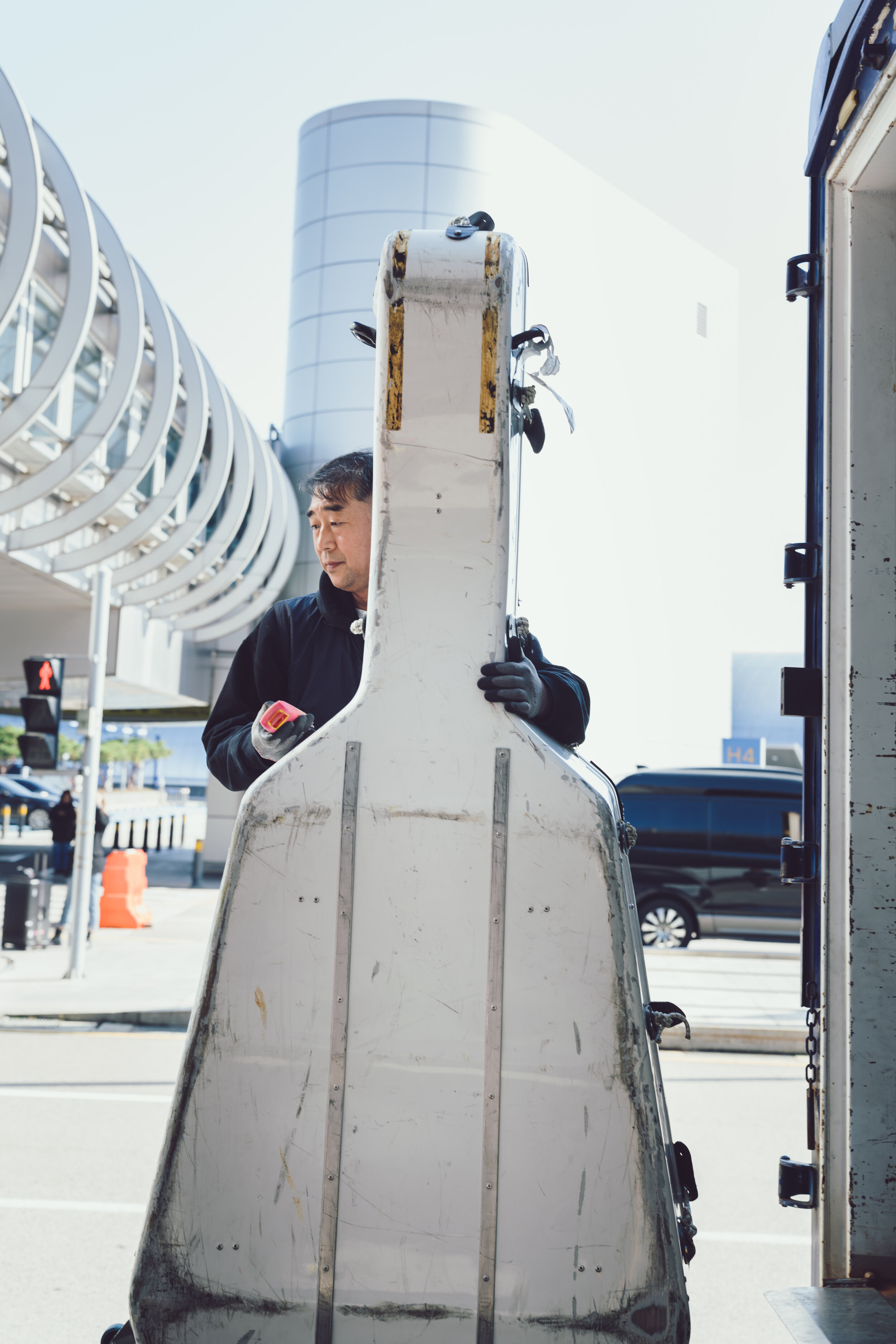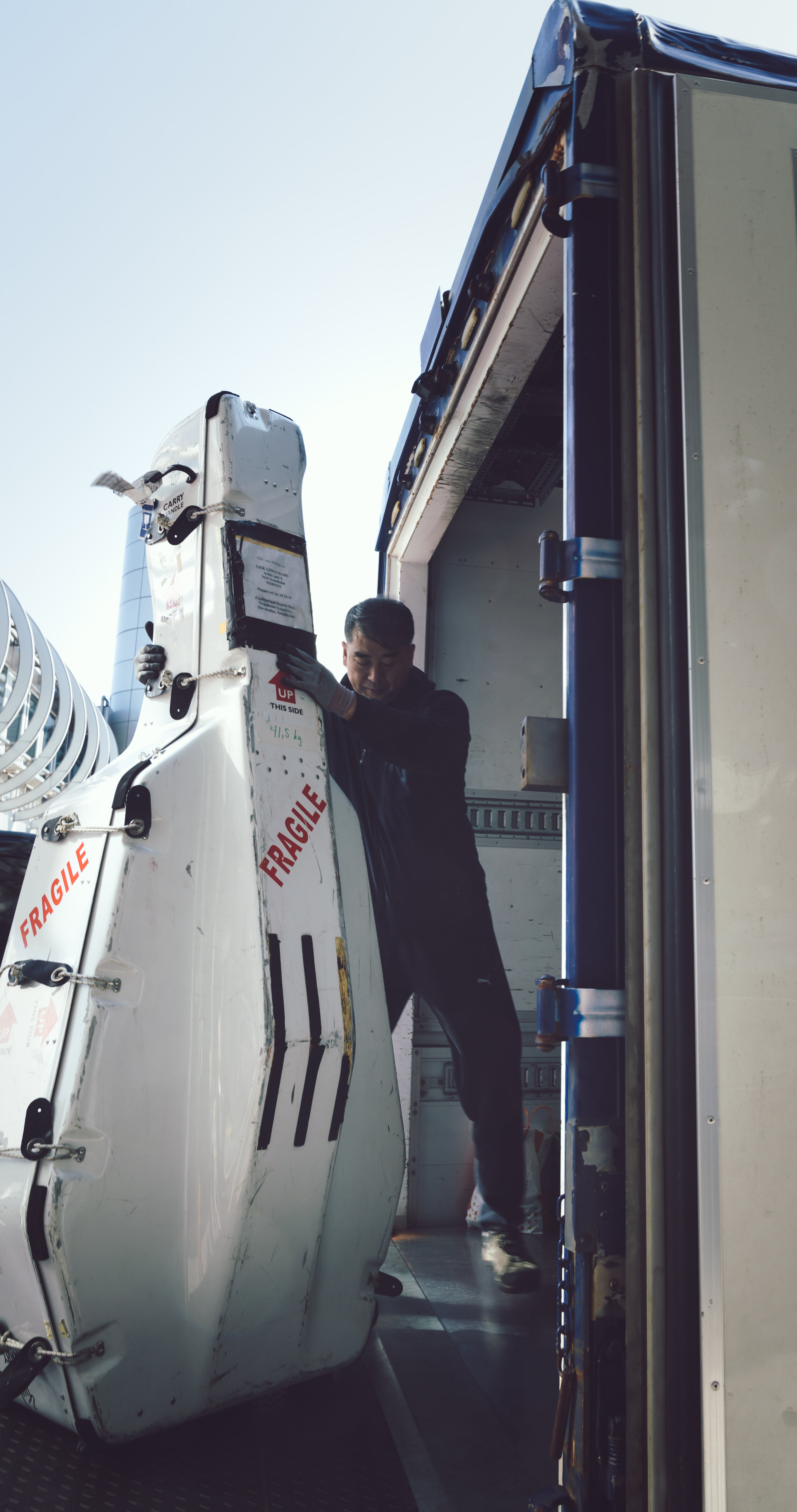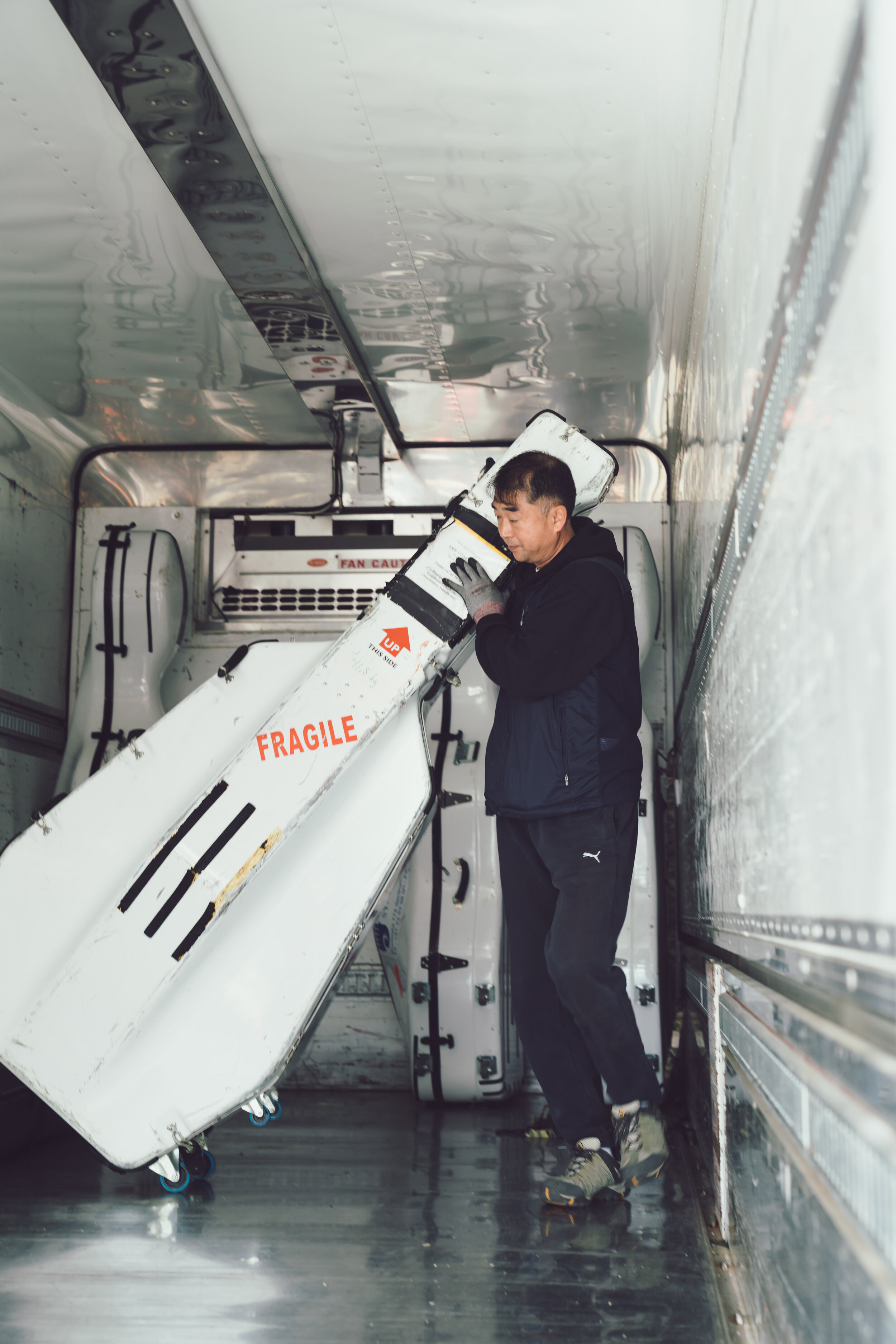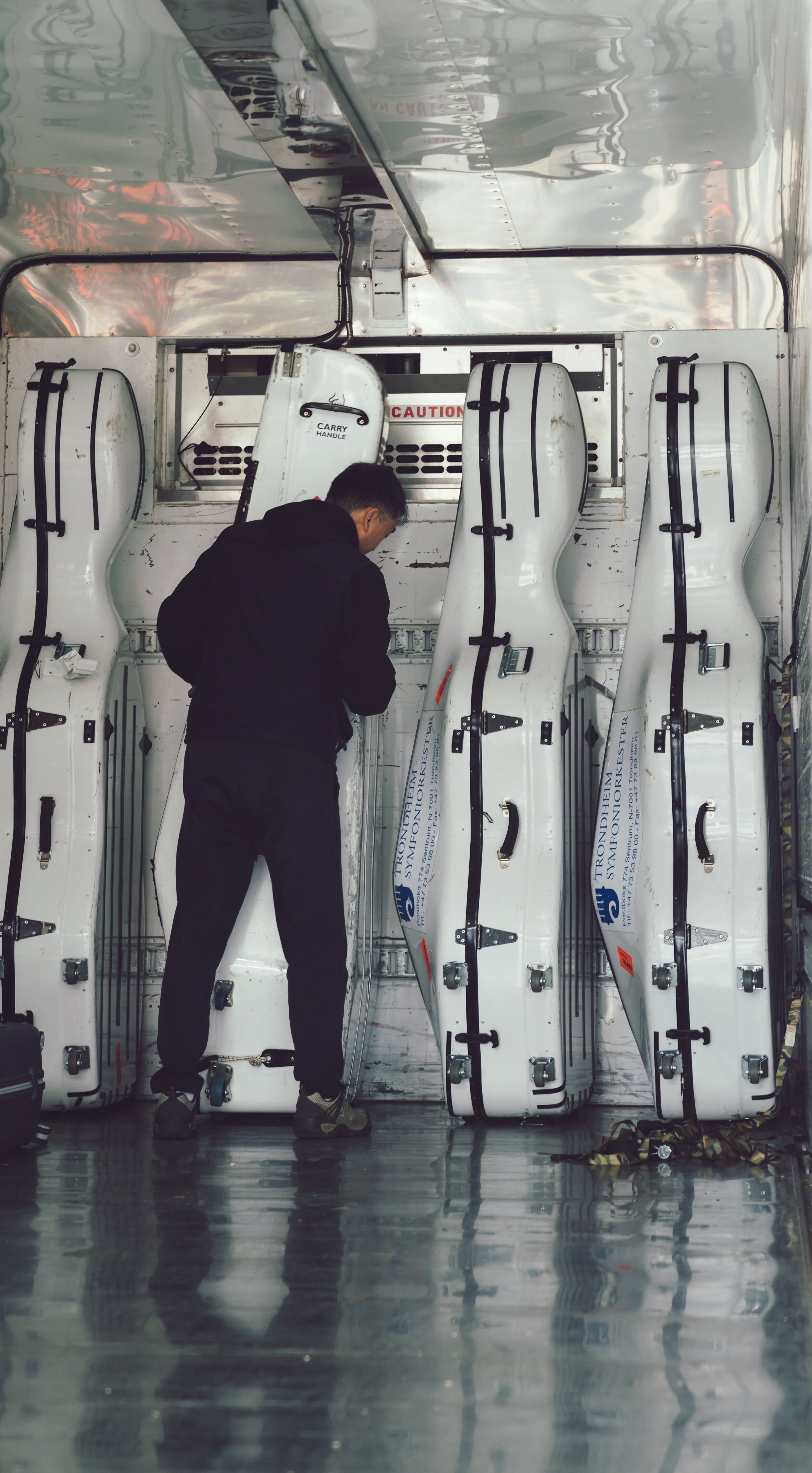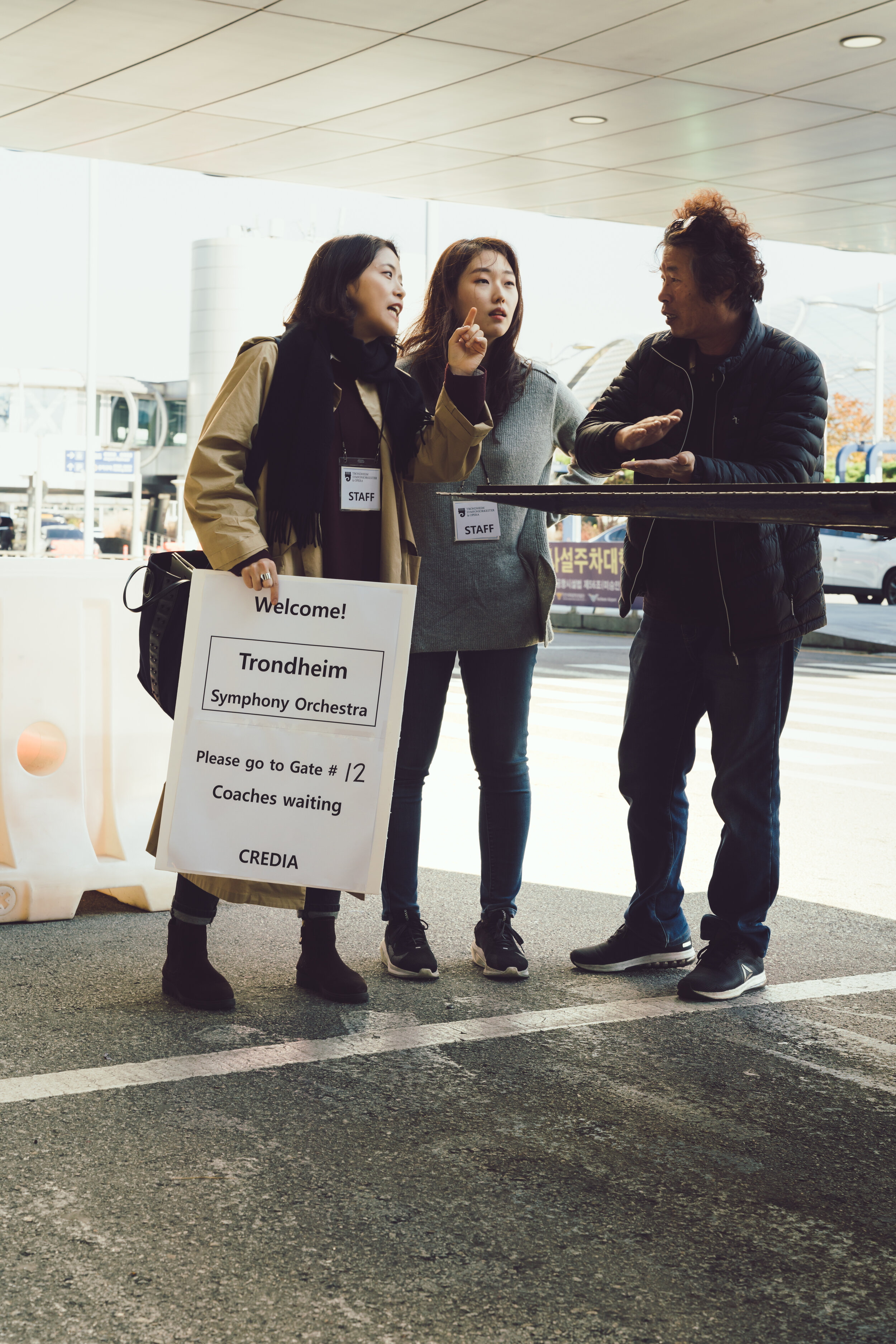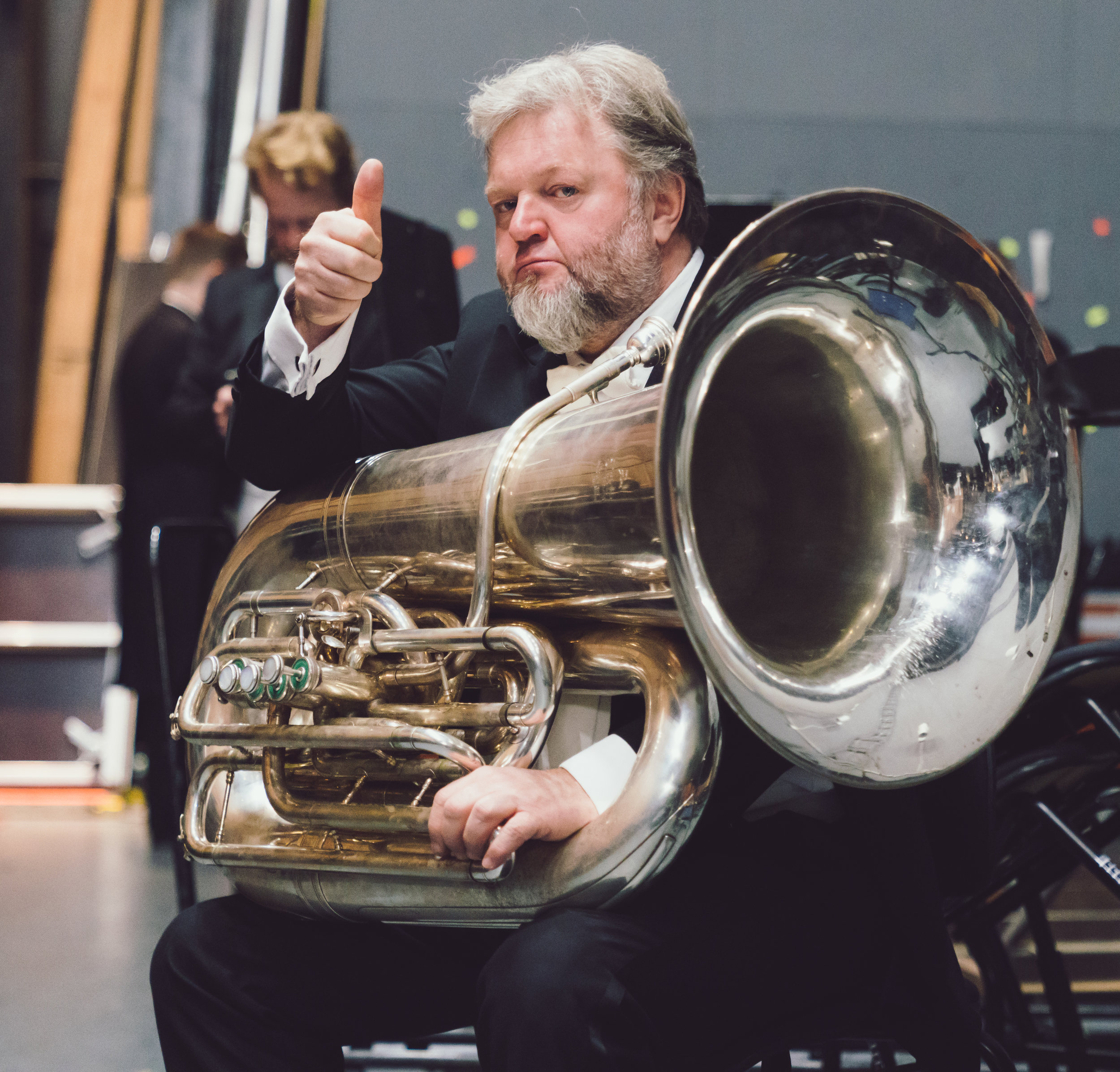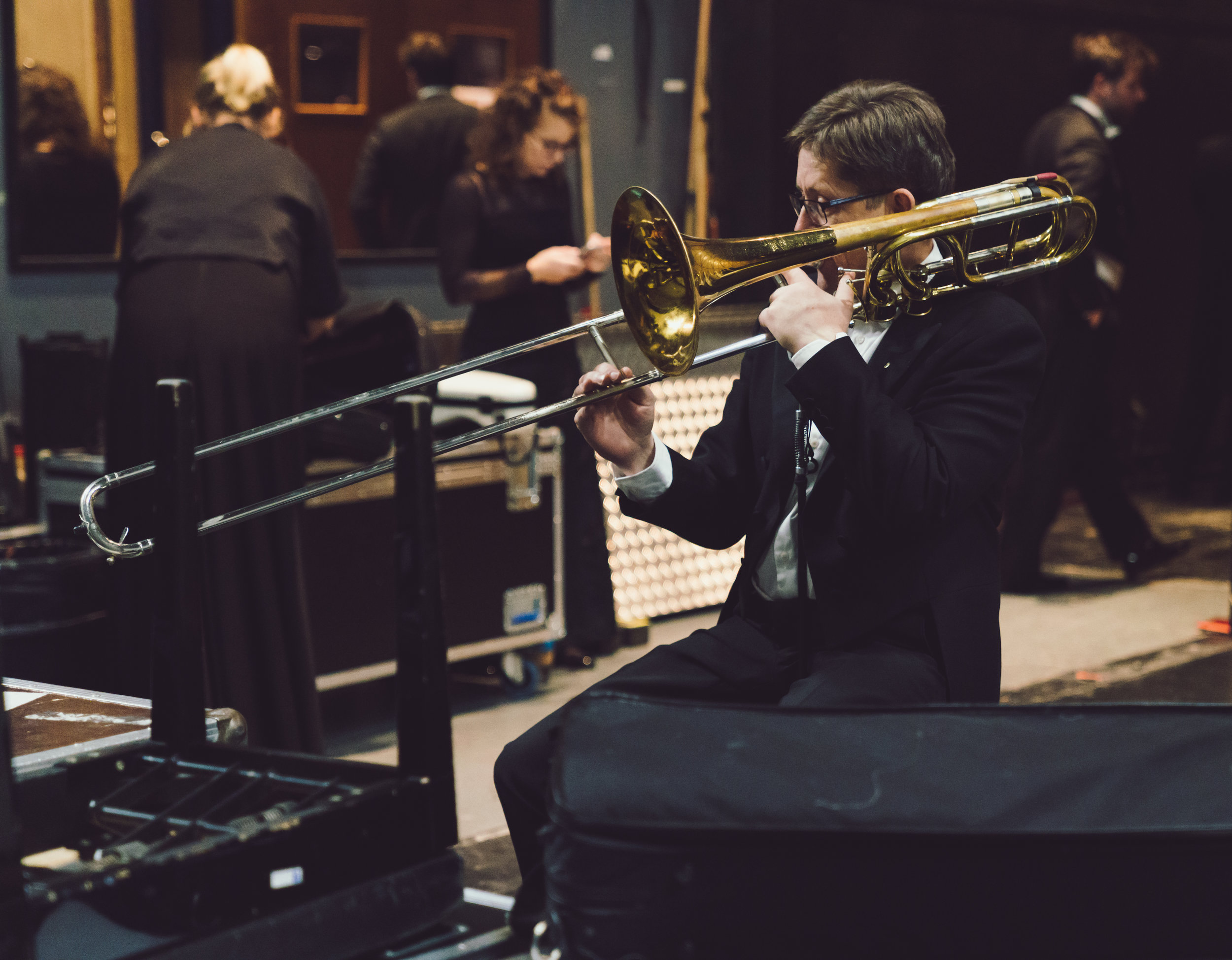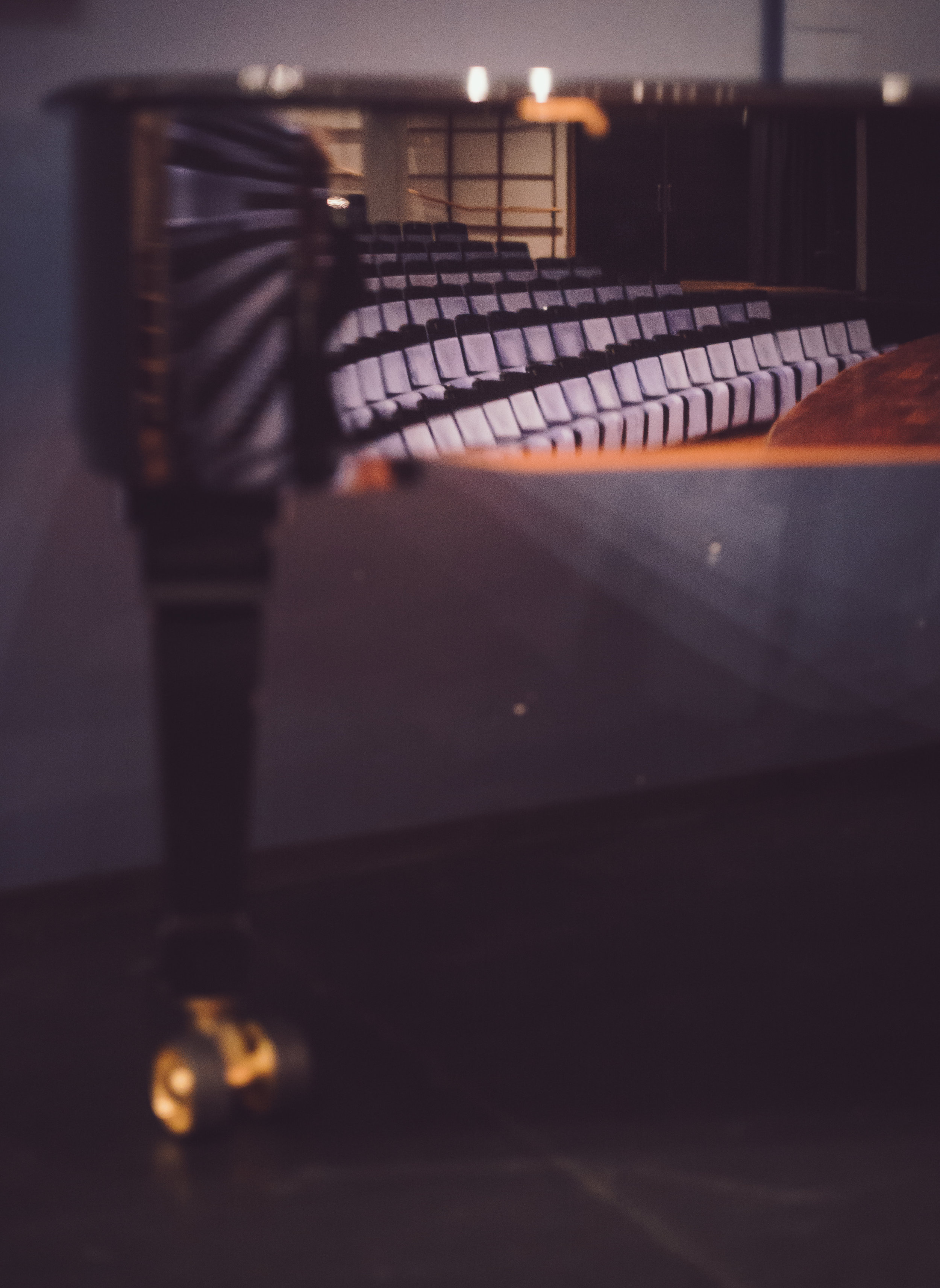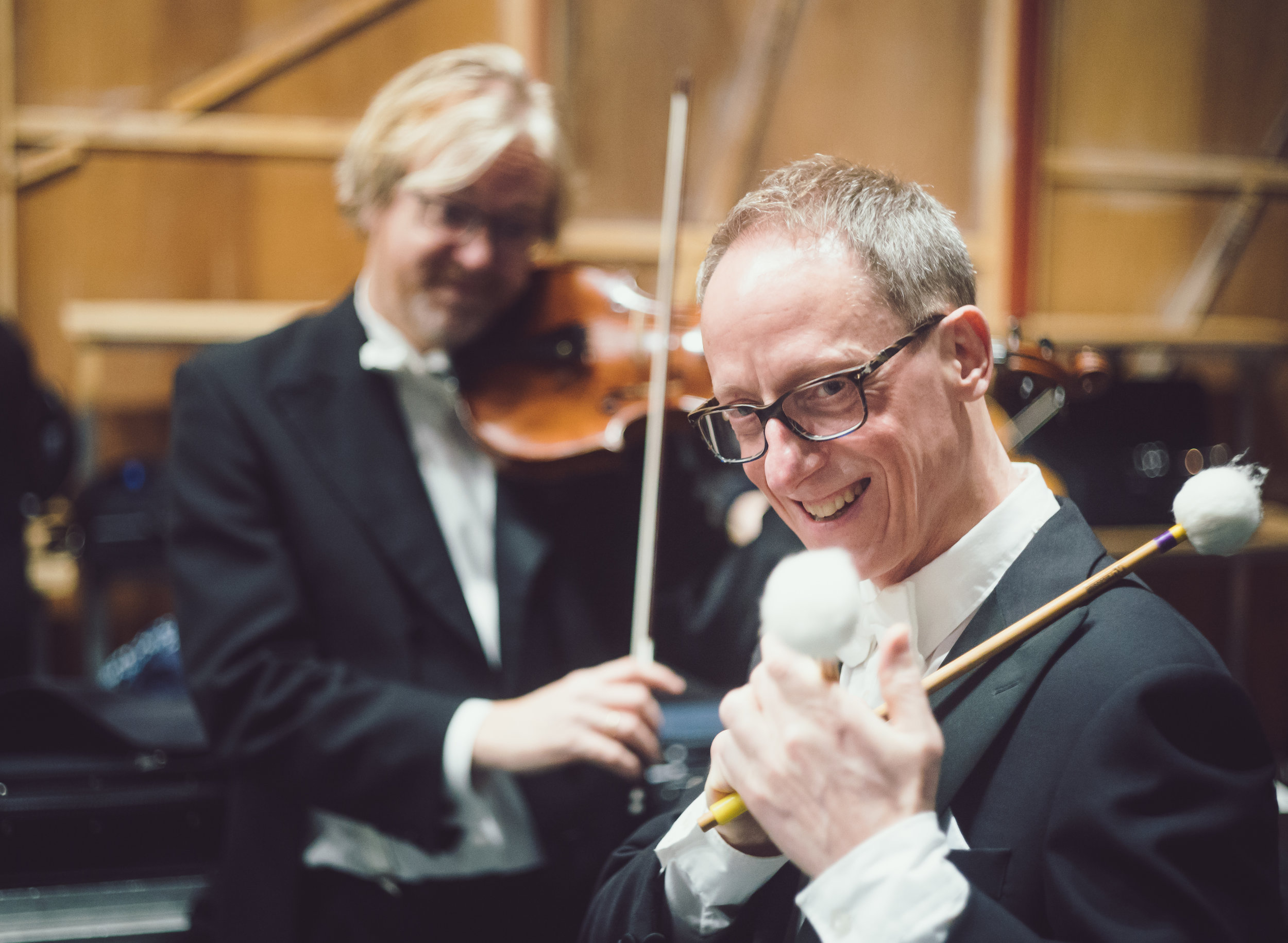My next instalment is about gear, and the age old question: Does it really matter? And as always, the answer is somewhere between yes and no.
I relate my thoughts about this matter to my background in music as well. The best instrument you have to express yourself is always with you (more or less consciously), the human brain. Without that, any creative tool whether it be a musical instrument or a camera would be of very little help or value.
I have never really cared much about what instrument I’ve played on as a musician. I know many do, but I haven’t been one of them. My focus has been on honing my skills with whatever tool was resting on my shoulder. The few times that I have bought another instrument, was as much due to teachers or colleagues telling me it was time for an upgrade. It’s not always a matter of upgrading either, it can be about looking for a change in tonal color or simply to find a tool that is easier to work with than what you have at the moment. Without the “oral concept” (paraphrasing the great trumpeter Bud Herseth), the concept of sound that you have in your own head before even playing a note, searching for another instrument would be both hopeless and pointless.
That brings me over to photography and camera equipment. What’s the connection between a musical and a visual tool? Basically, you have an idea or a vision of what you want the final product to sound or look like. All instruments can produce sound and all cameras can produce images, but it’s still the person making use of that tool that is the actual creator.
Why is Leica any different, to me? Yes, it’s still just an image capturing device and yet I feel a special connection when holding a Leica. You can of course say it’s all about feelings and I would have to agree with you. Creating and experiencing any kind of artistic expression is very much about feelings. As a classical musician, you tend to spend all your time working with “old technology”. Even if the violin you’re playing isn’t from say 1750, a modern instrument will have the same basic design as if it were that old. The magic isn’t so much in the innovation of the tool as the players ability to bring those basic elements to life.
A modern electronic instrument (i.e. synthesiser) is of course much more advanced and can to a certain degree also have several automatic features. If you translate that into photography, the basic elements of image capturing are still the same. In digital photography: Aperture, shutter speed and ISO. All the other functions like blazing fast autofocus are of course wonderful and highly useful, but the question in my mind is nevertheless: Does this mean that the images themselves get better at conveying an idea or message to the viewer, or that they simply get easier to capture. I originally heard this sentiment from experimental winemaker and art historian/gallery owner, Sean Thackrey, concerning winemaking and modern technology.
So that’s why I love the simplicity of a Leica, the constraints of basic controls and a single prime lens challenges me every time I pick it up.
The first time I tried a Leica, I thought of it as another overpriced lifestyle product. In a way it is, but not exactly like I expected it to be. I can’t tell you the specific technical details behind my affection for a certain camera or a musical instrument. For some the Leica look is micro contrasts and for some instrumentalists it might be a certain varnish used by a famous violin luthier hundreds of years ago. Whatever the technical details might be, you can feel it when they all play together in creating a work of art.
I think it’s about time to stop writing about “musical photography”, and to get out and capture some more images of Berlin before returning home to Trondheim soon.
Bis später,
Ole
